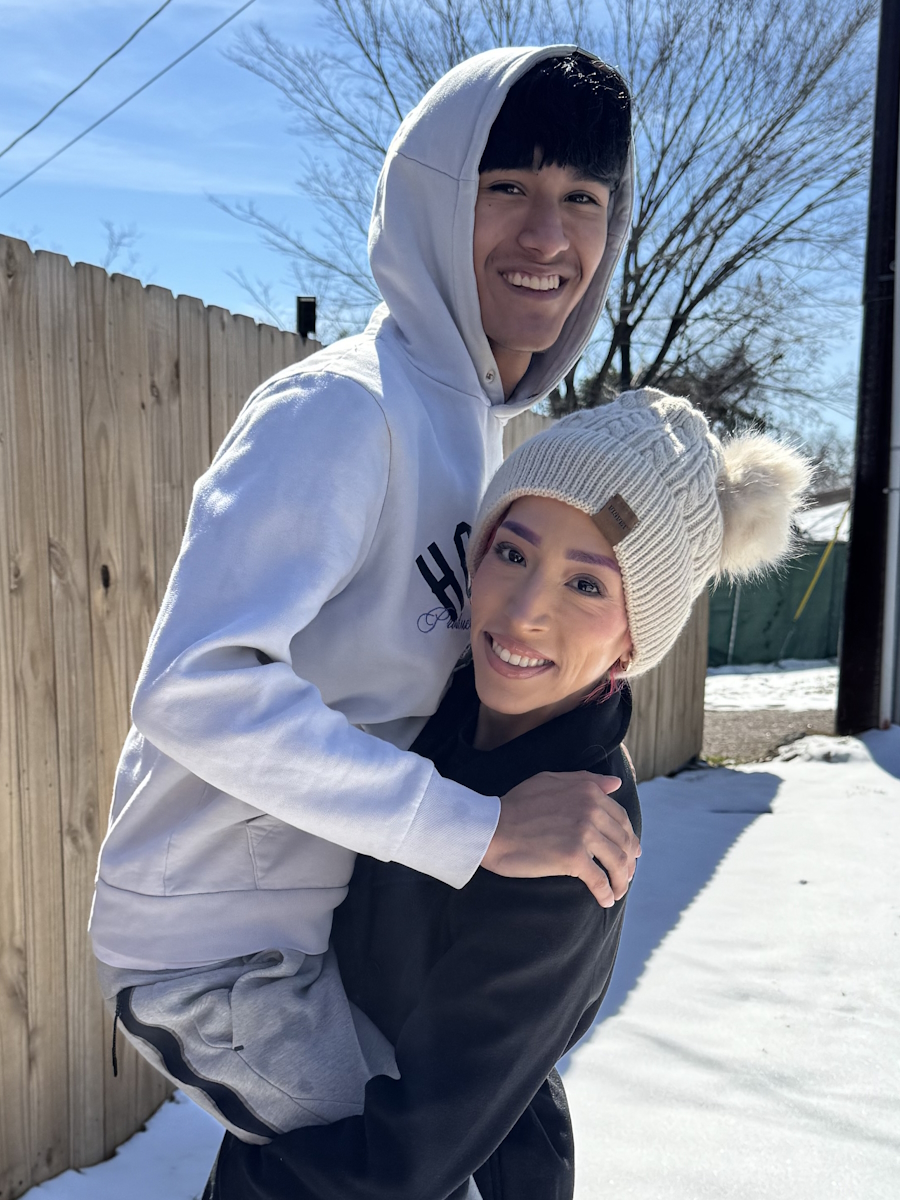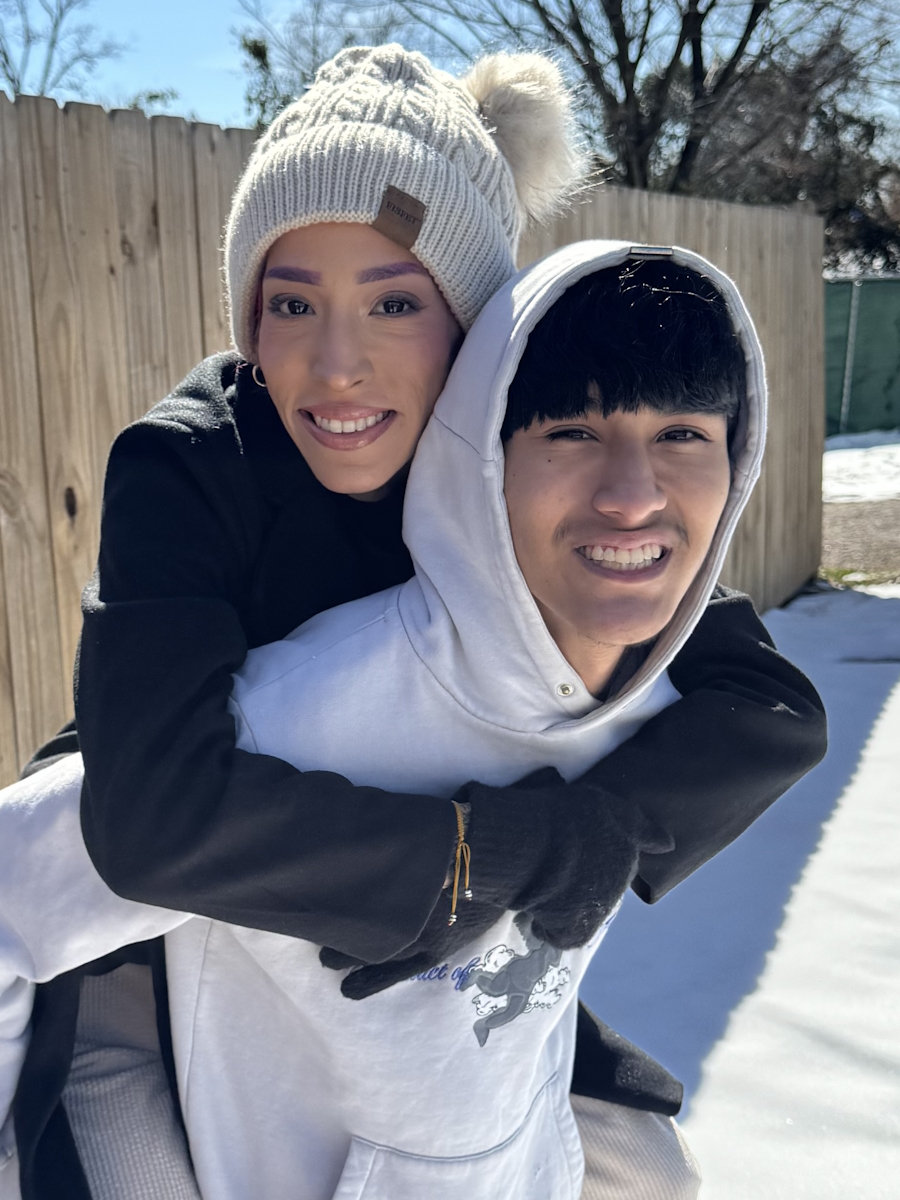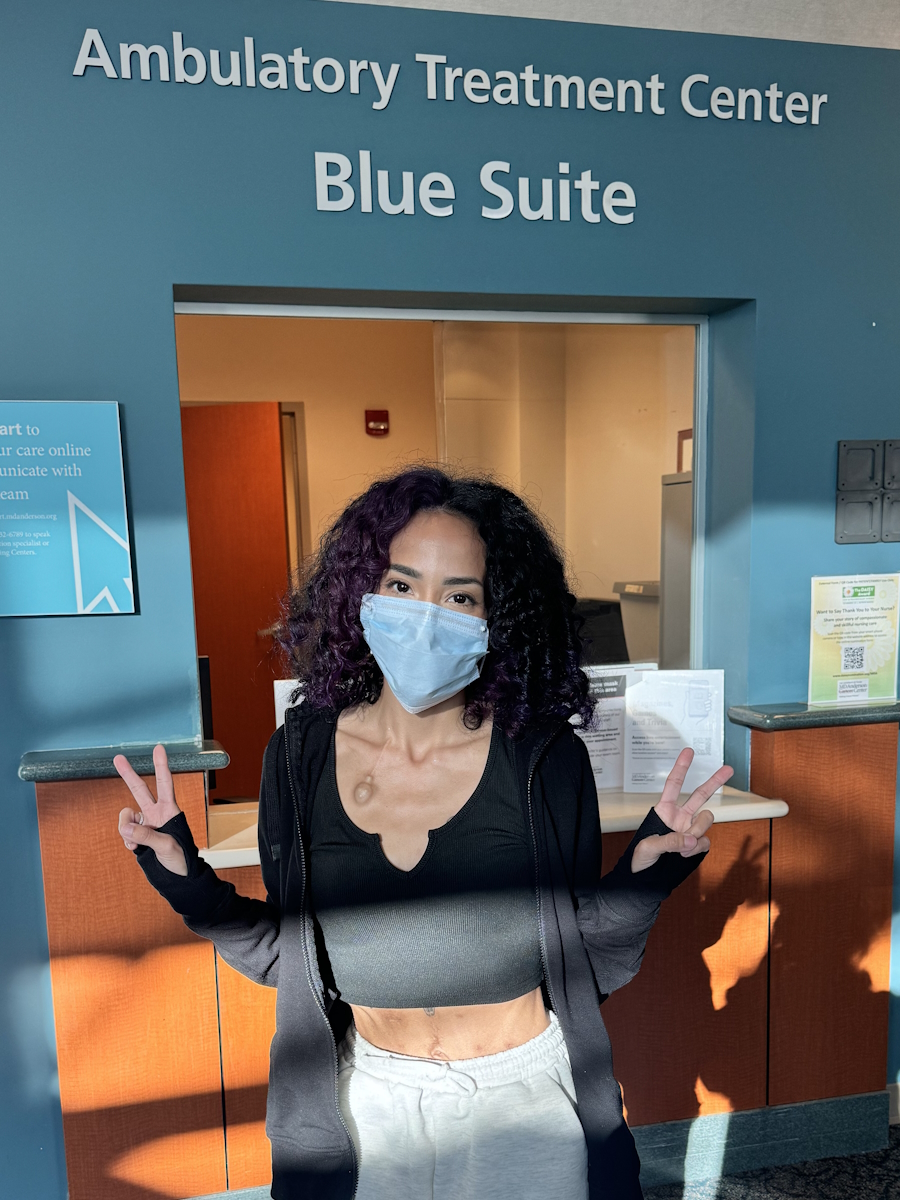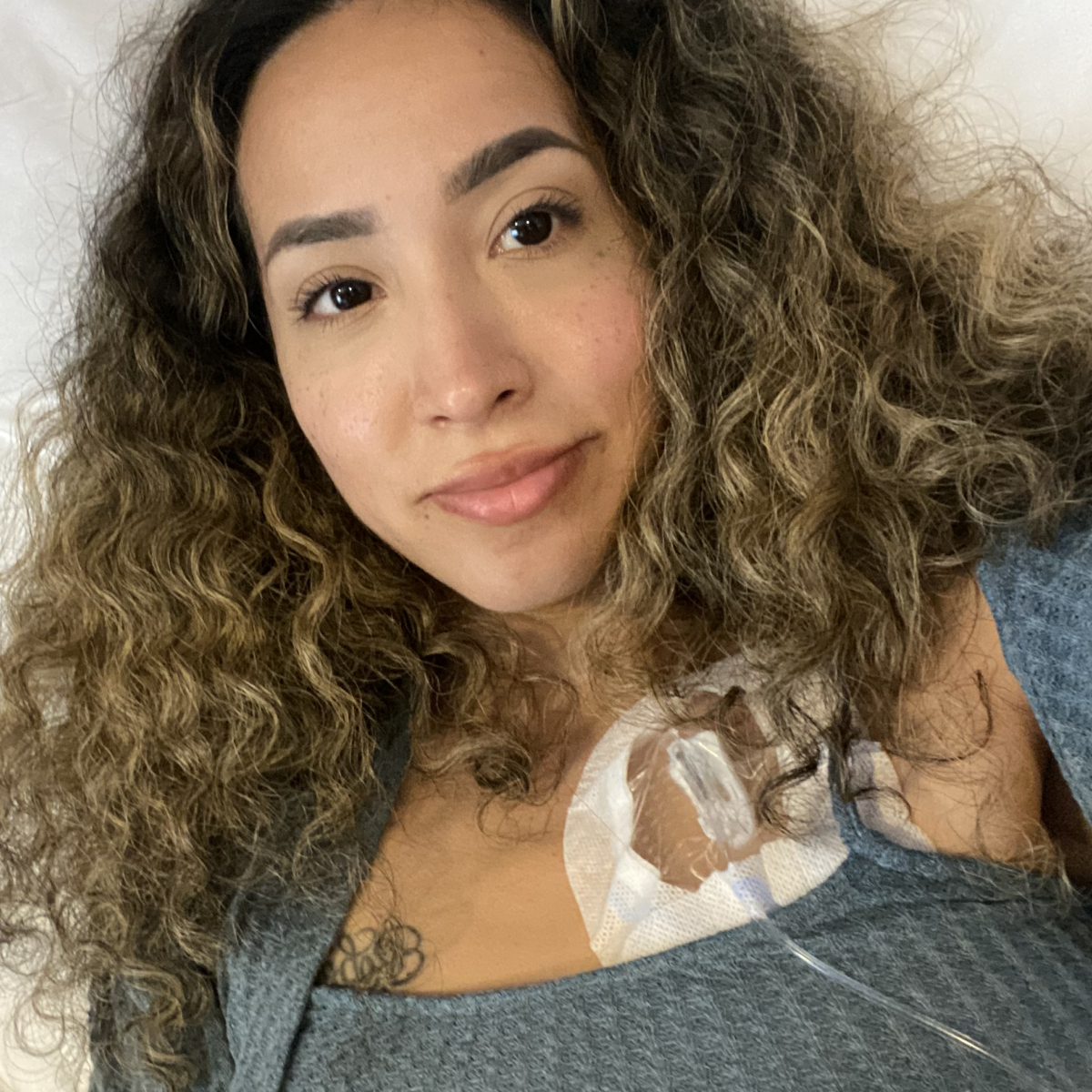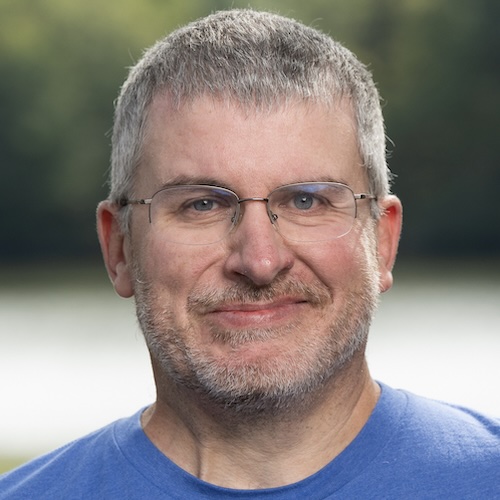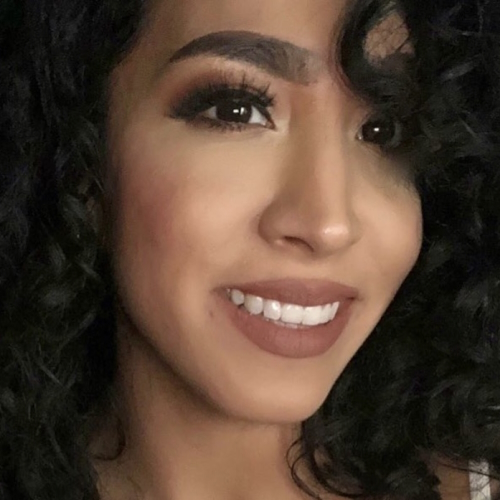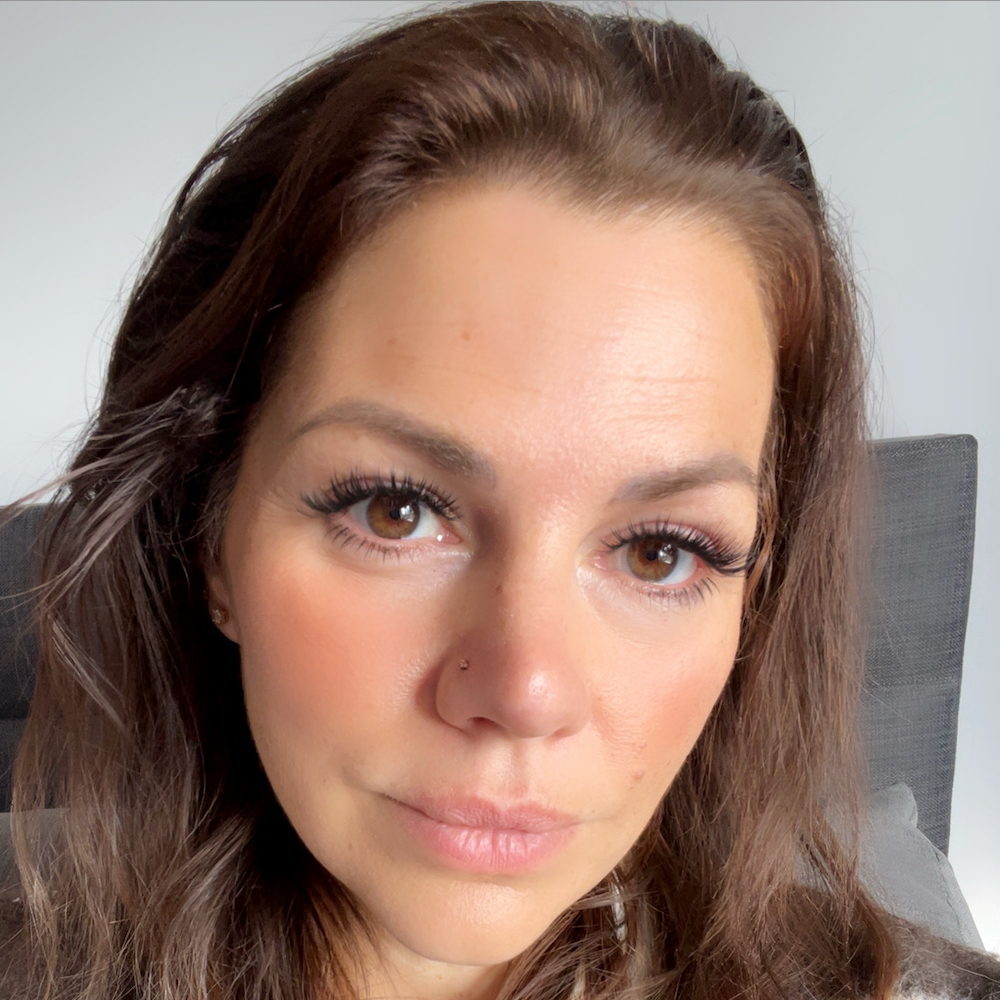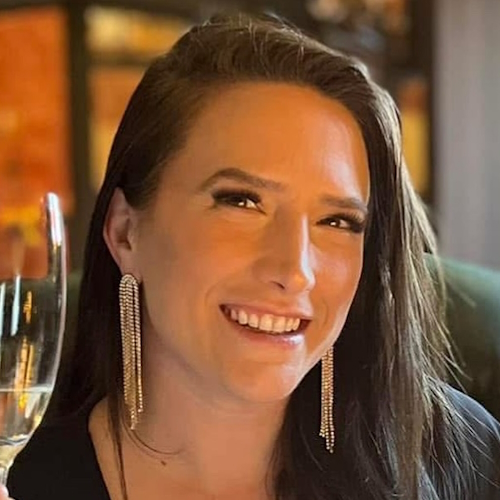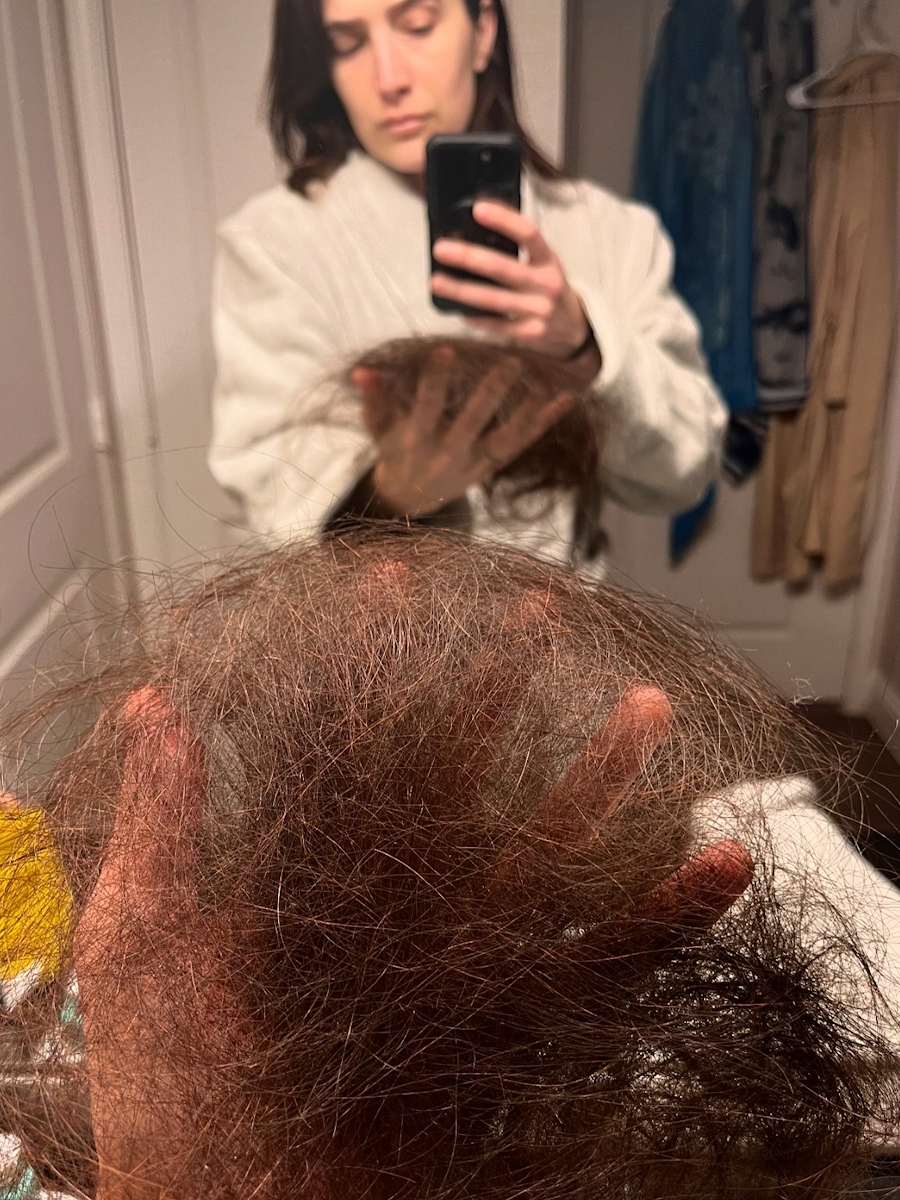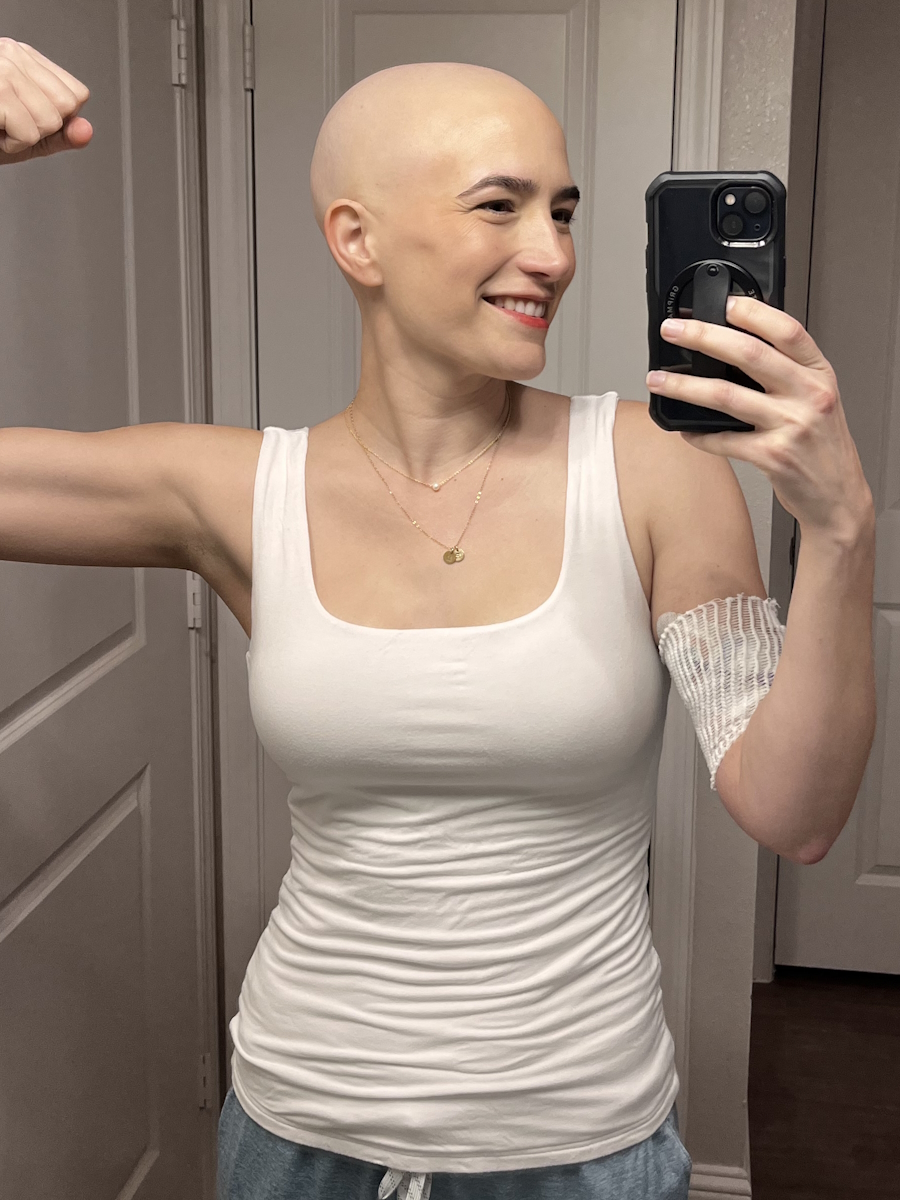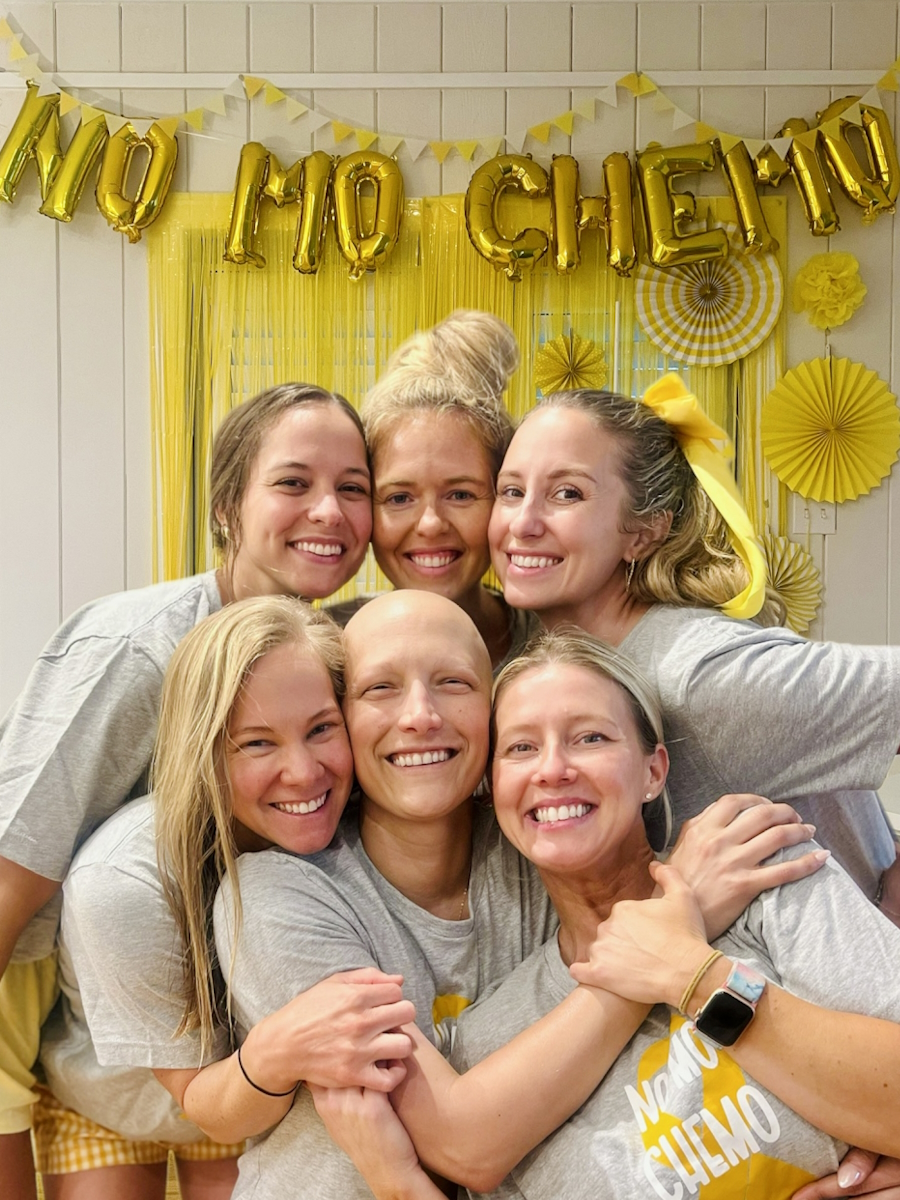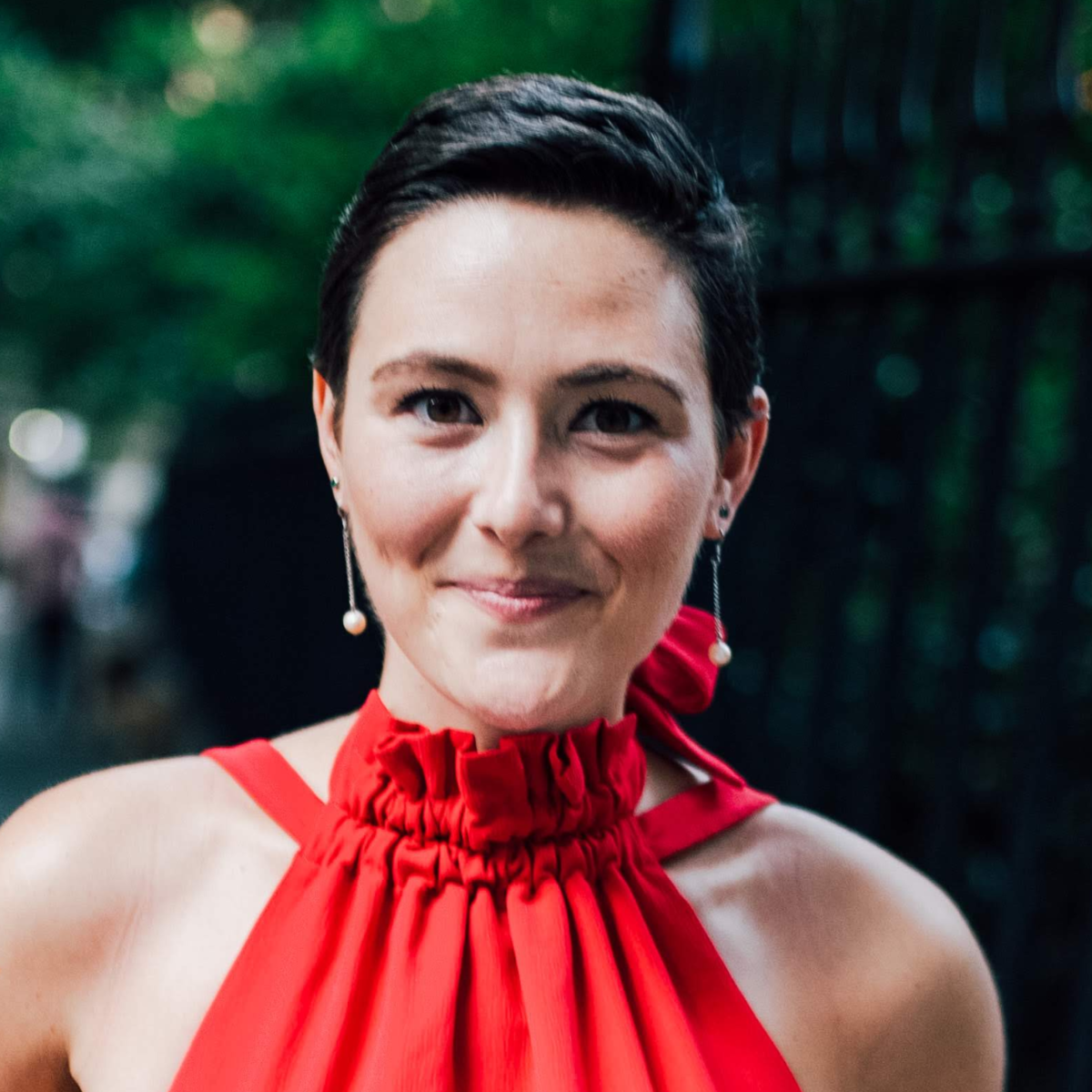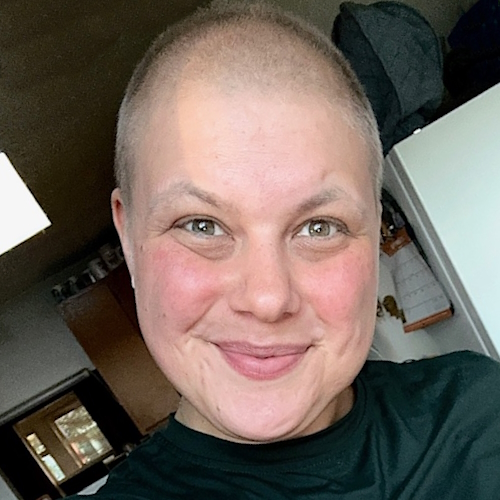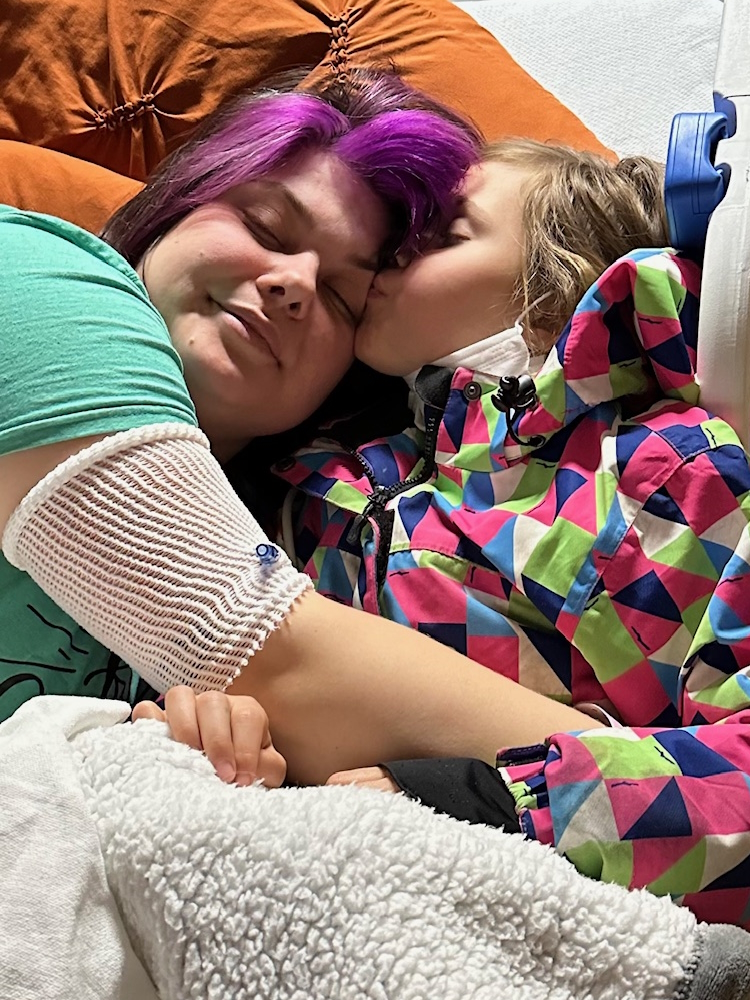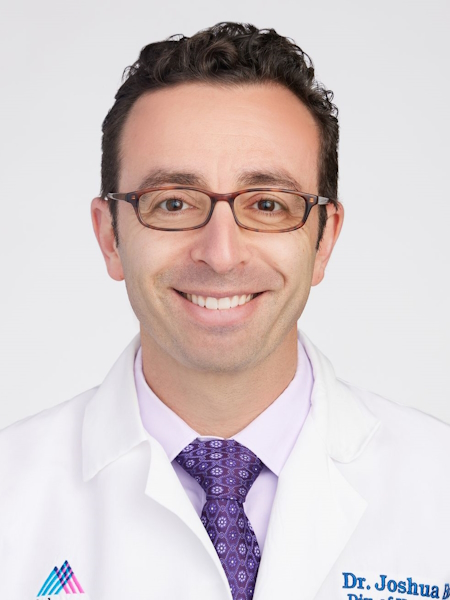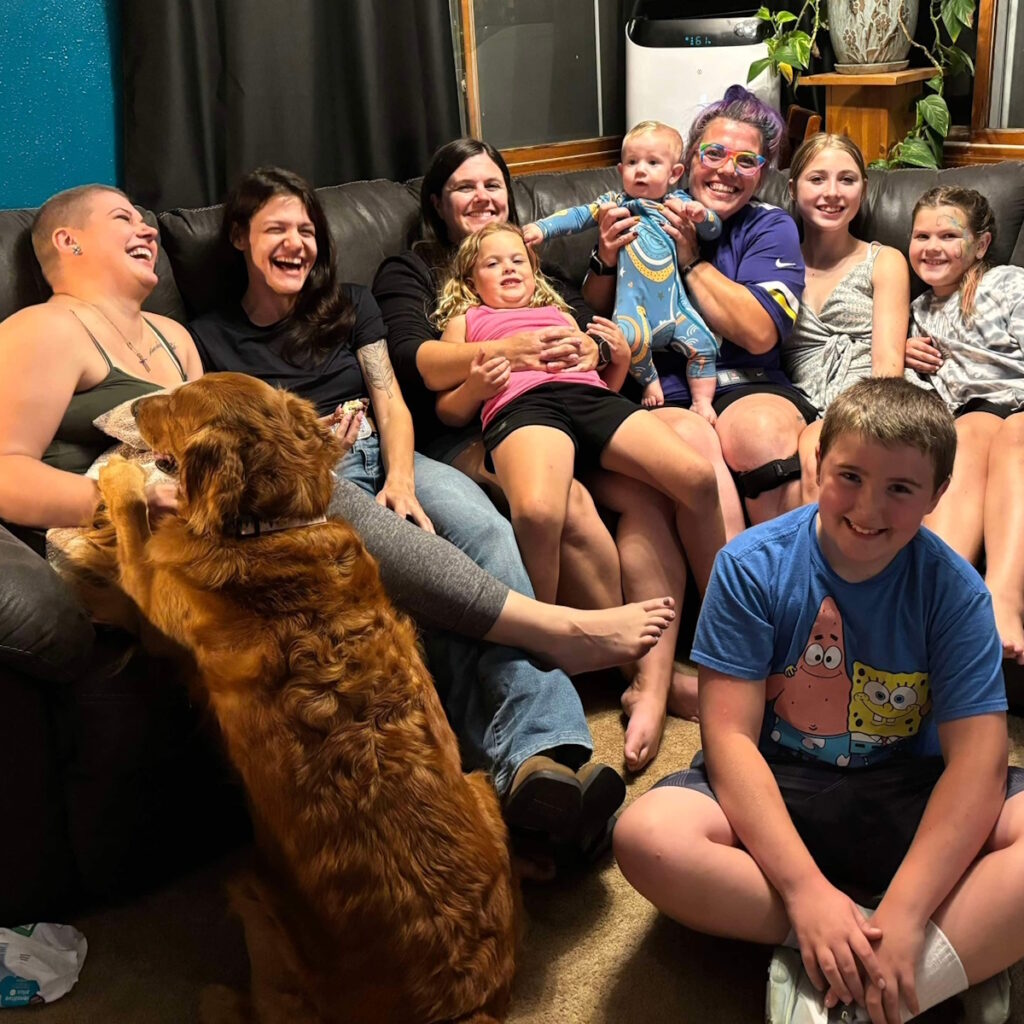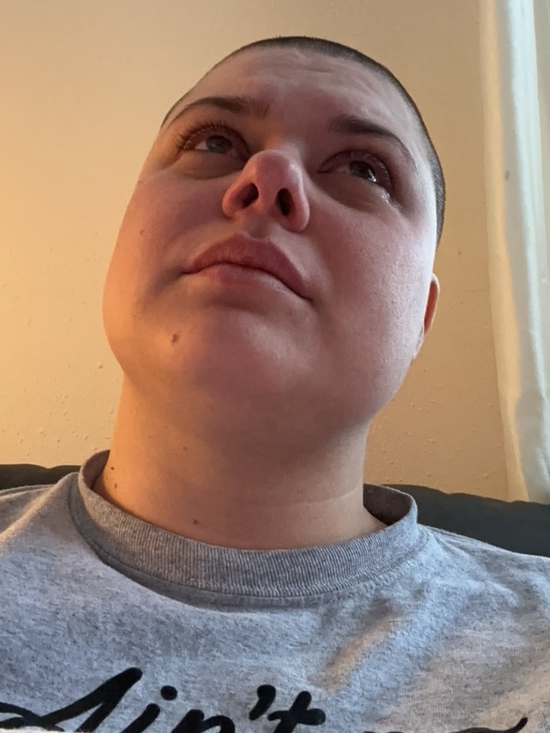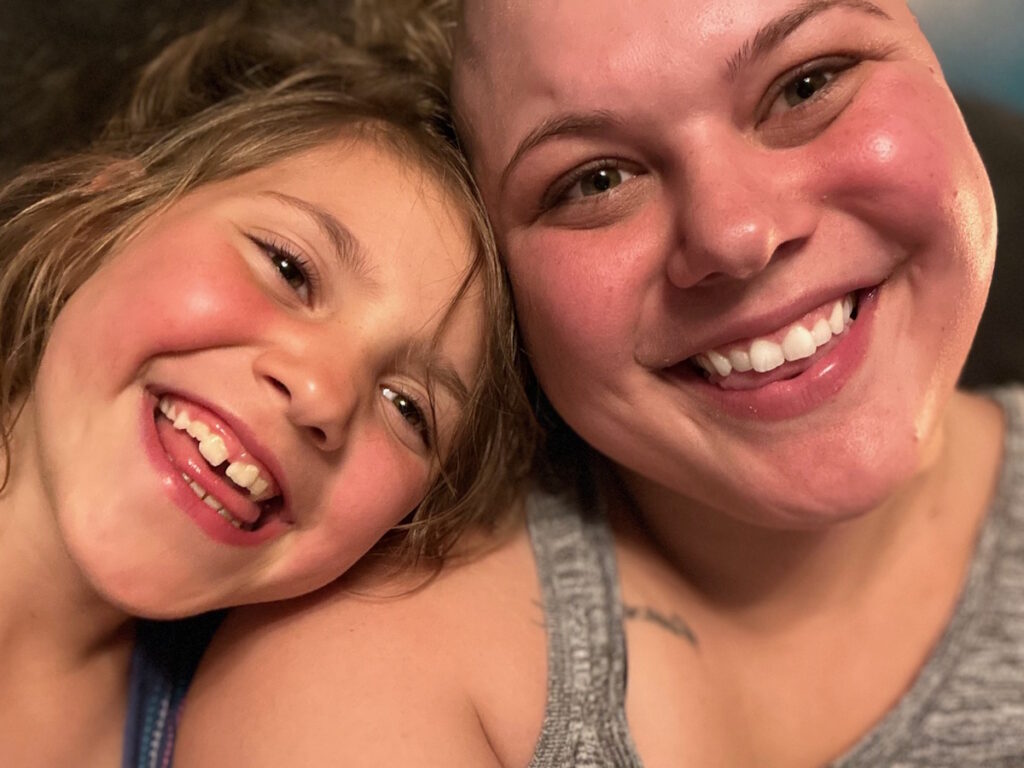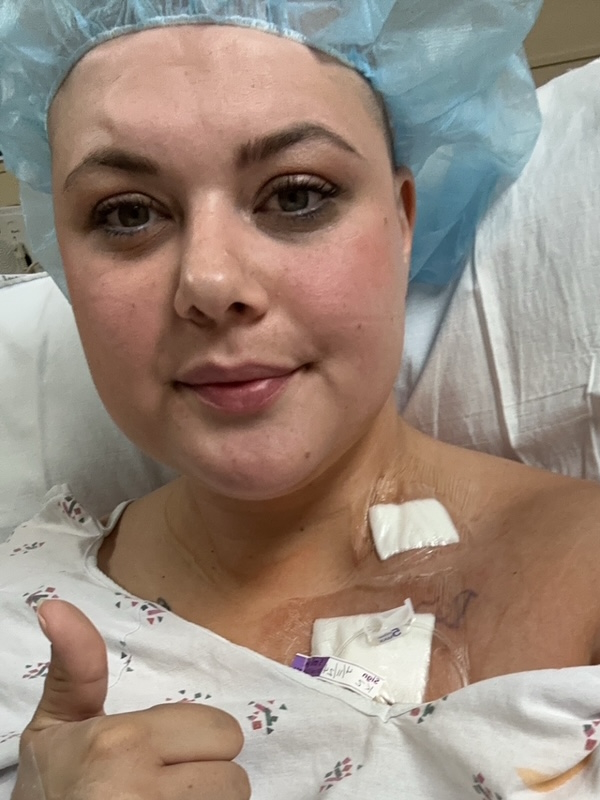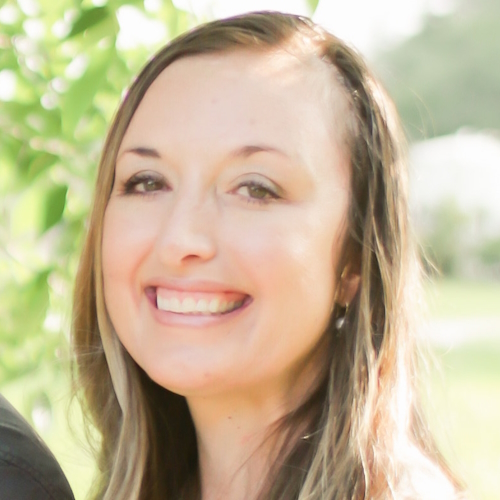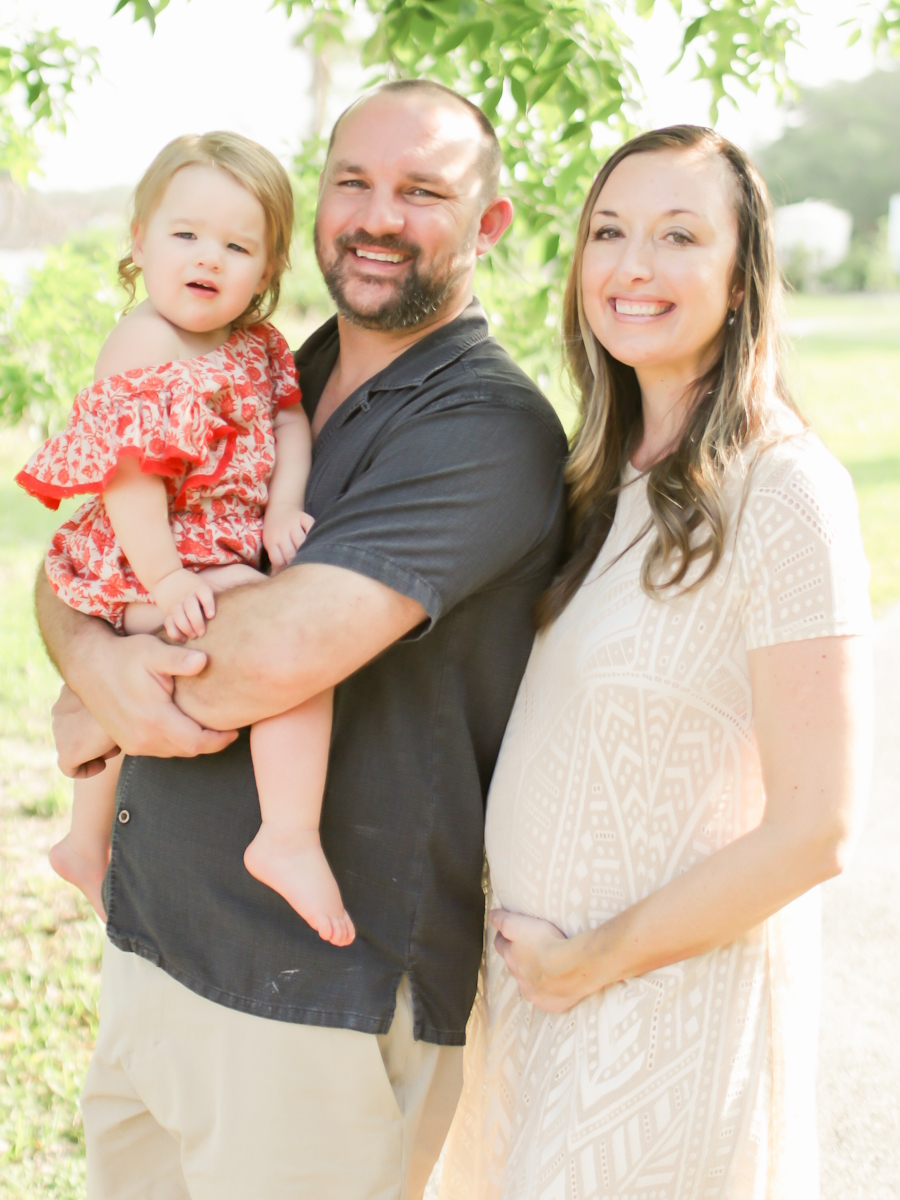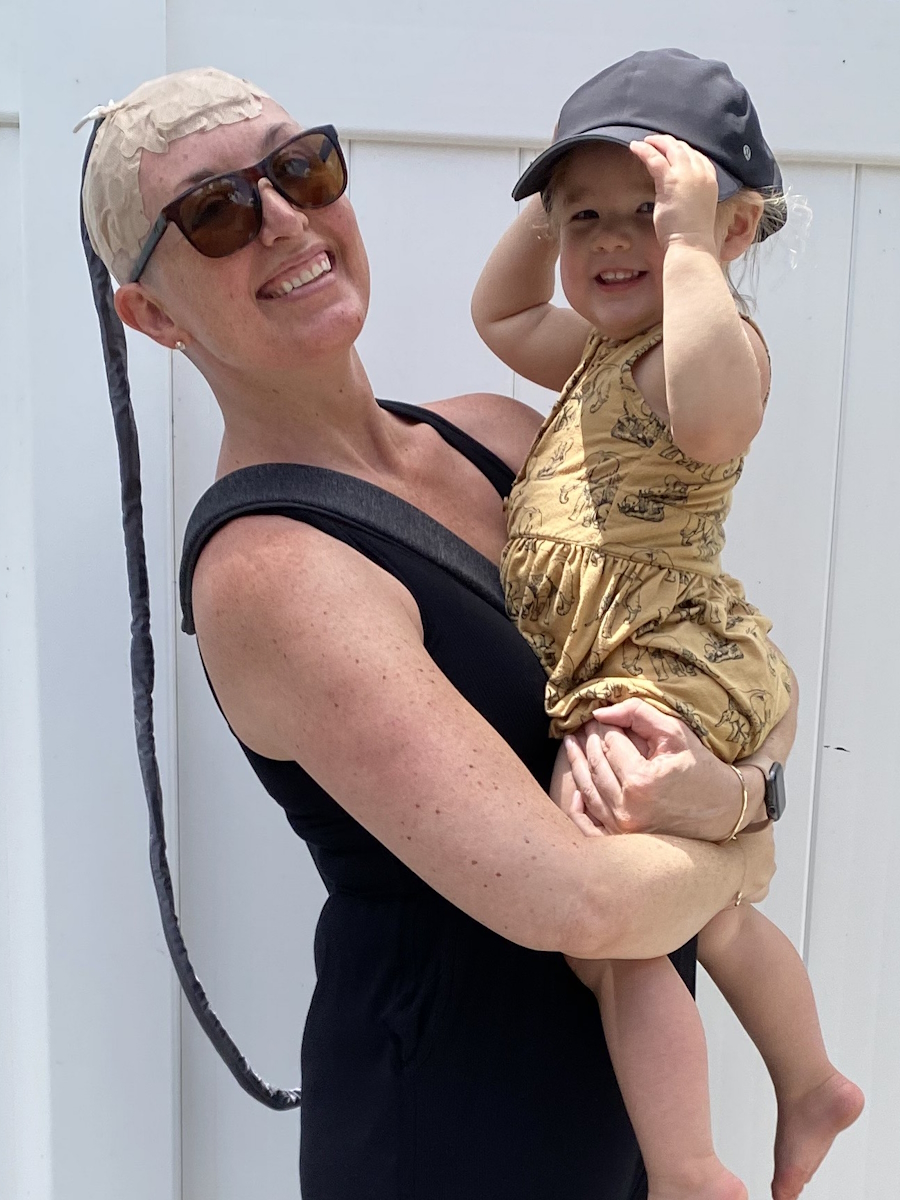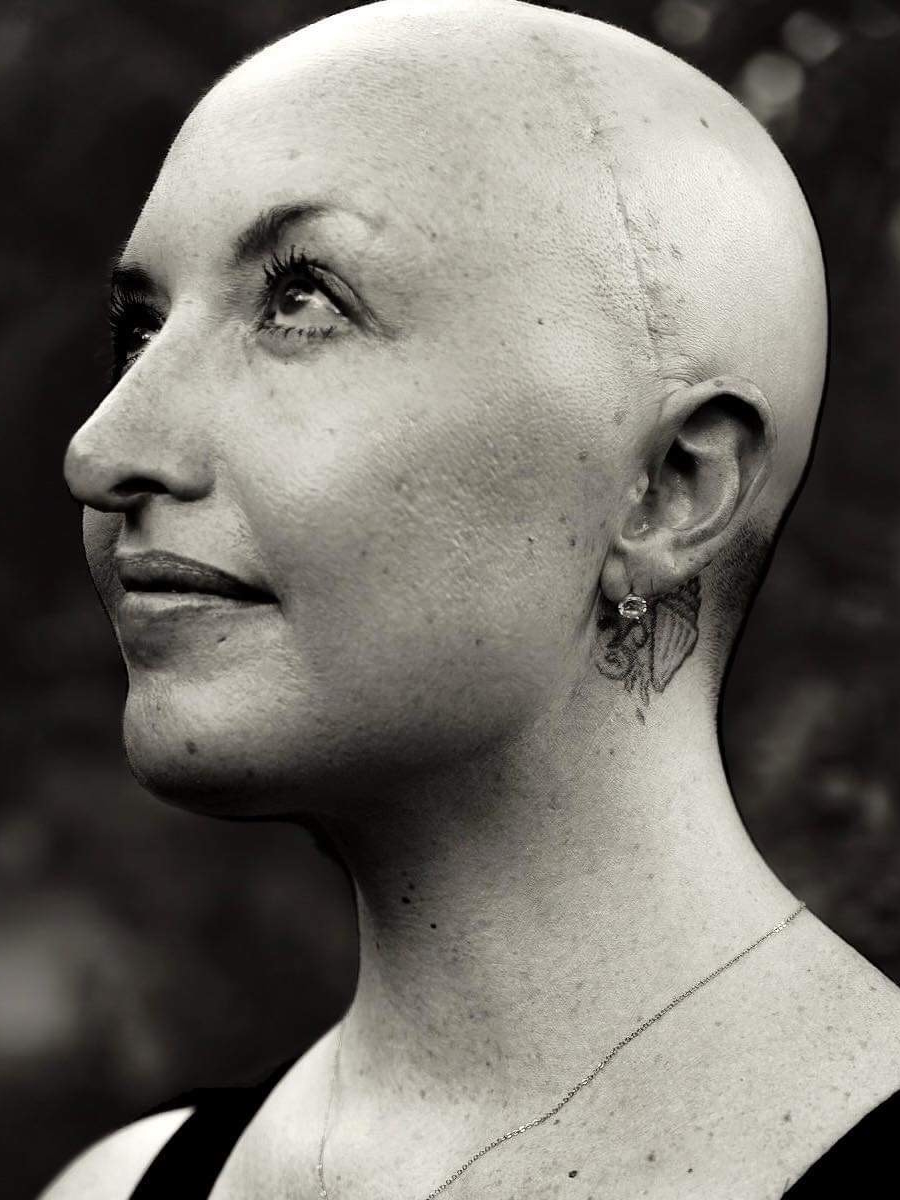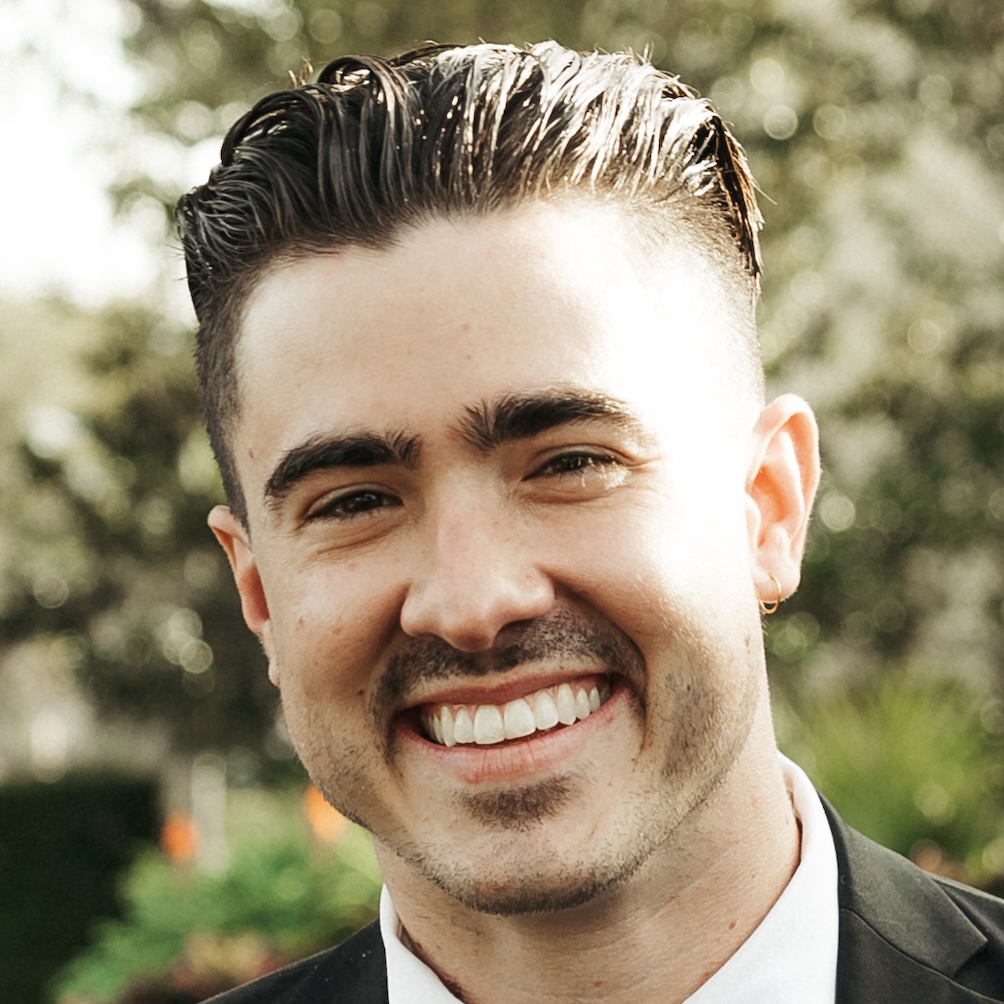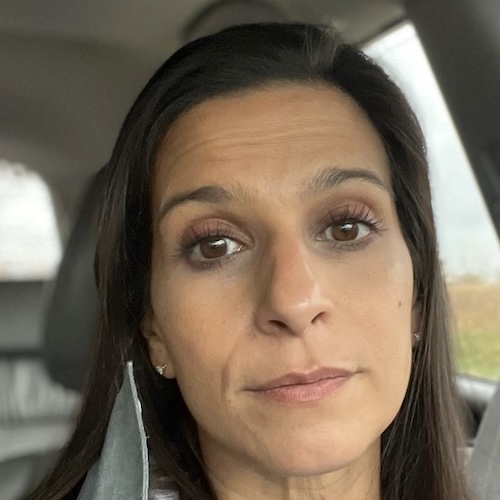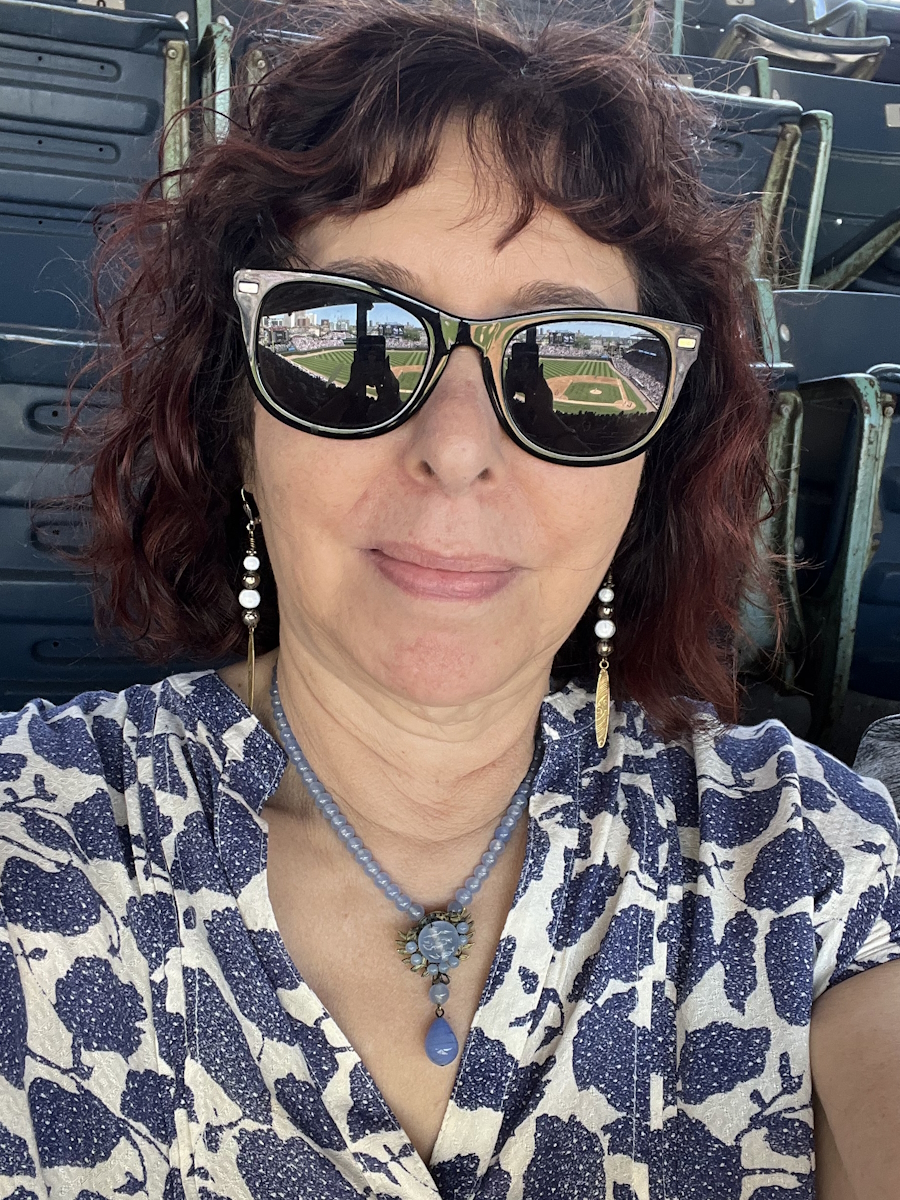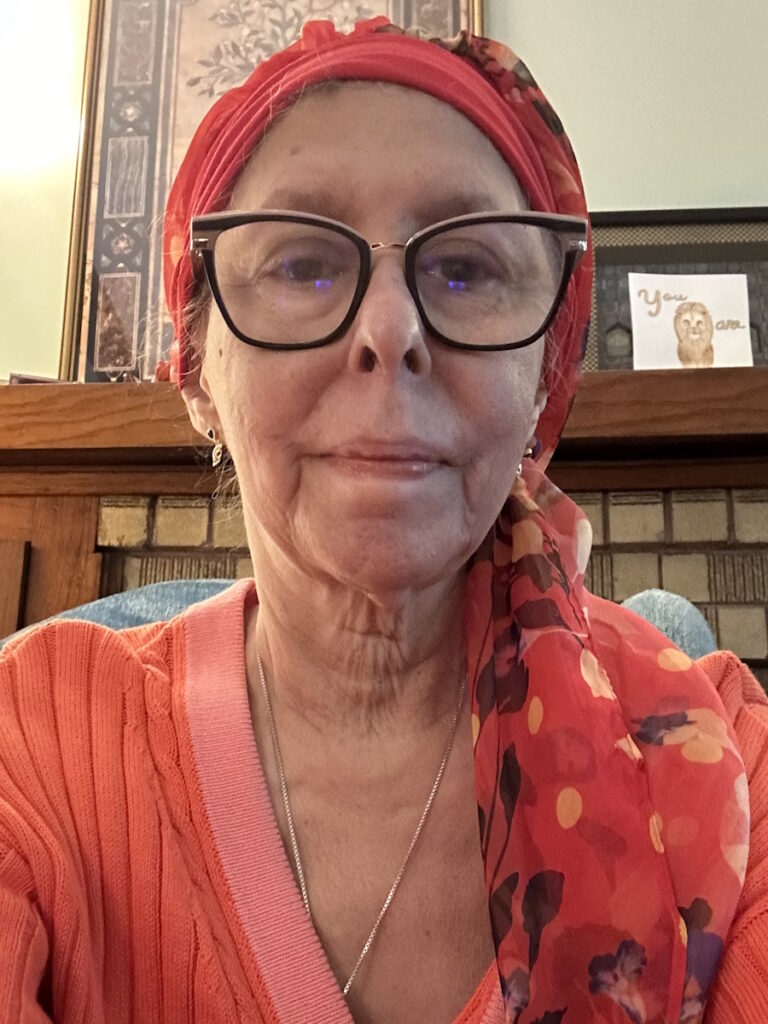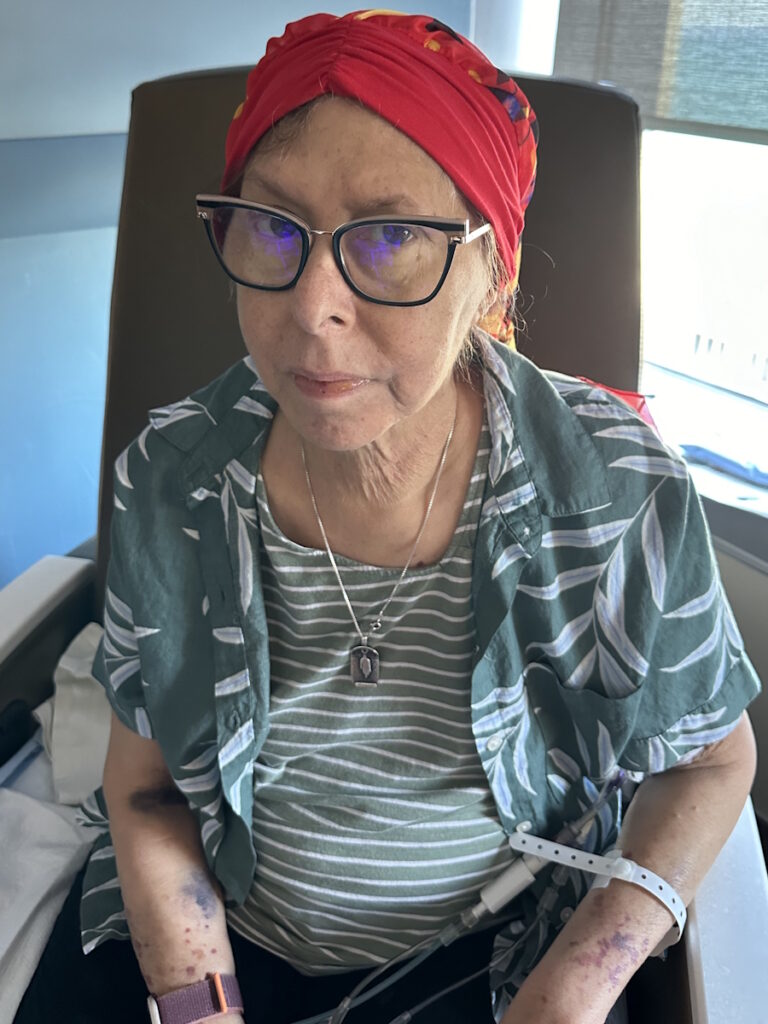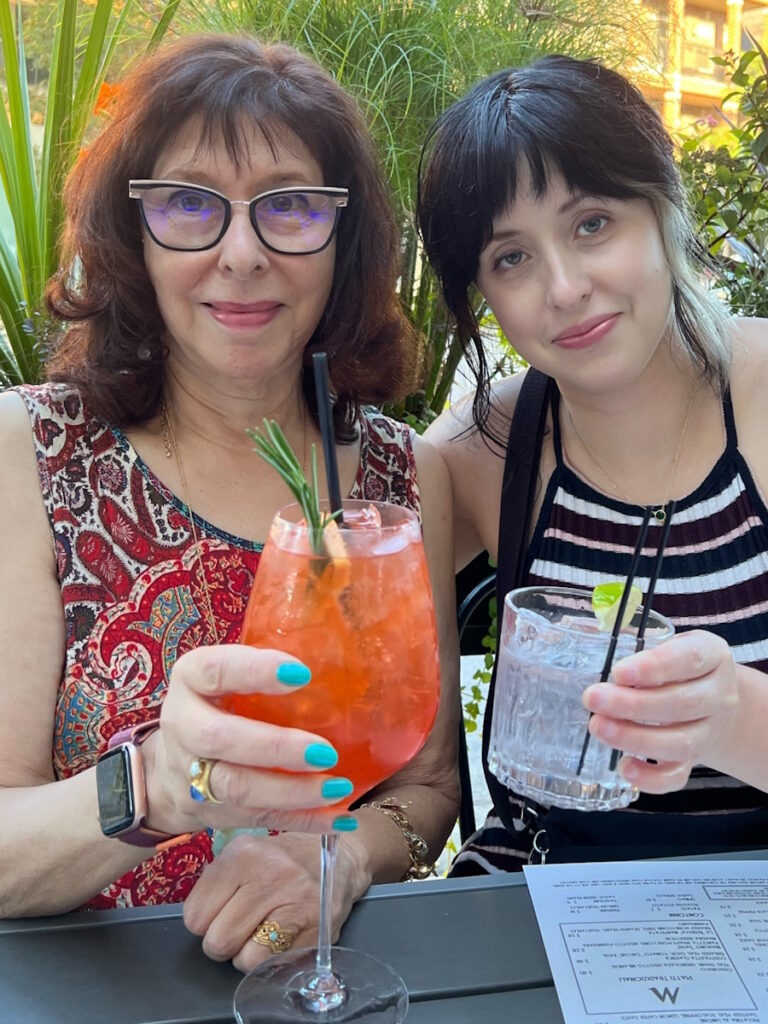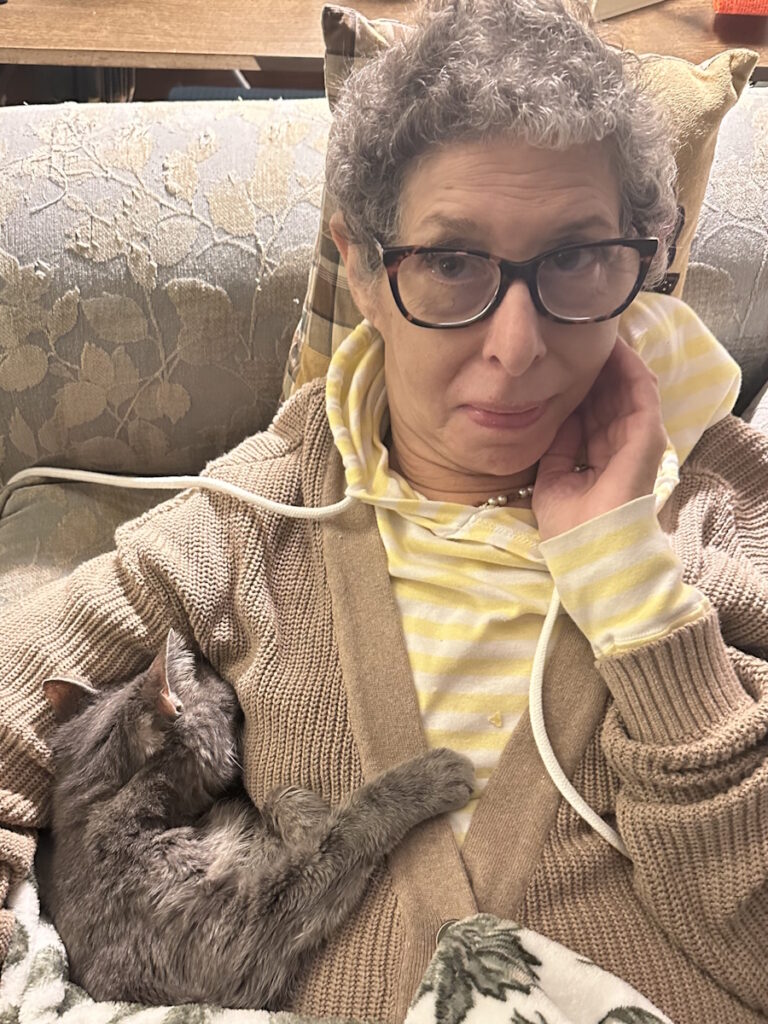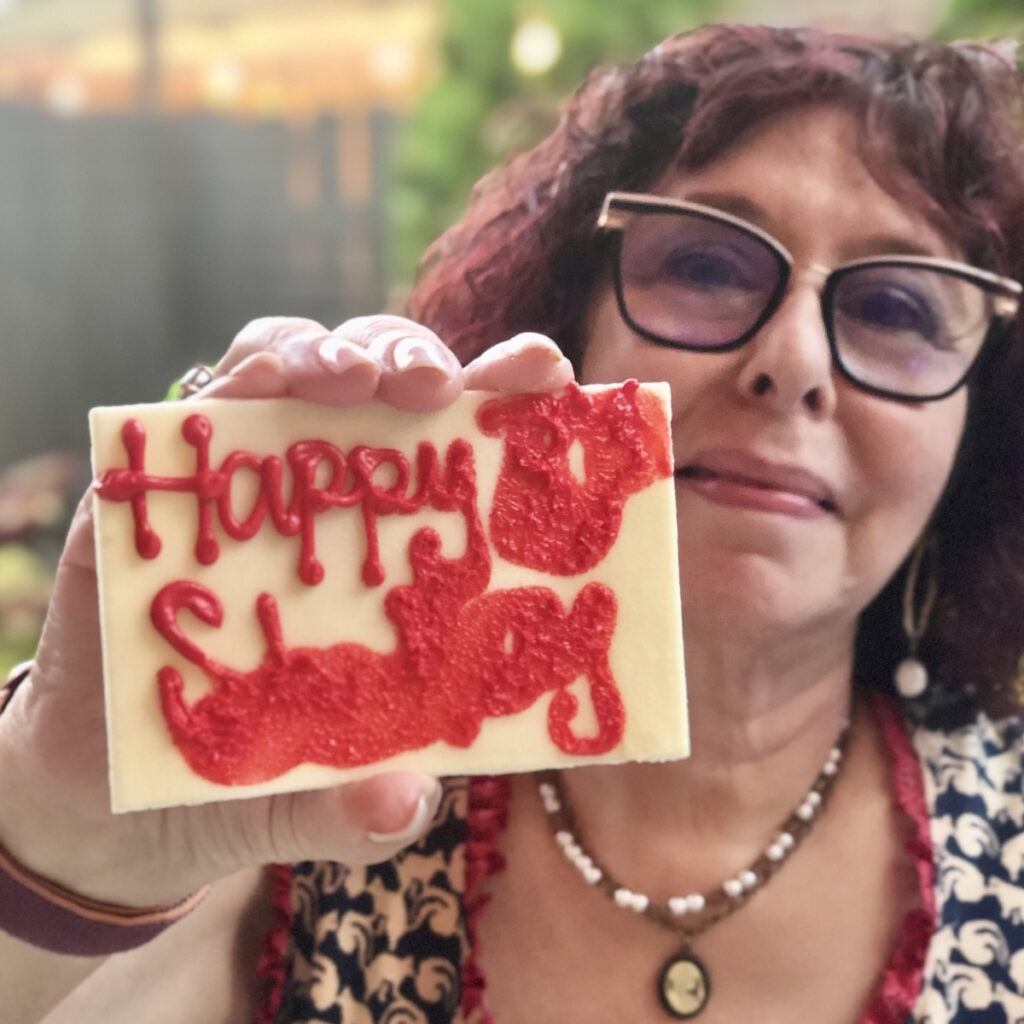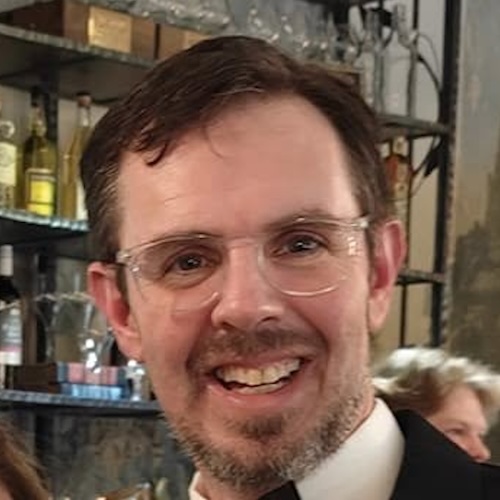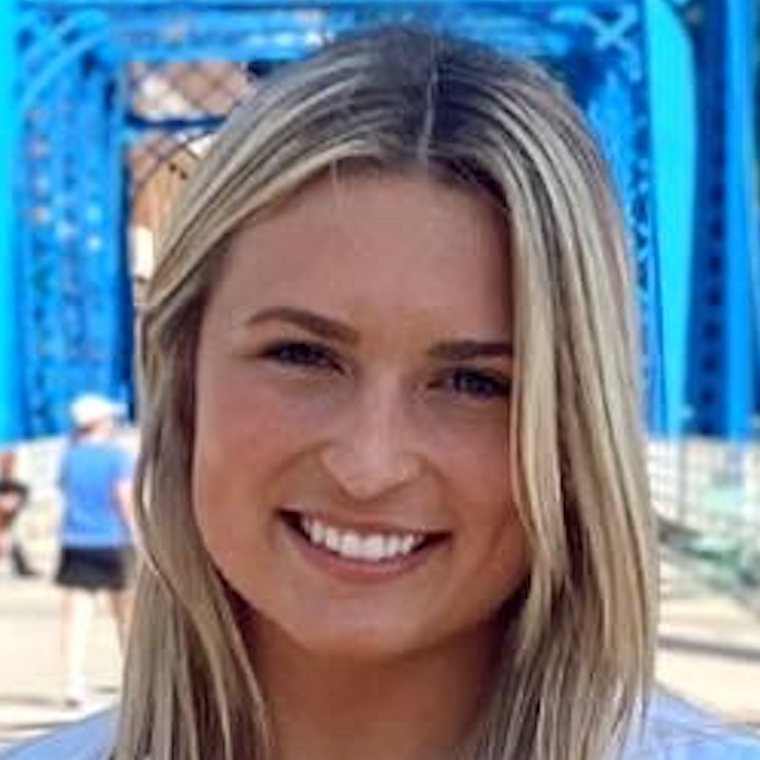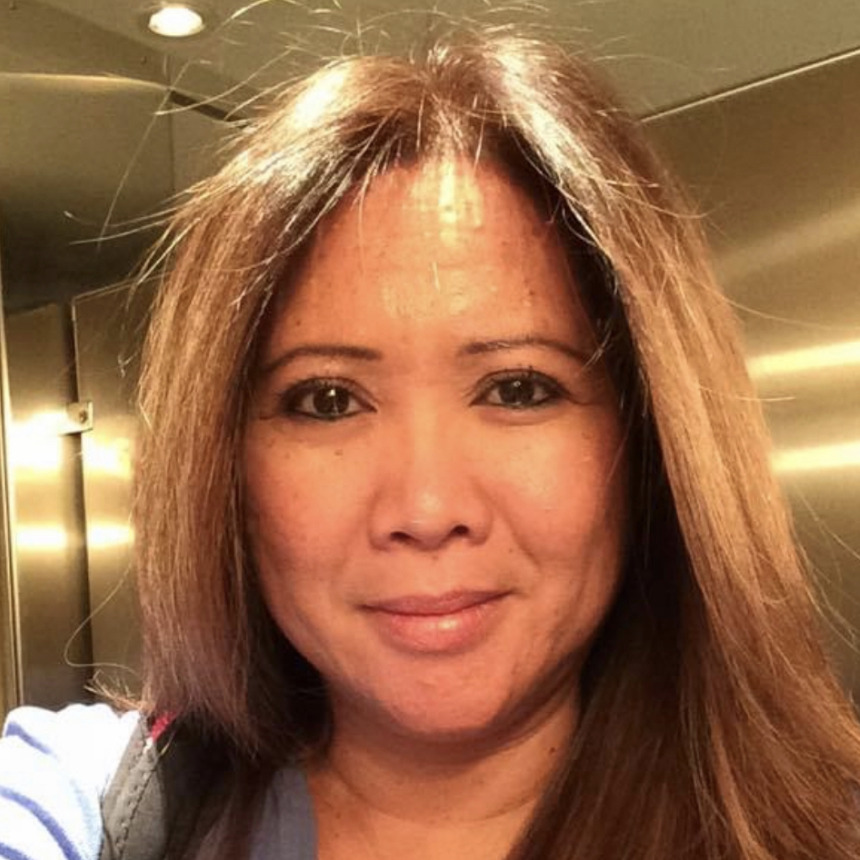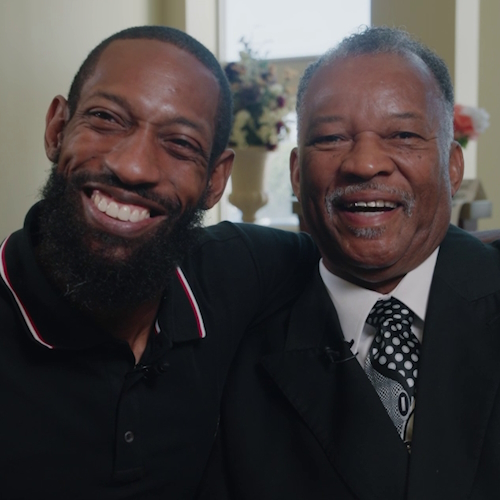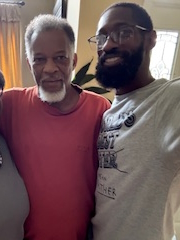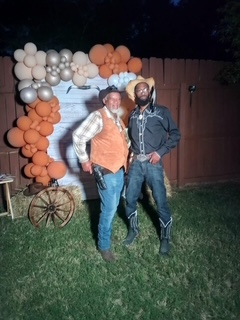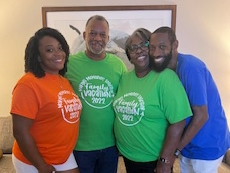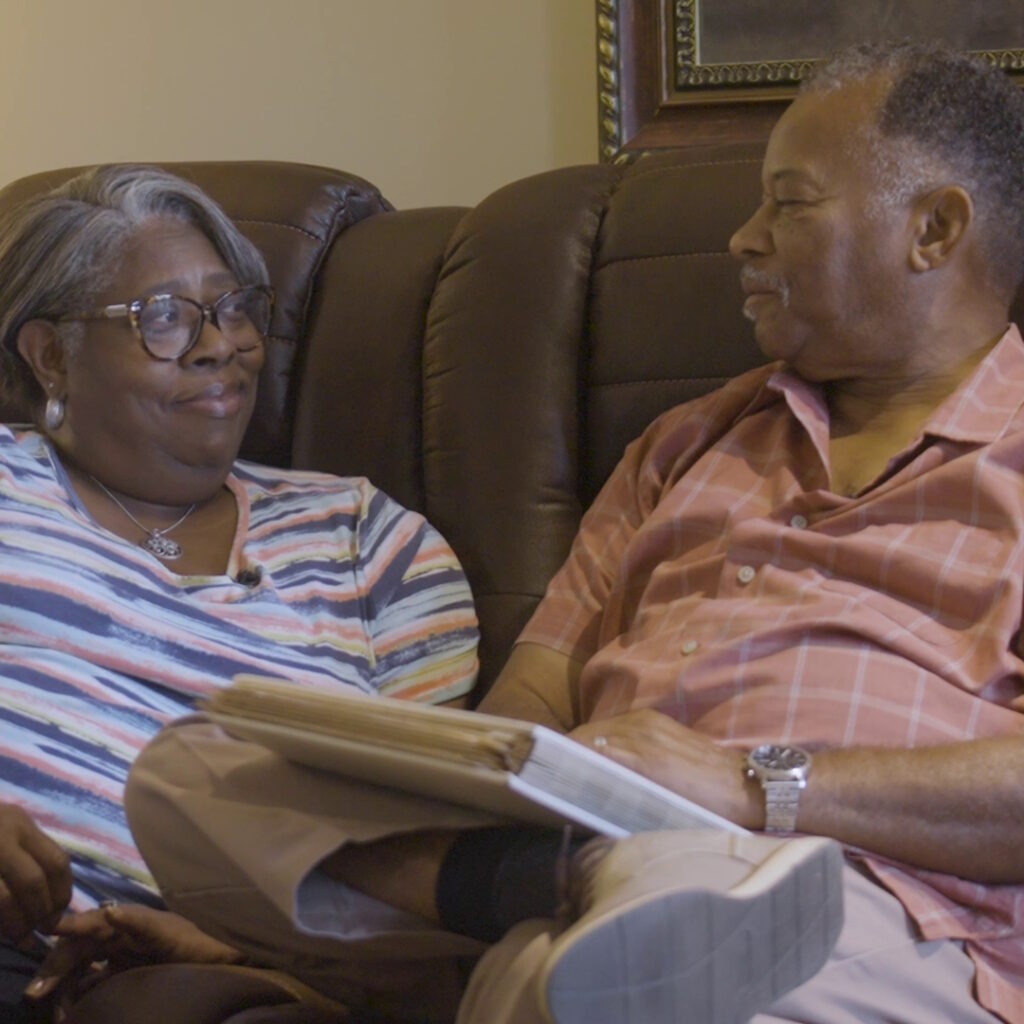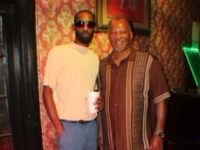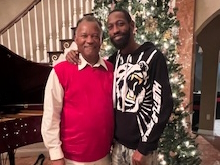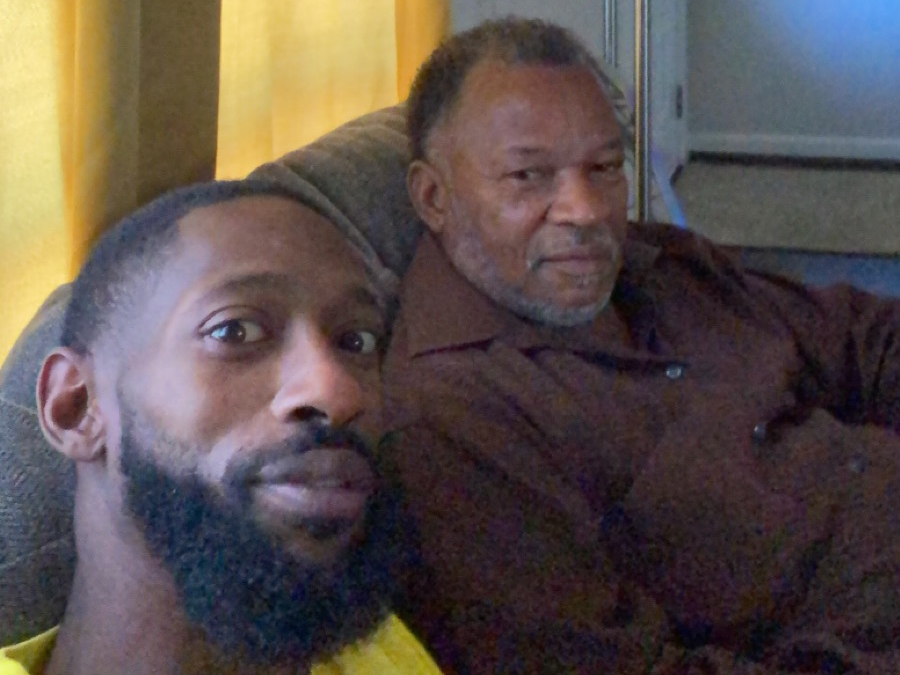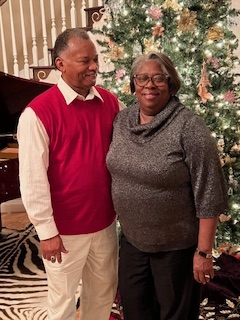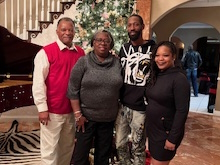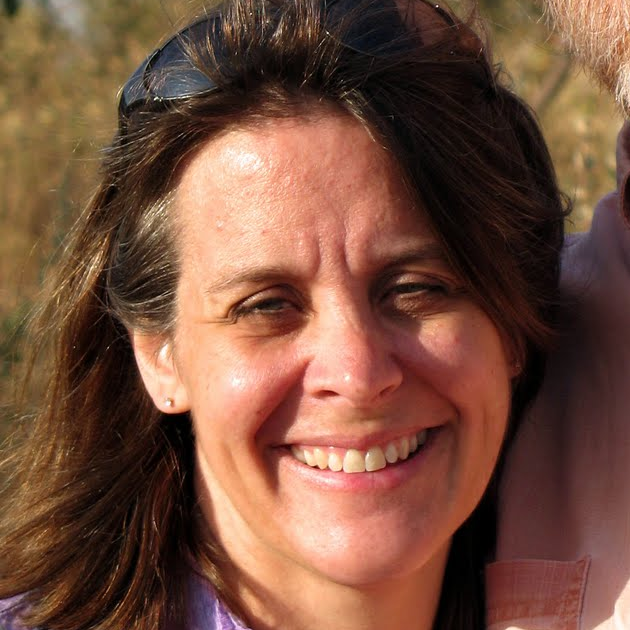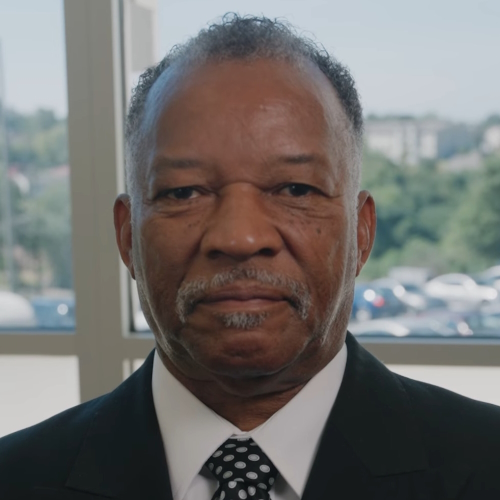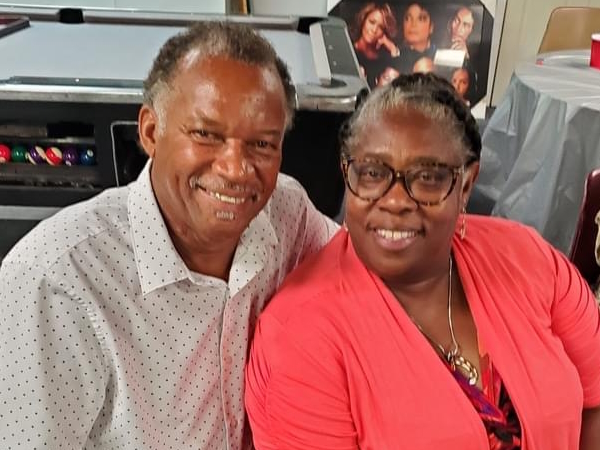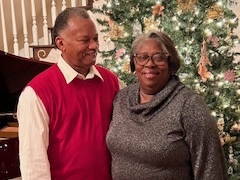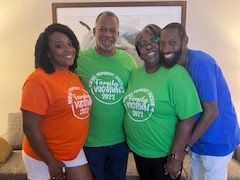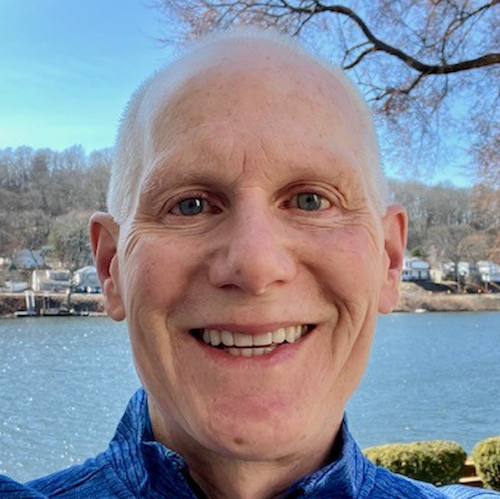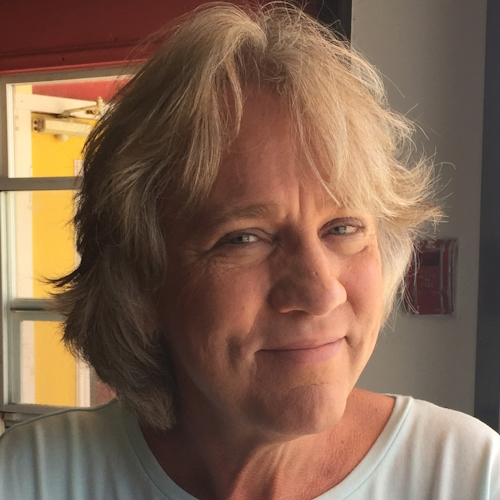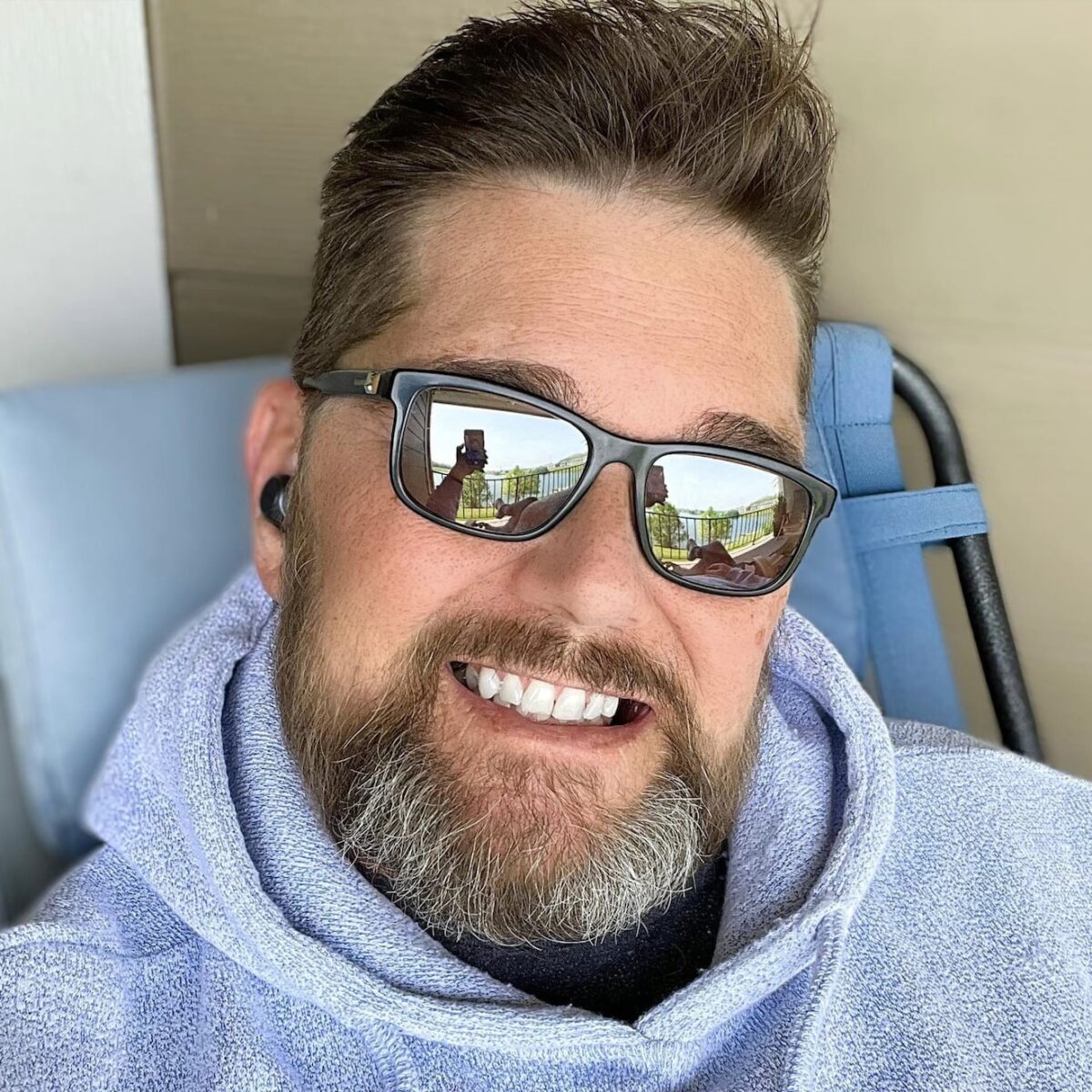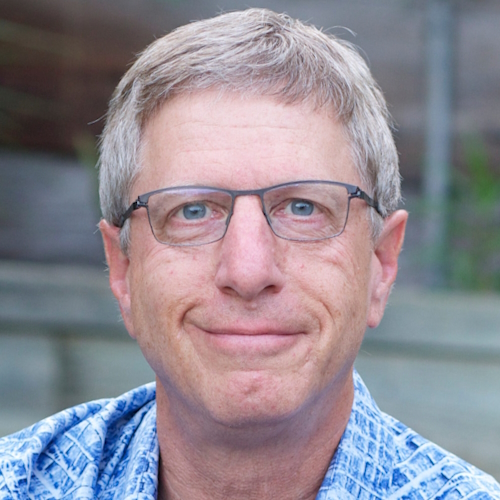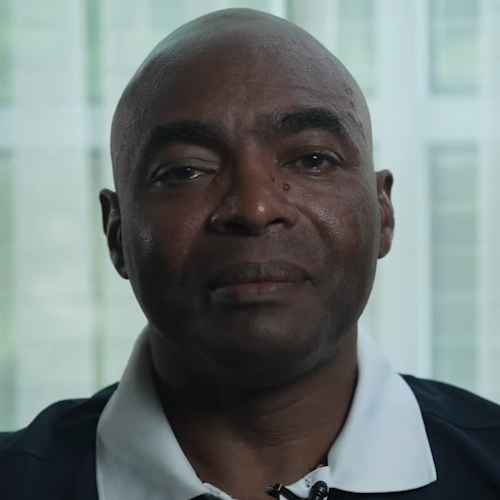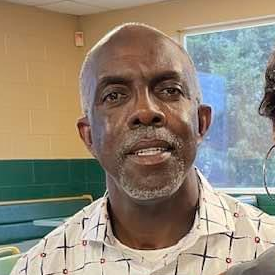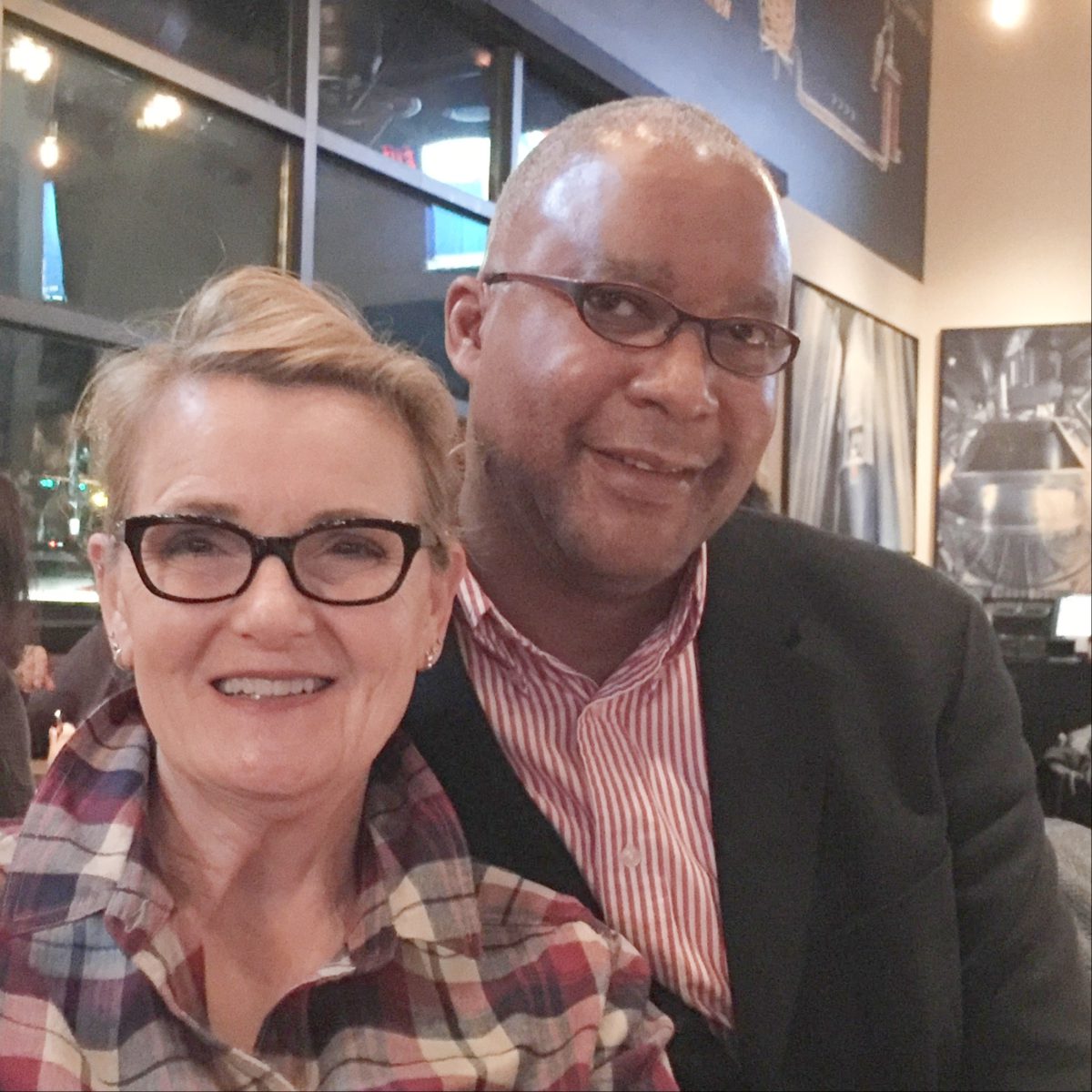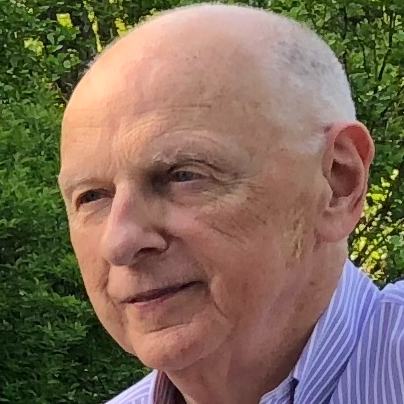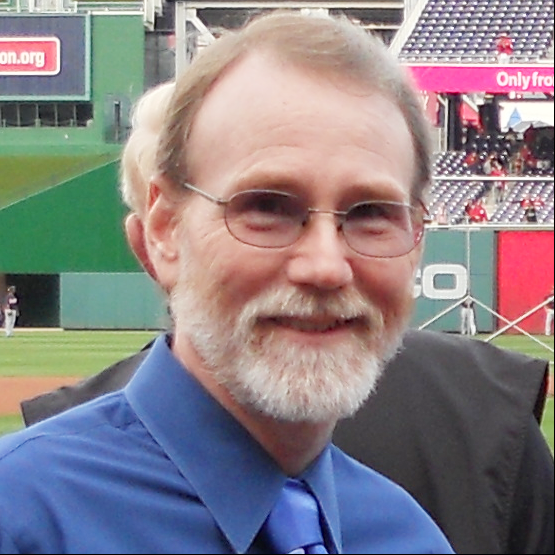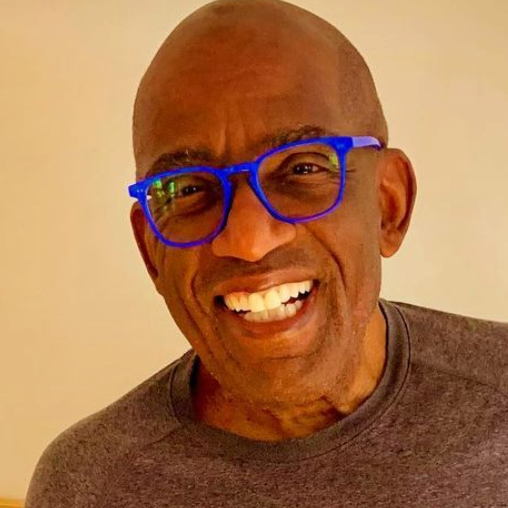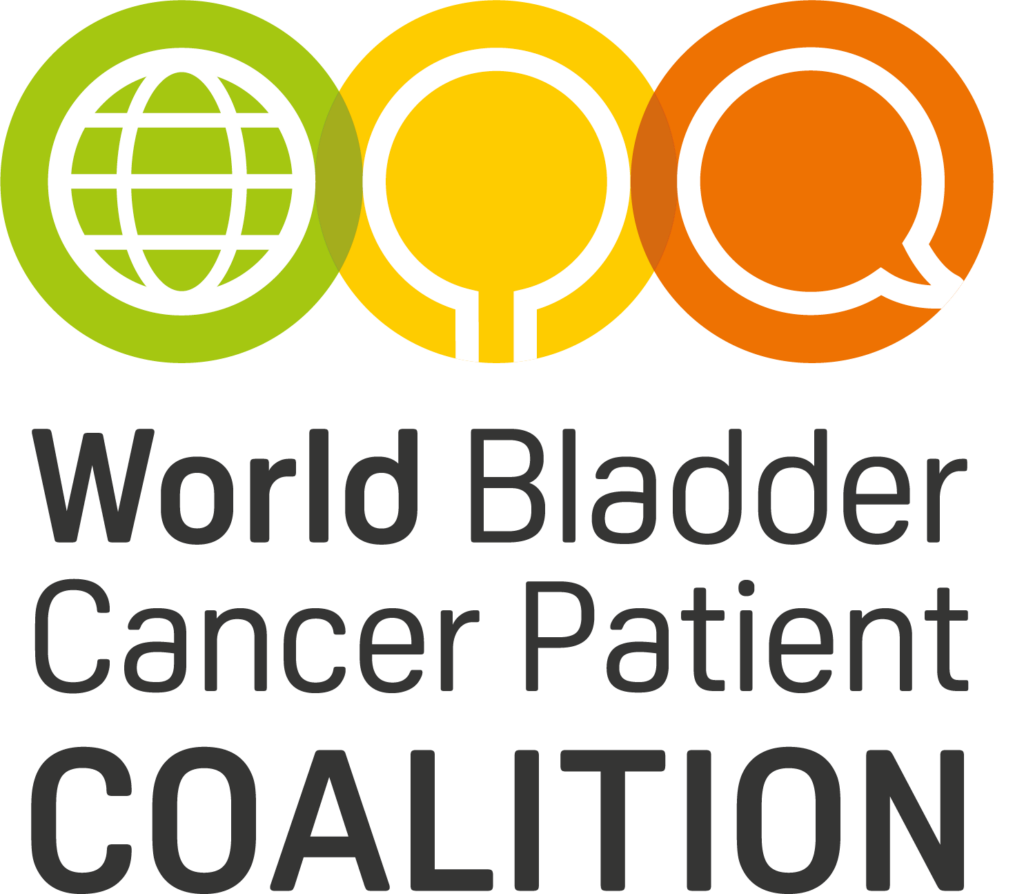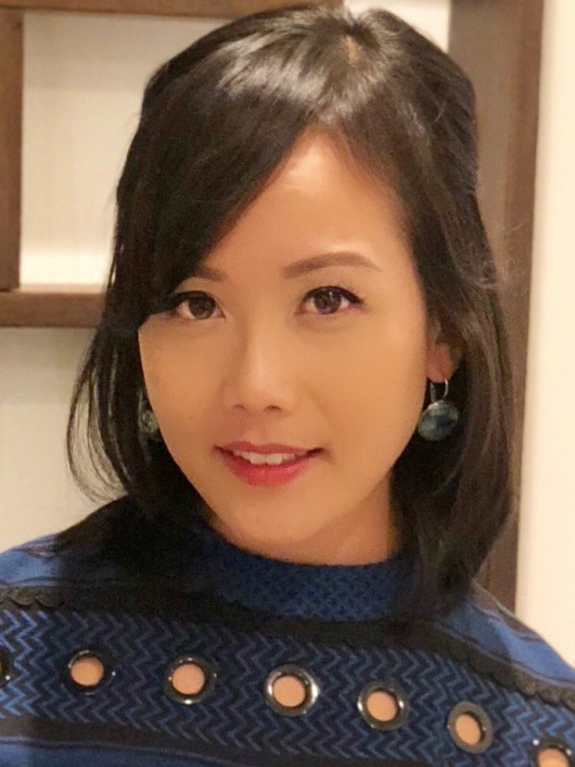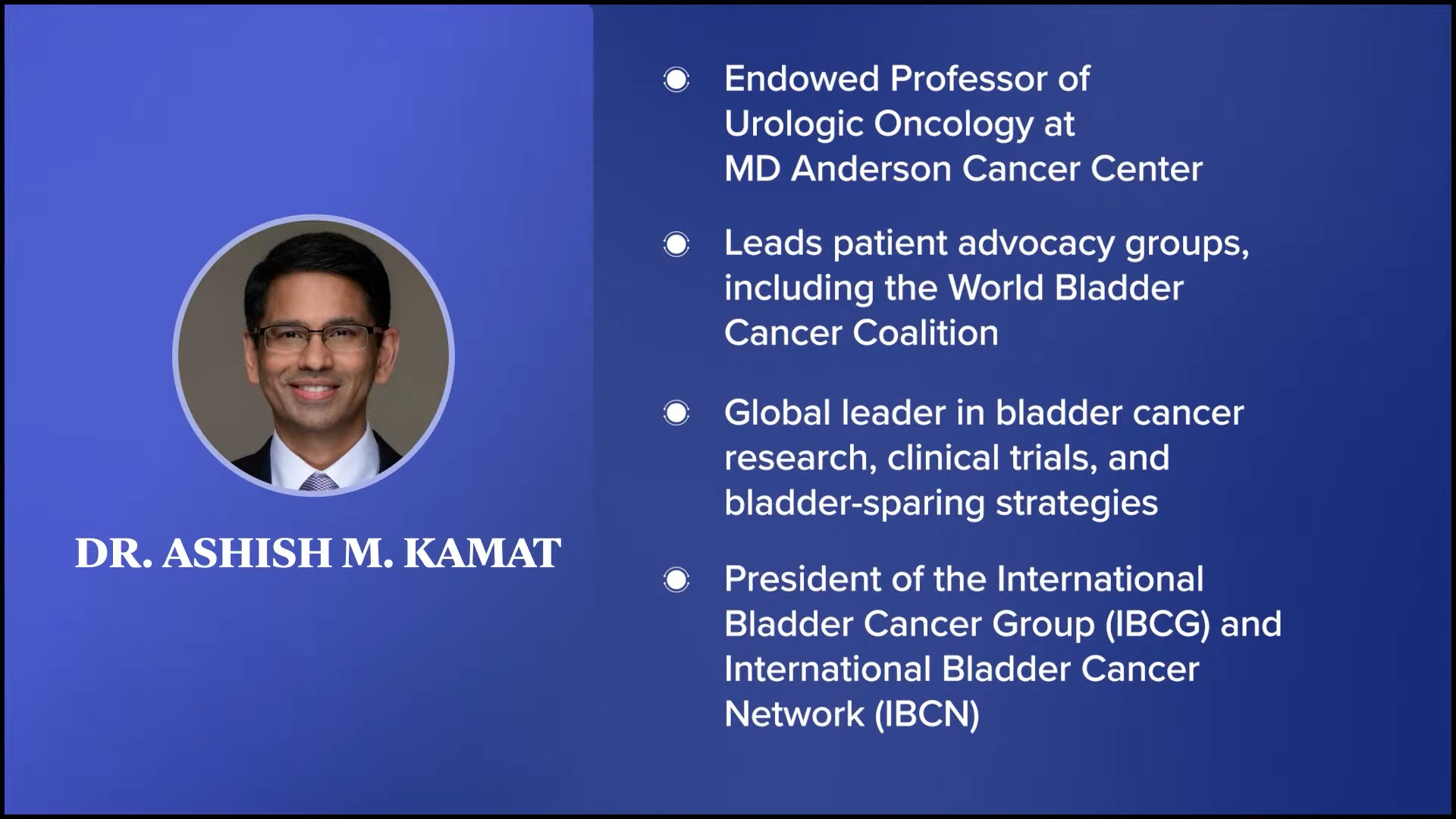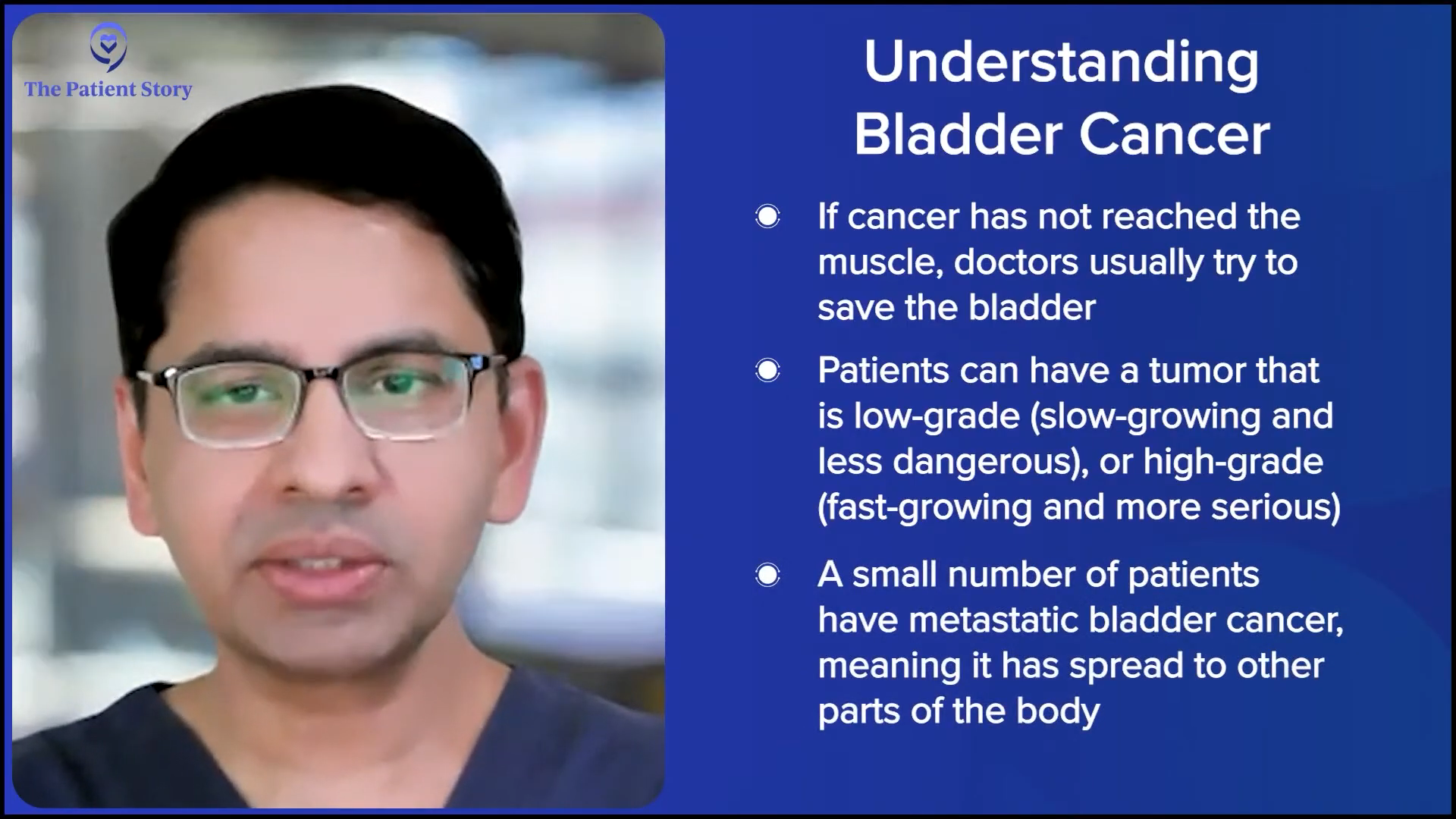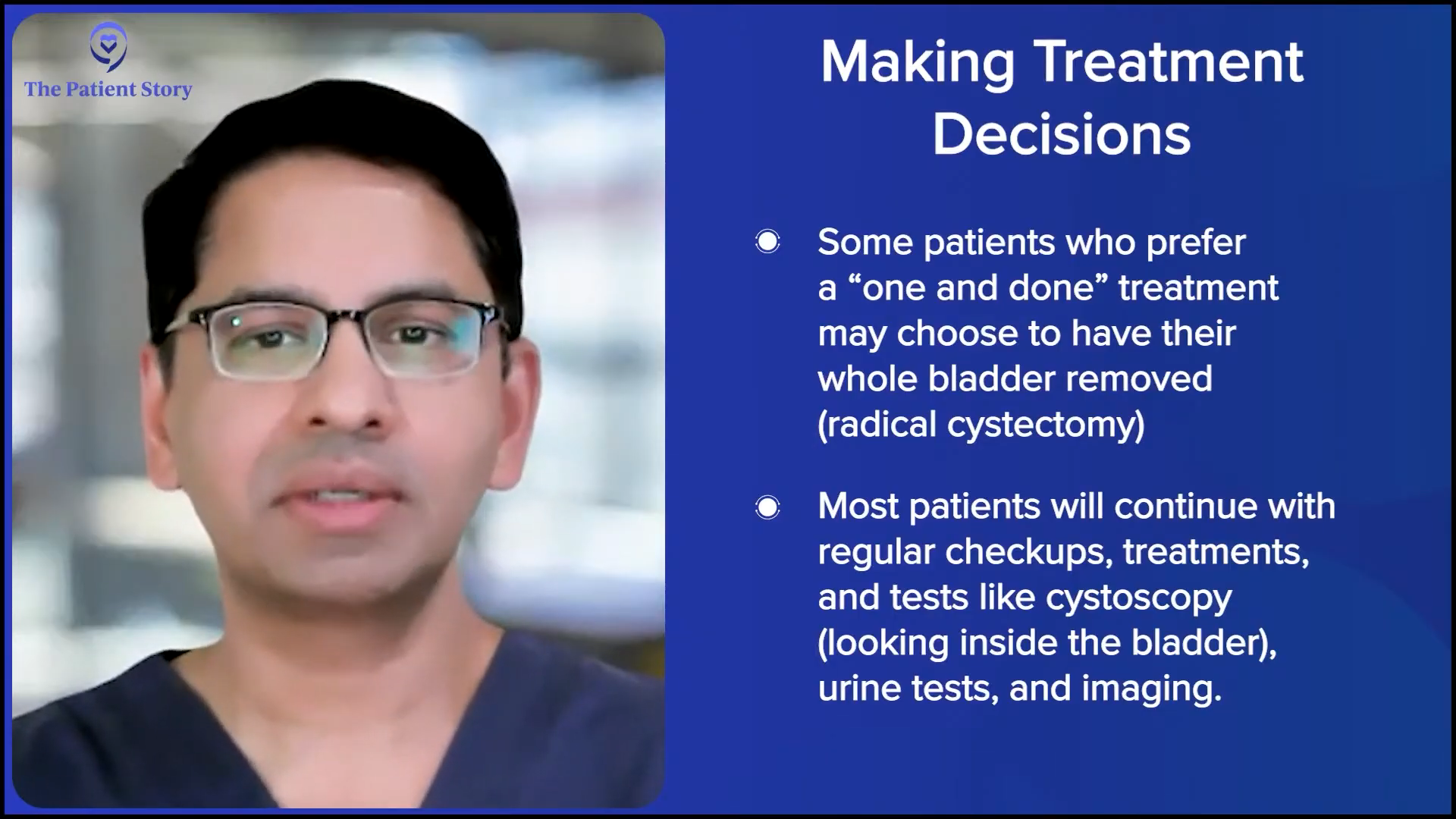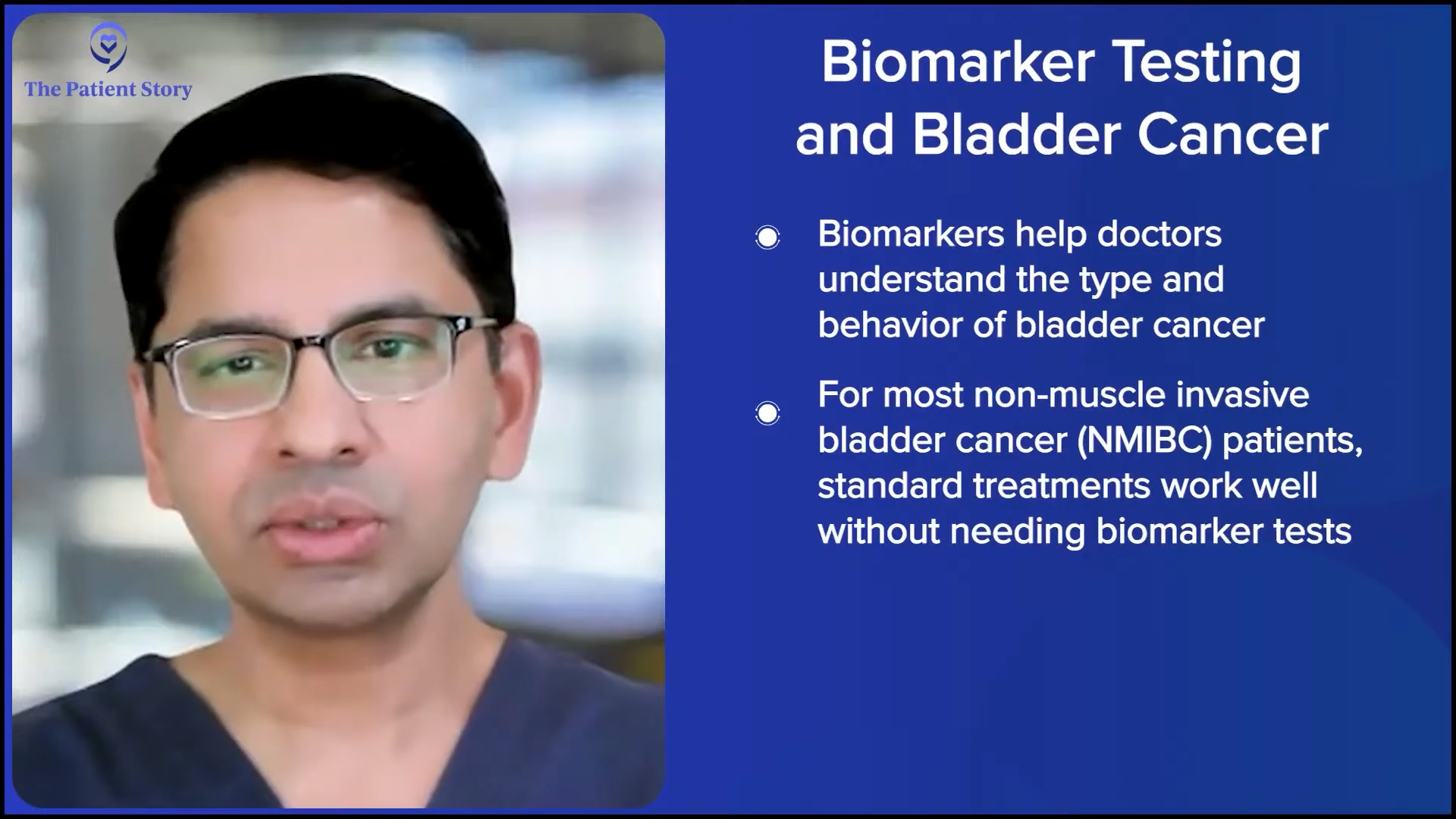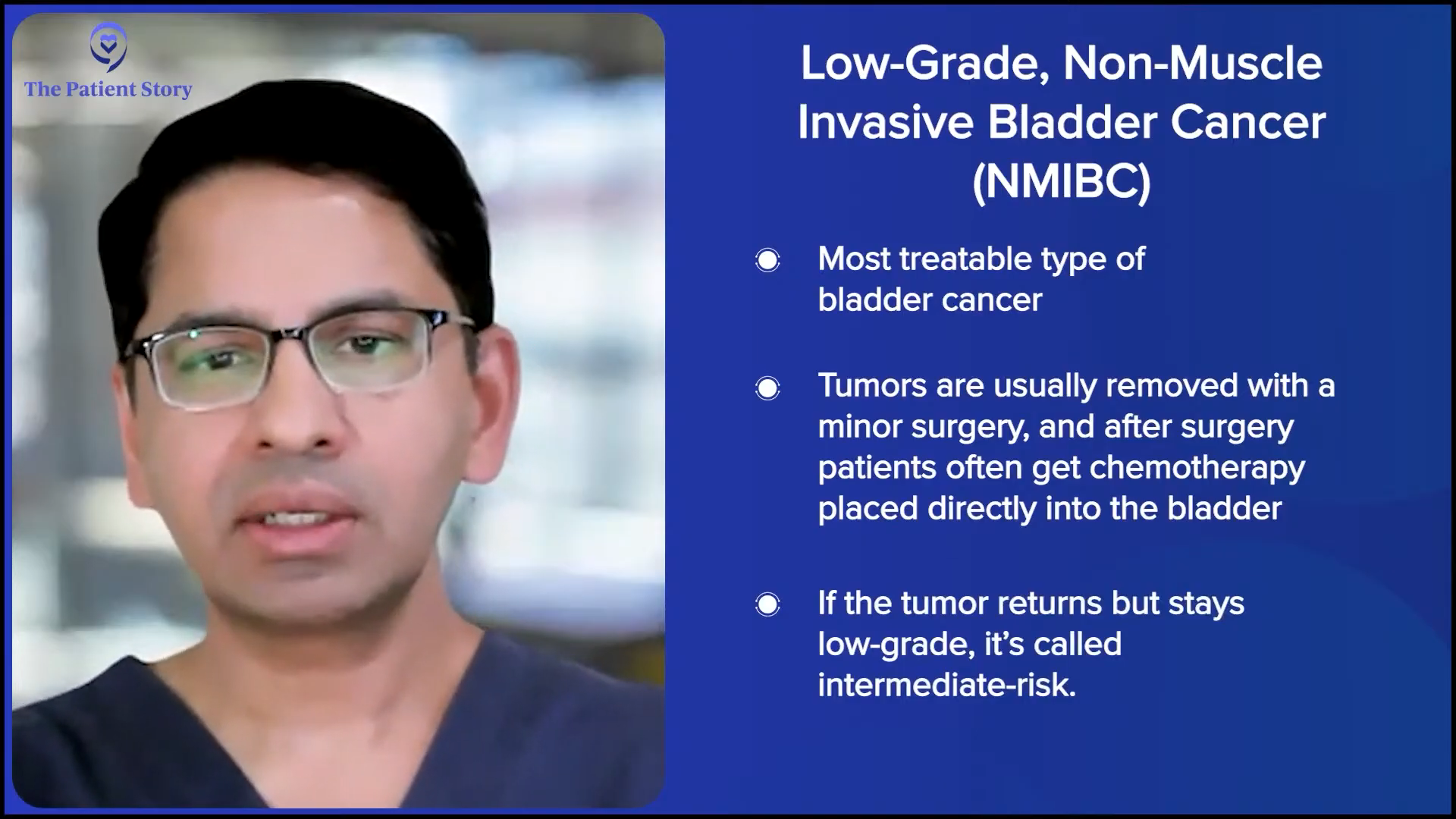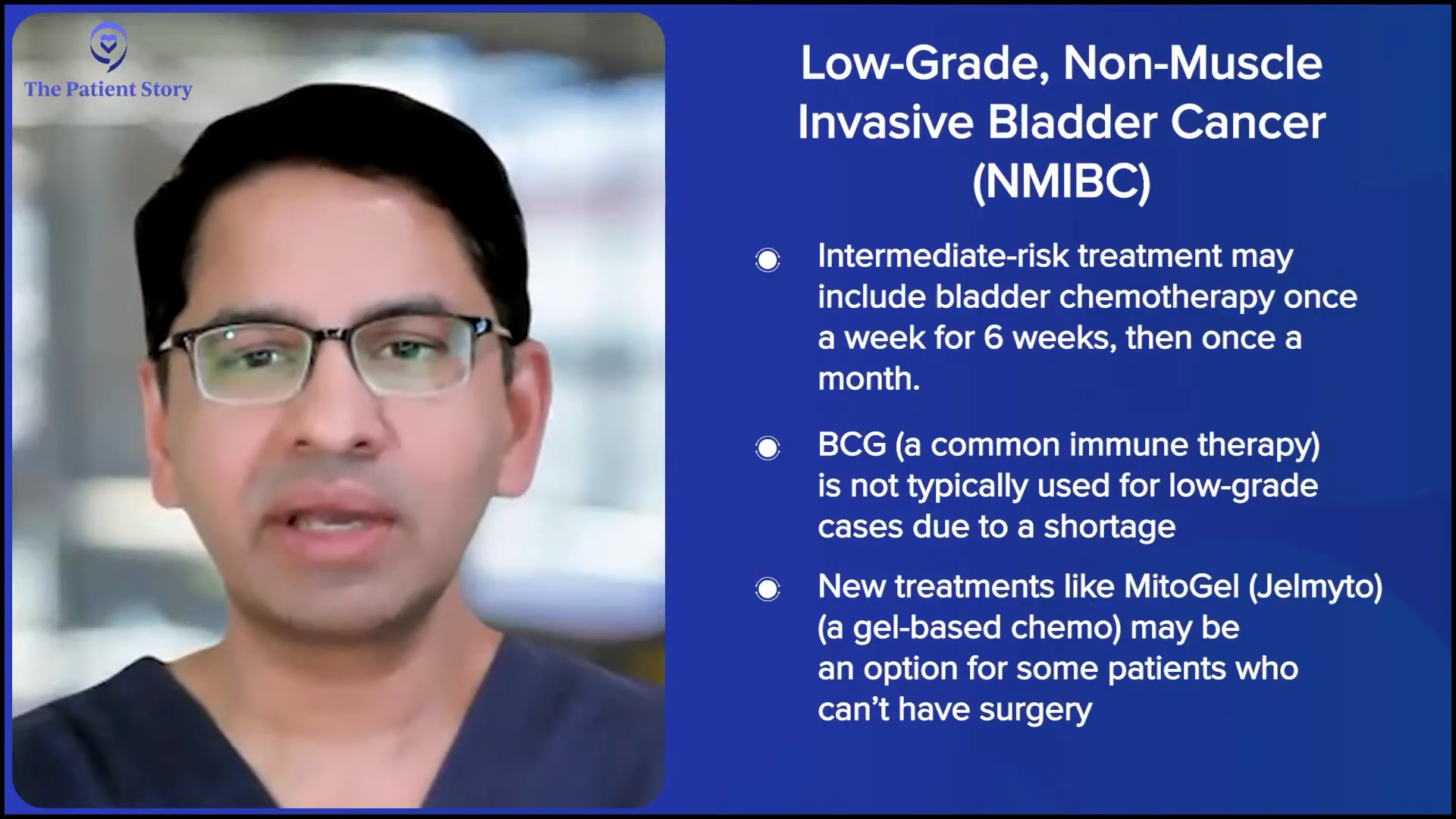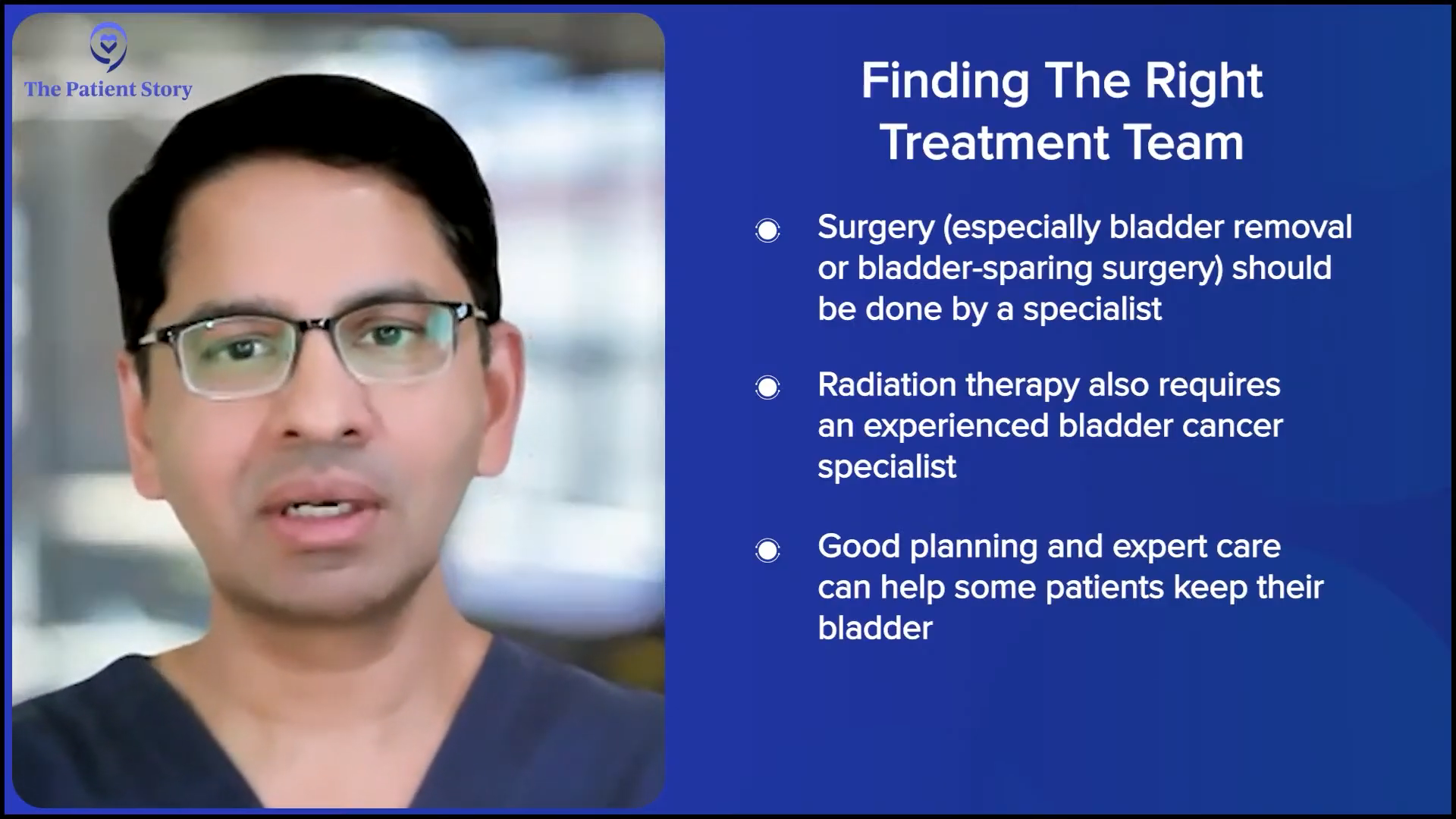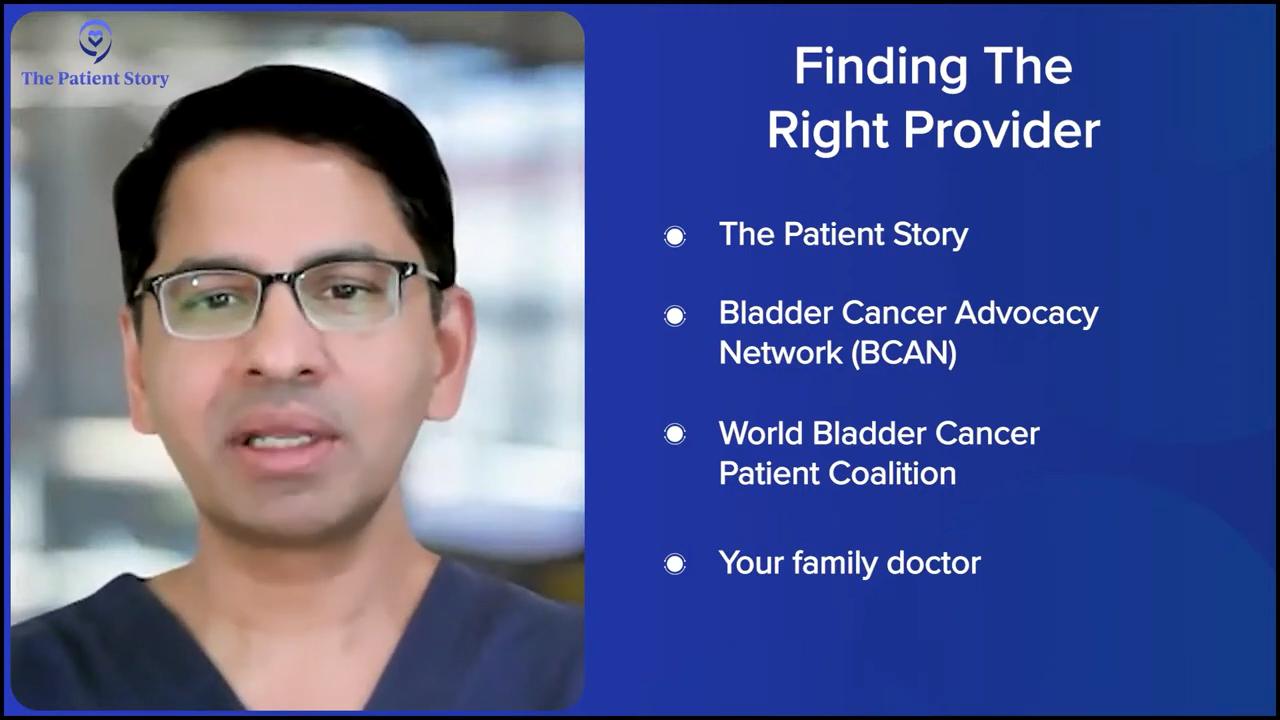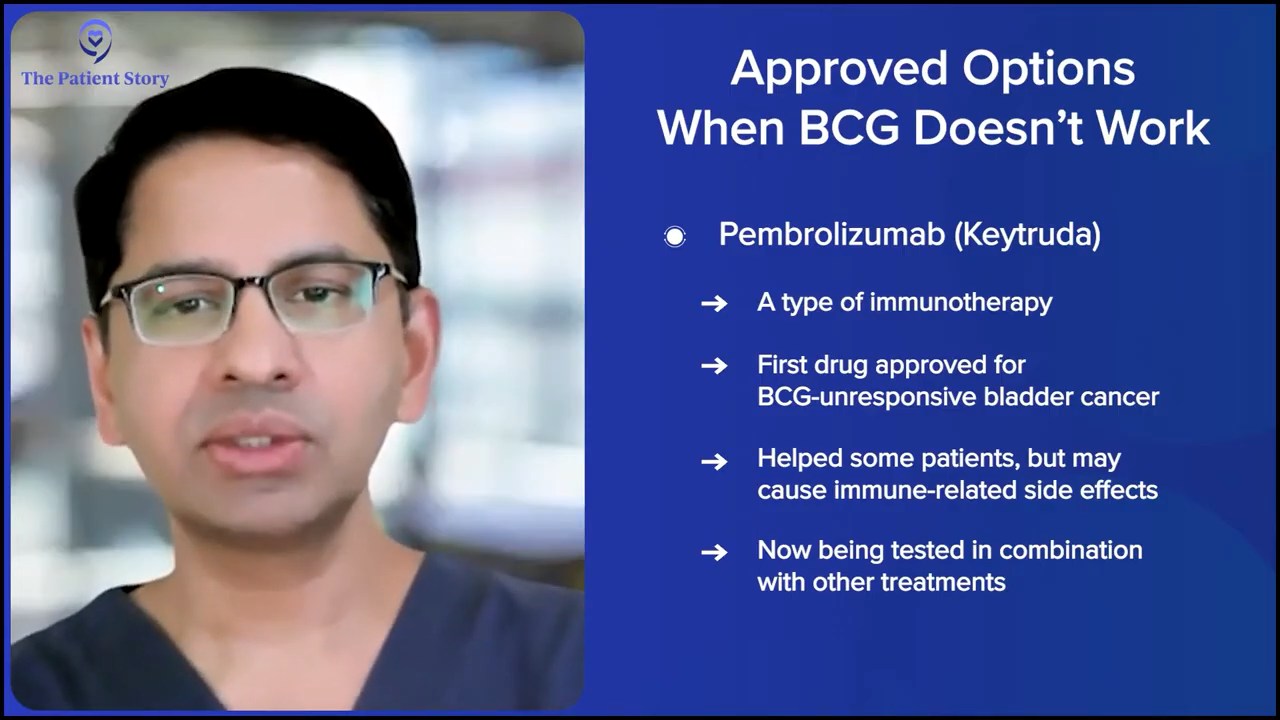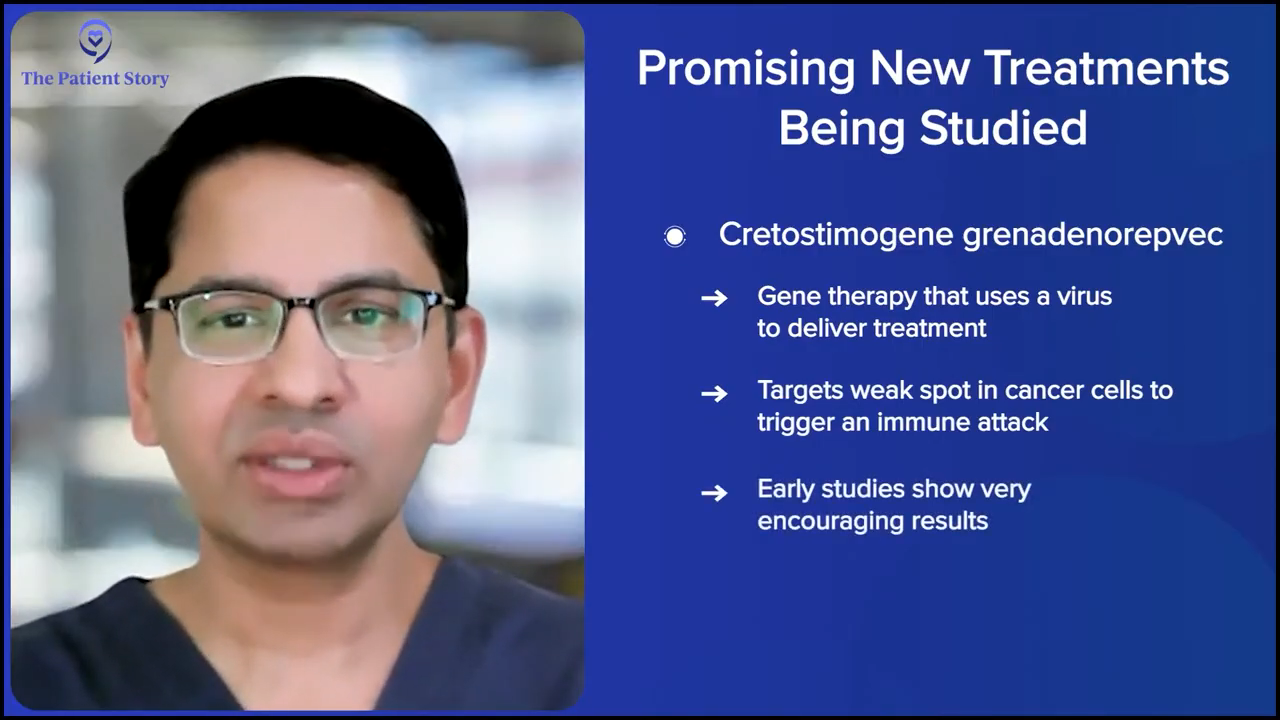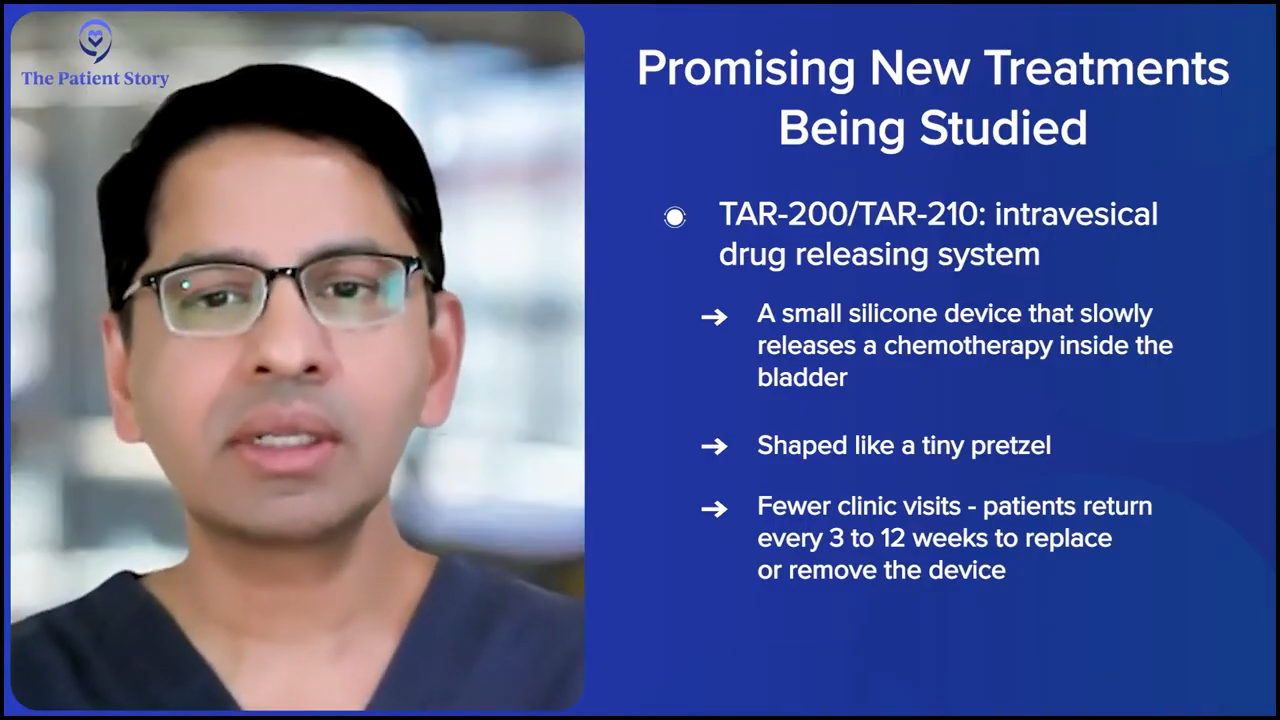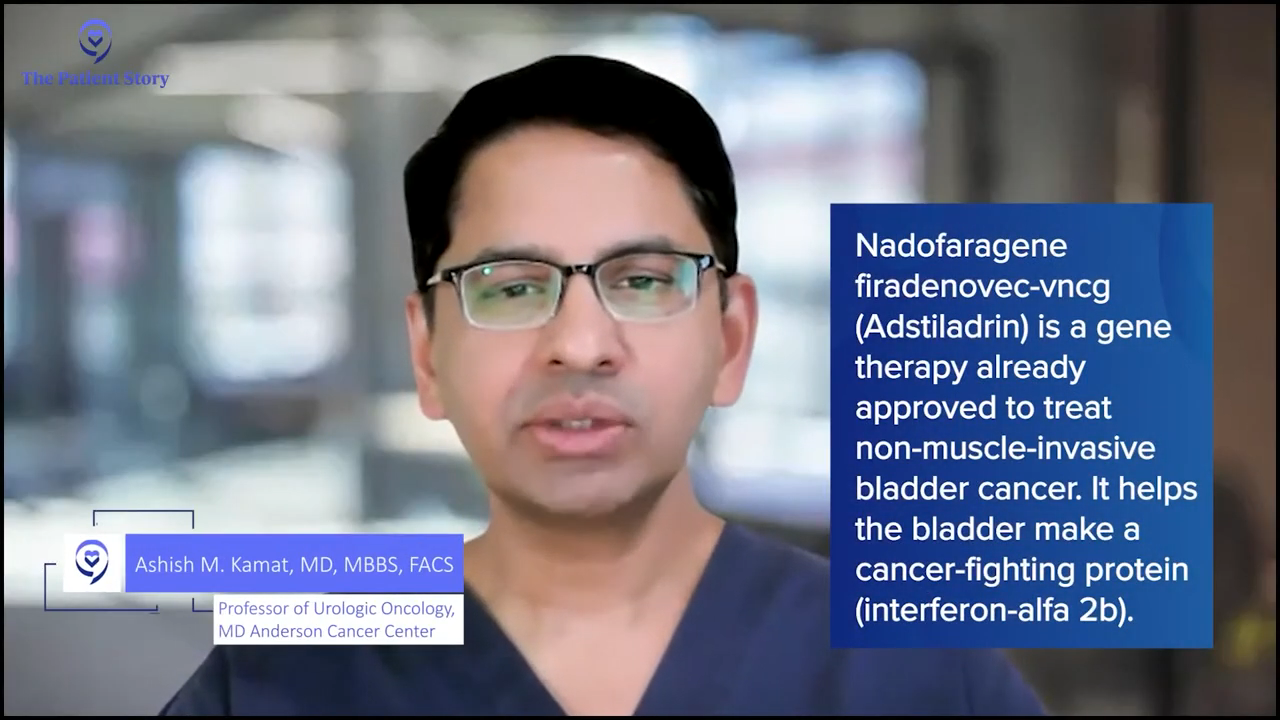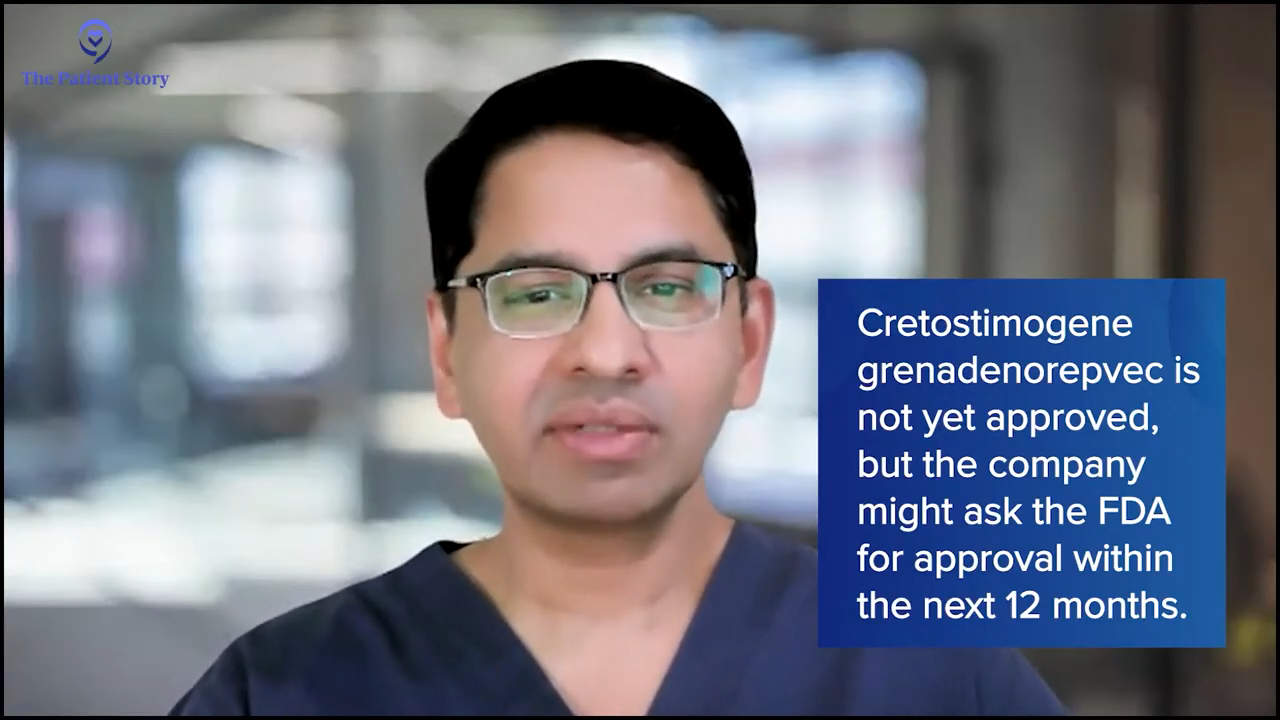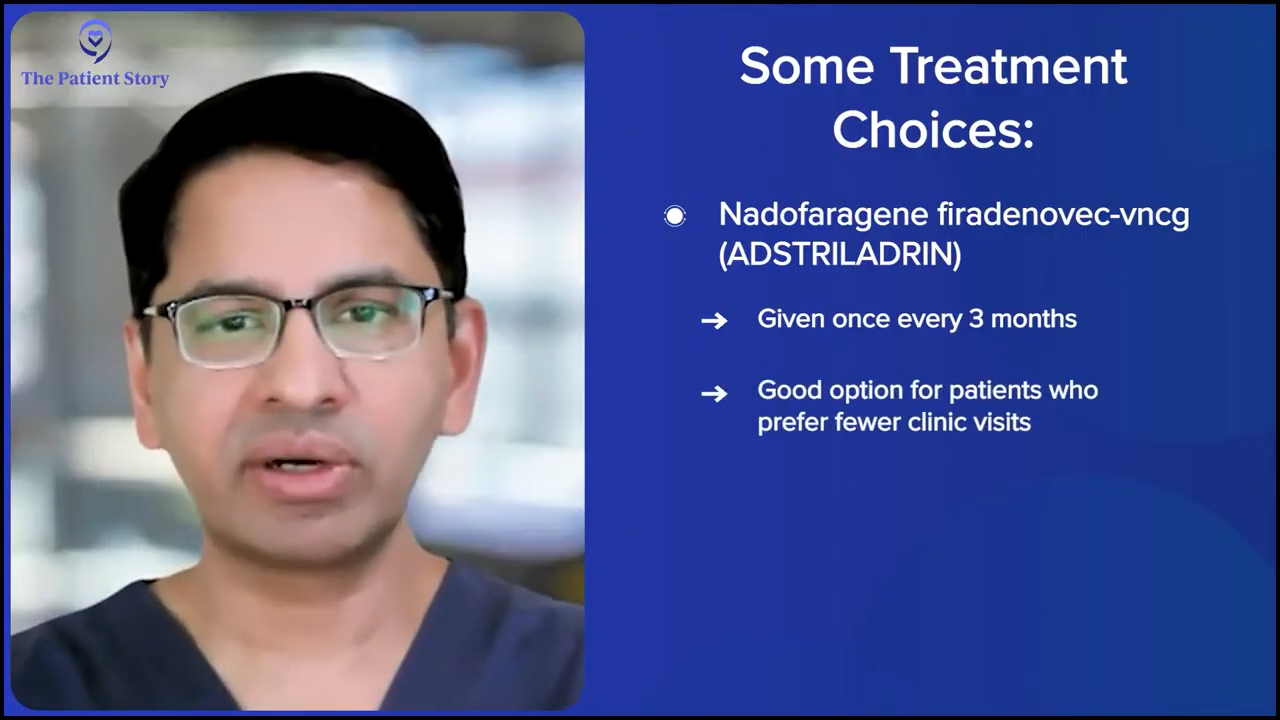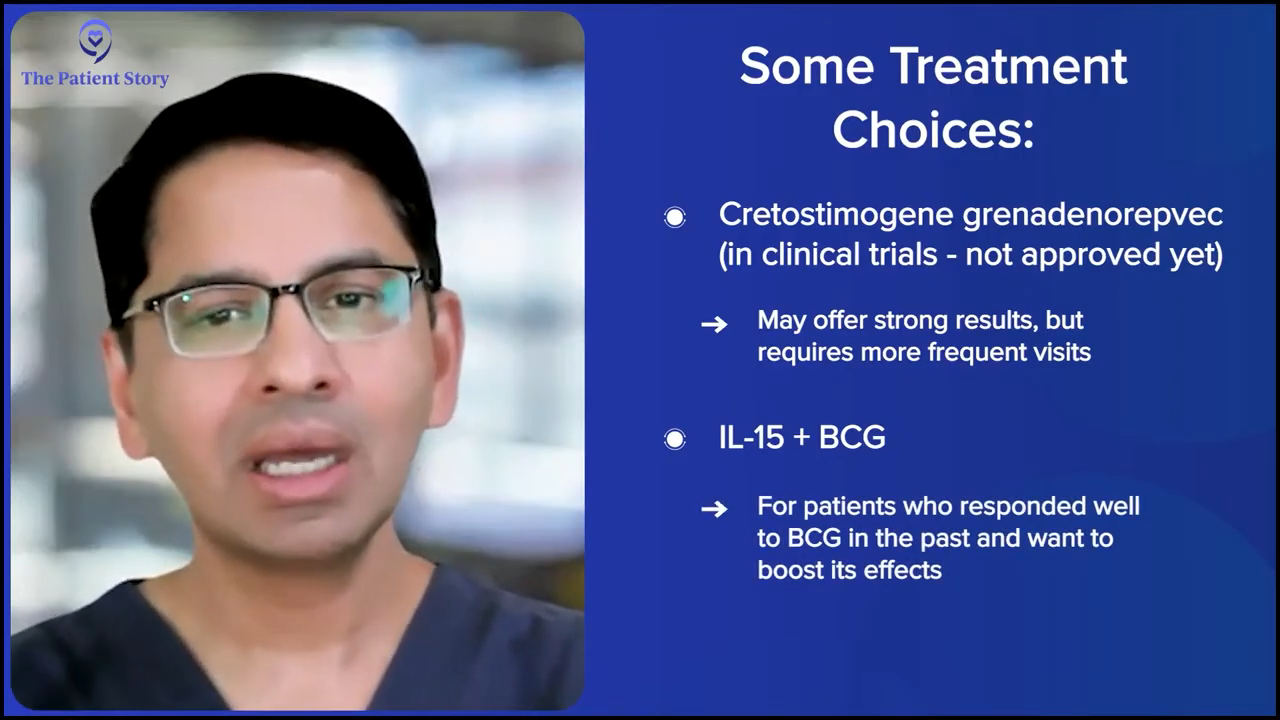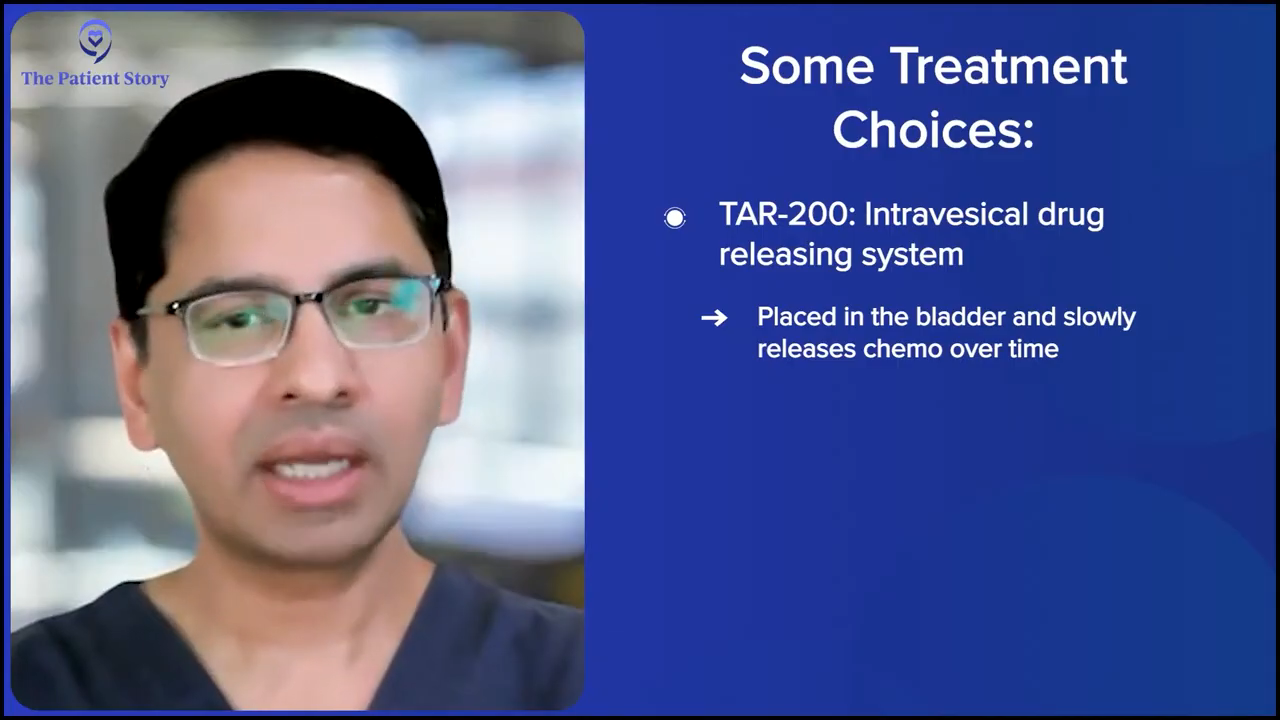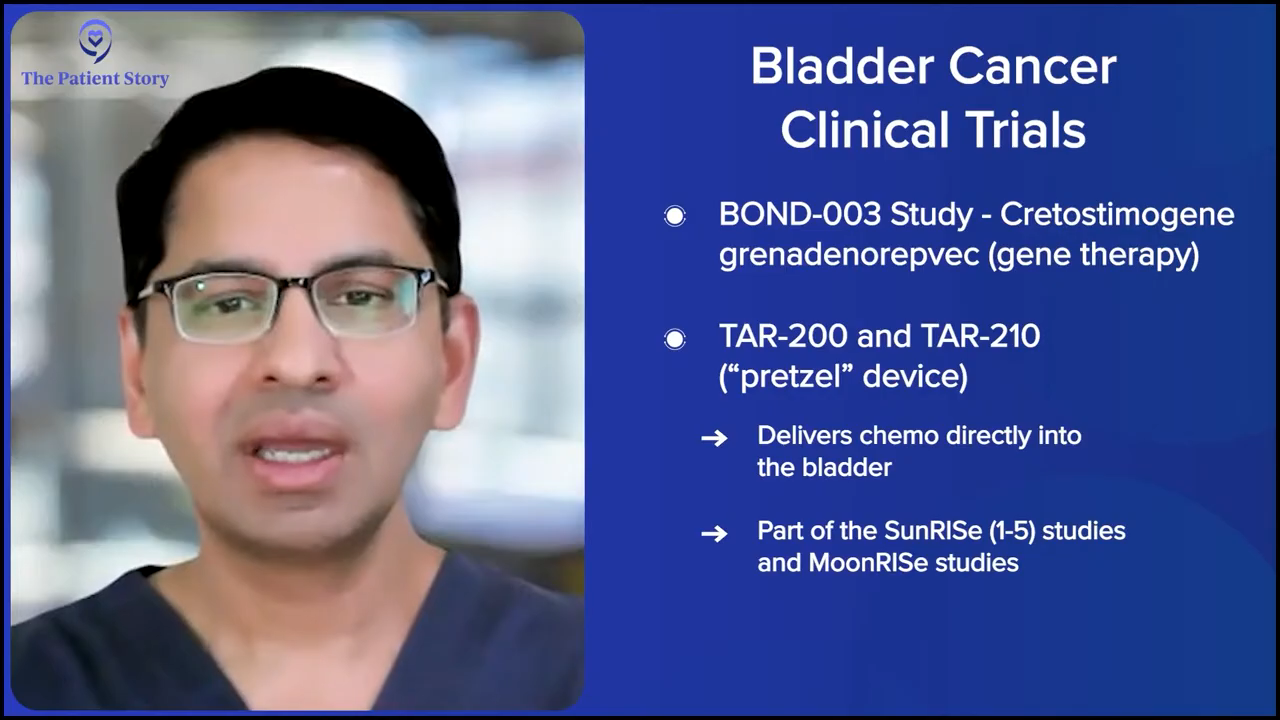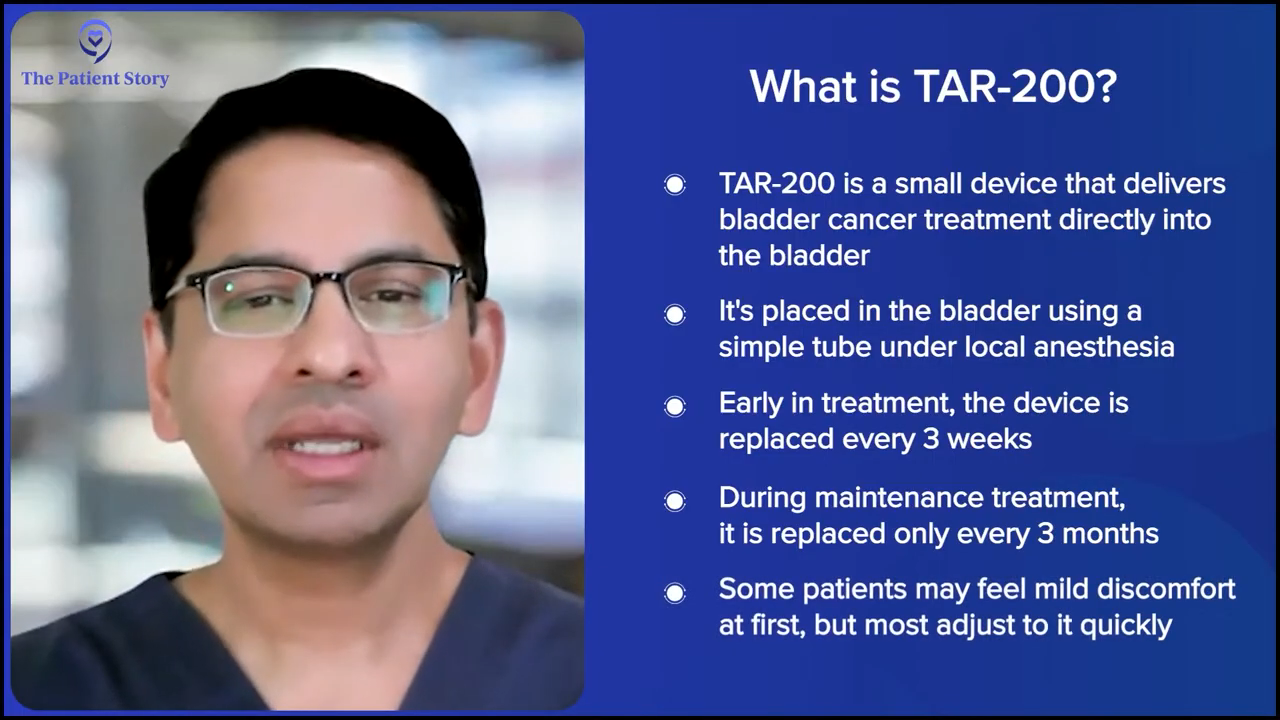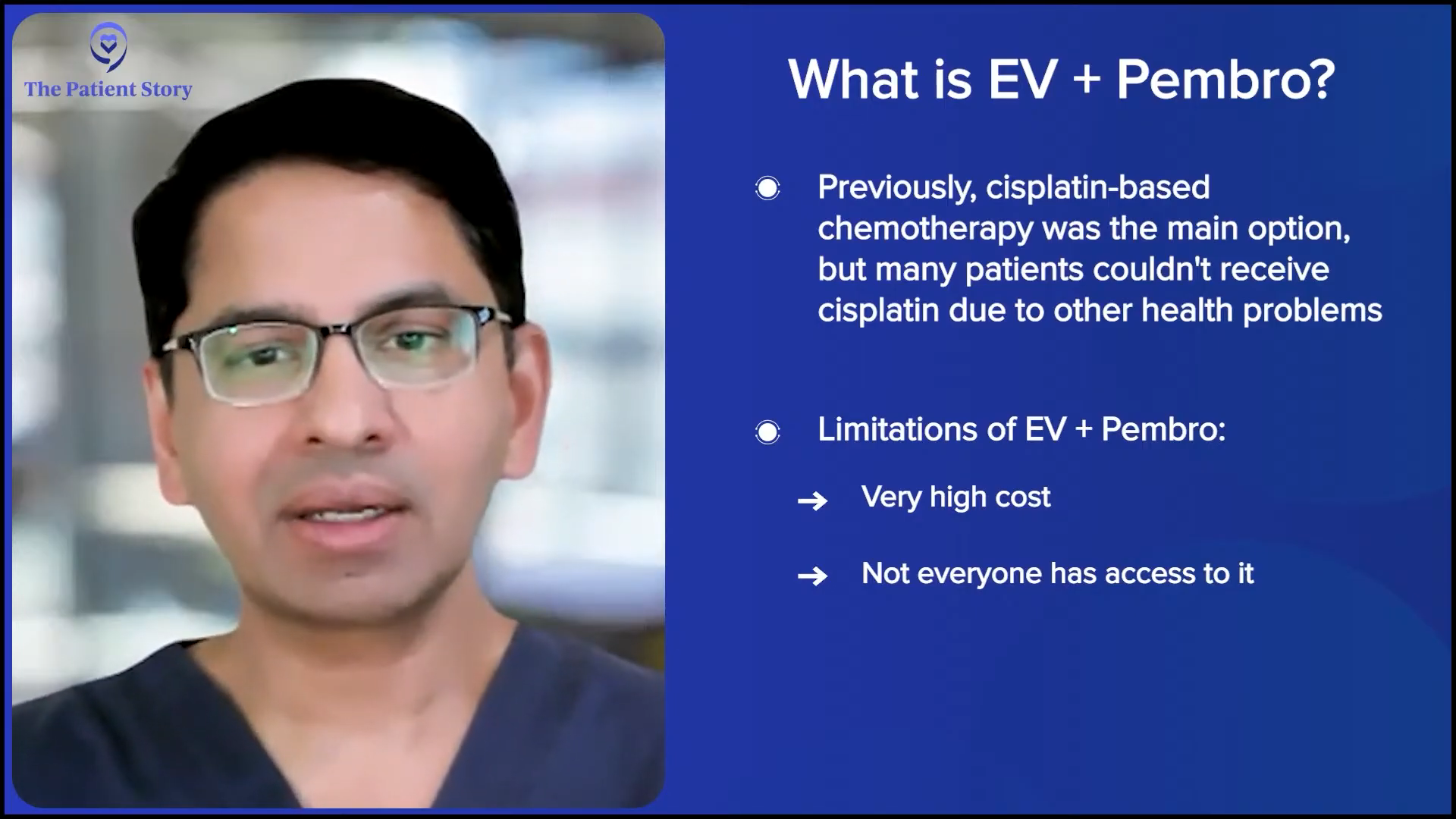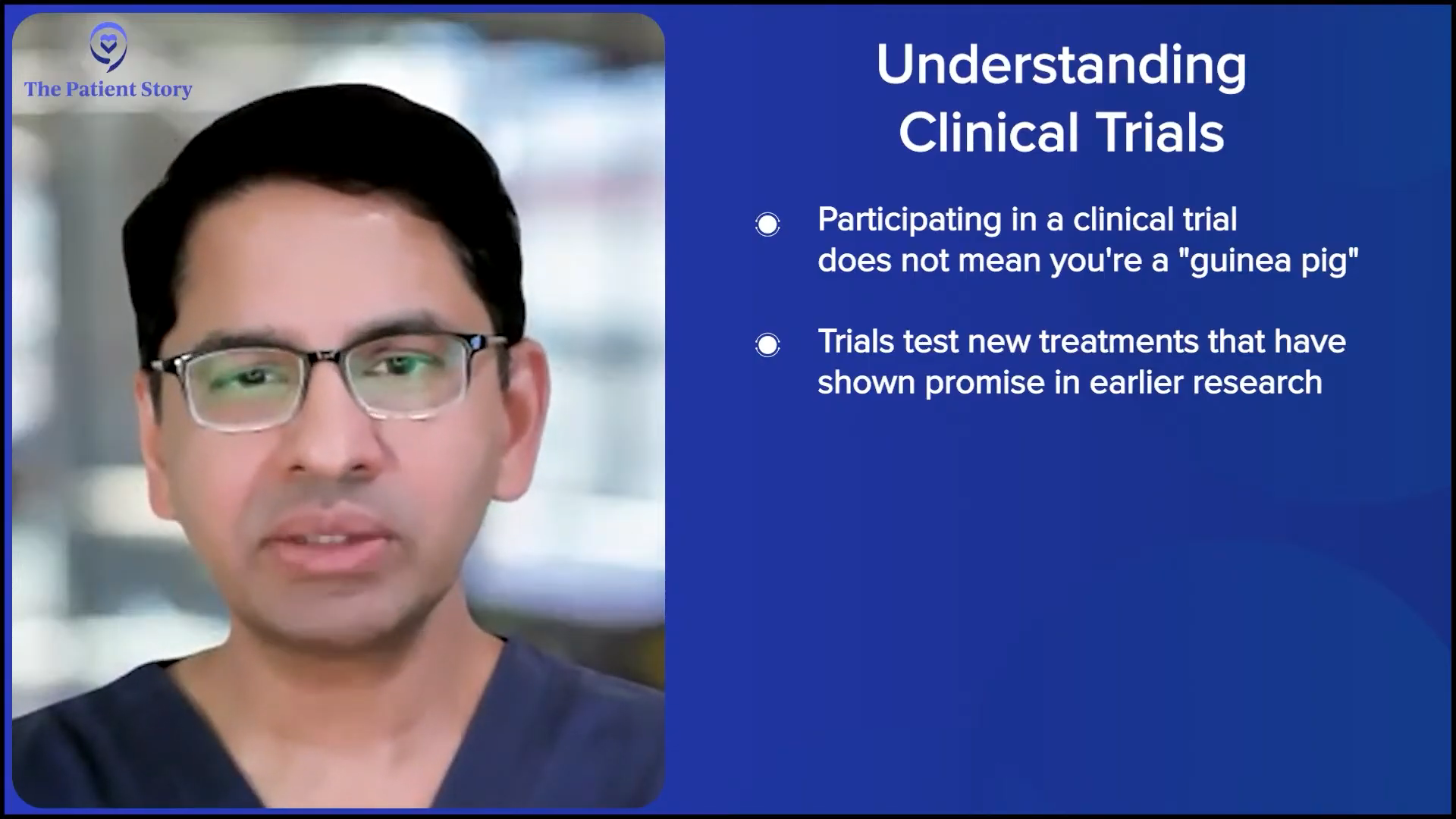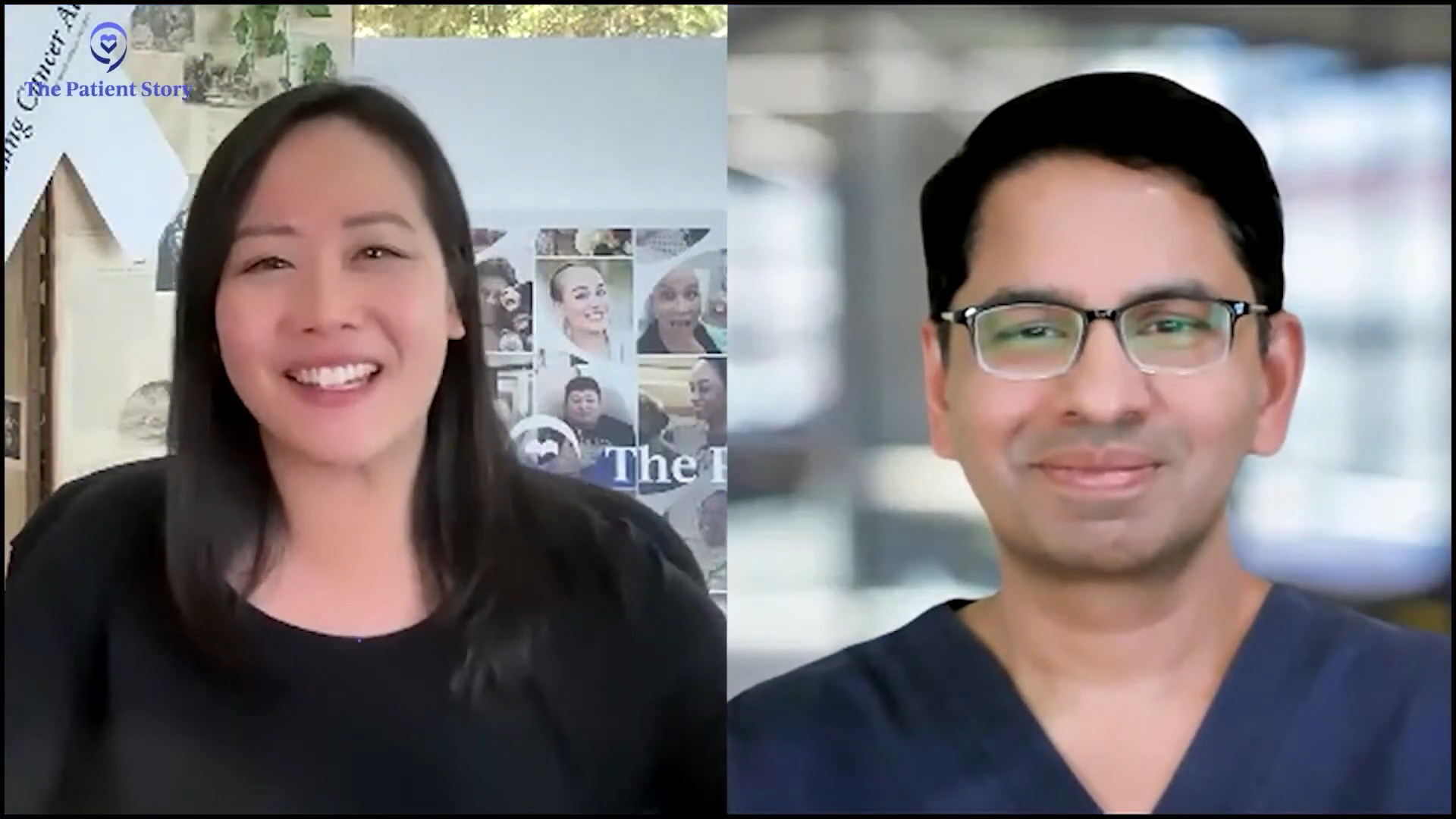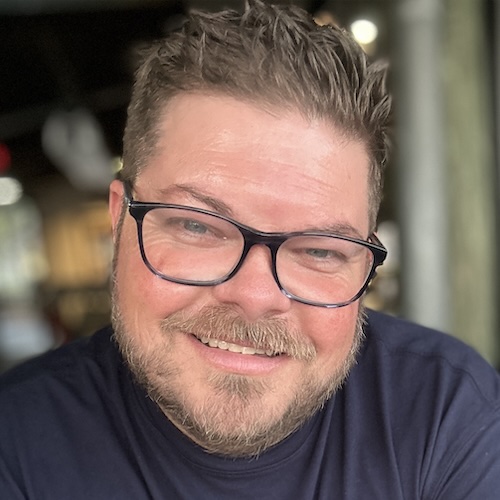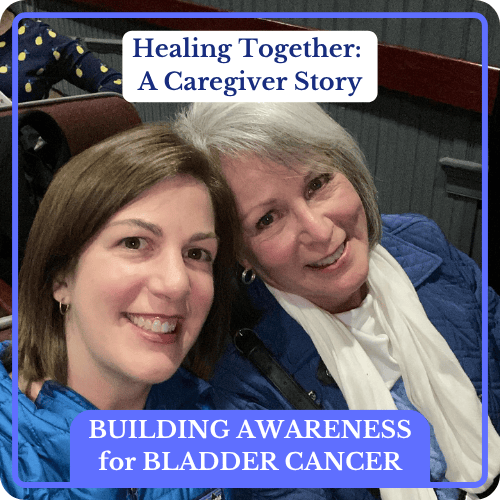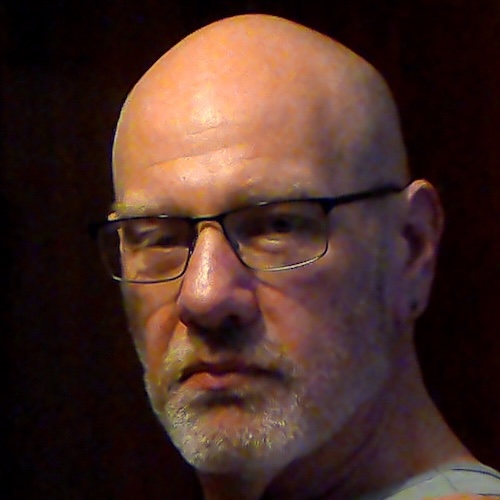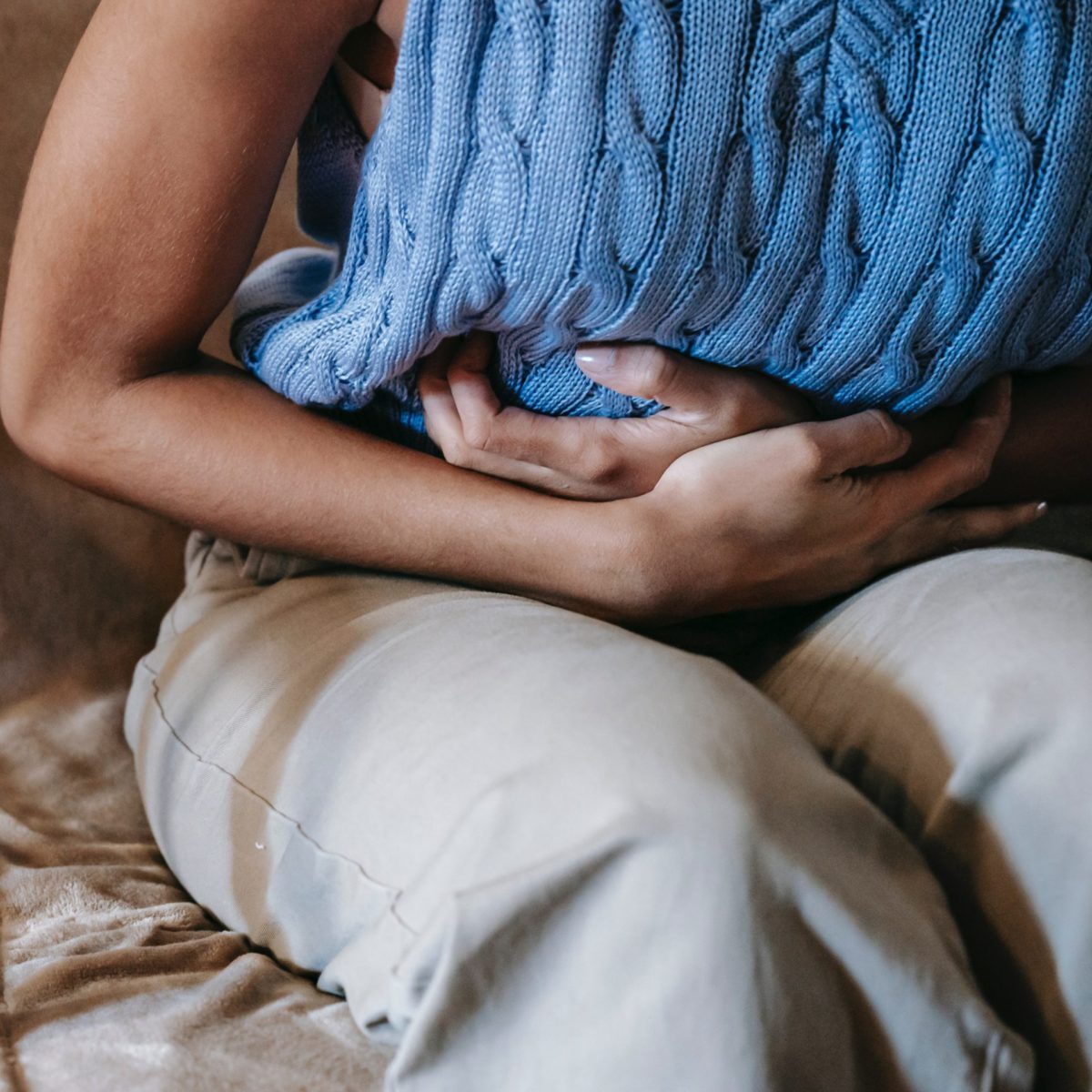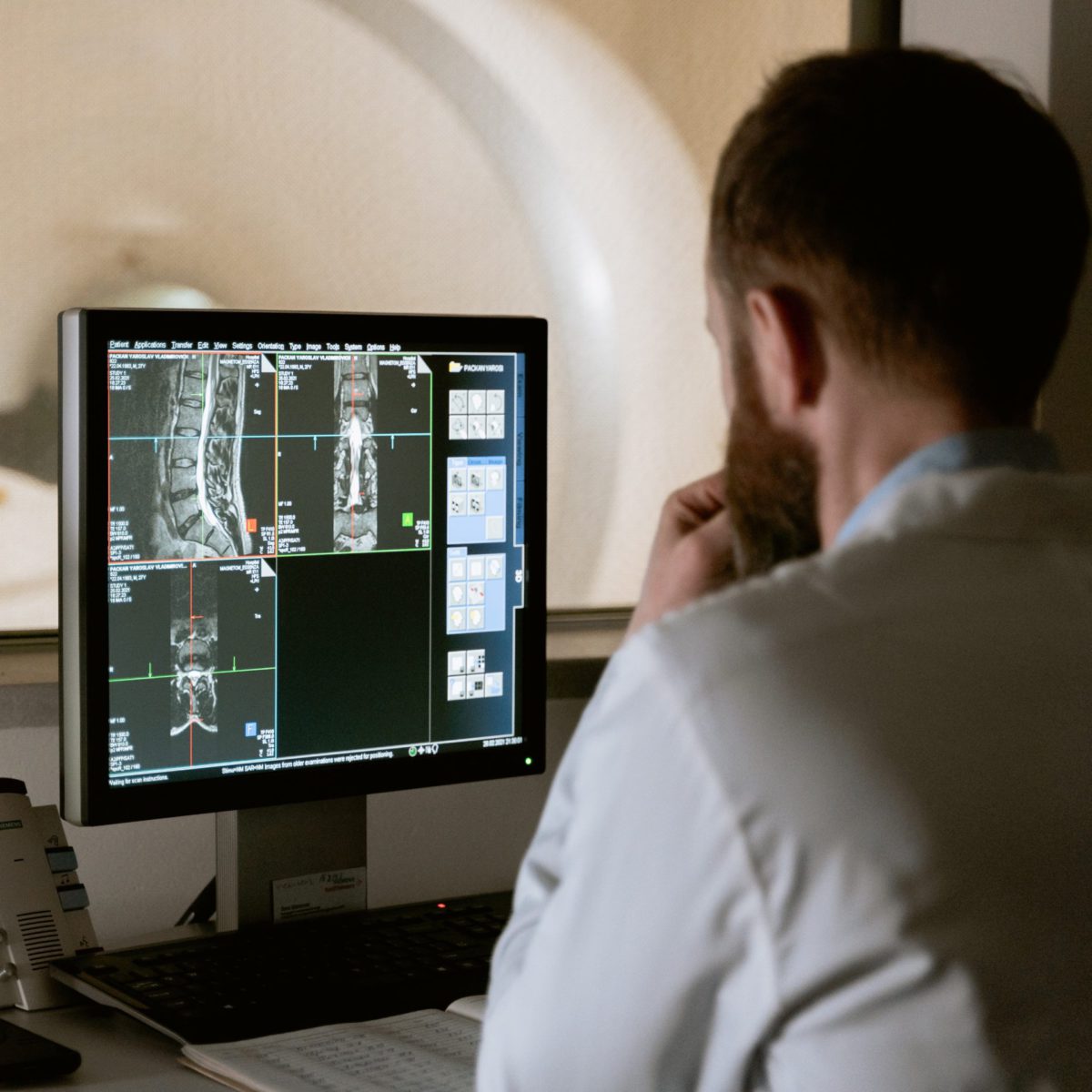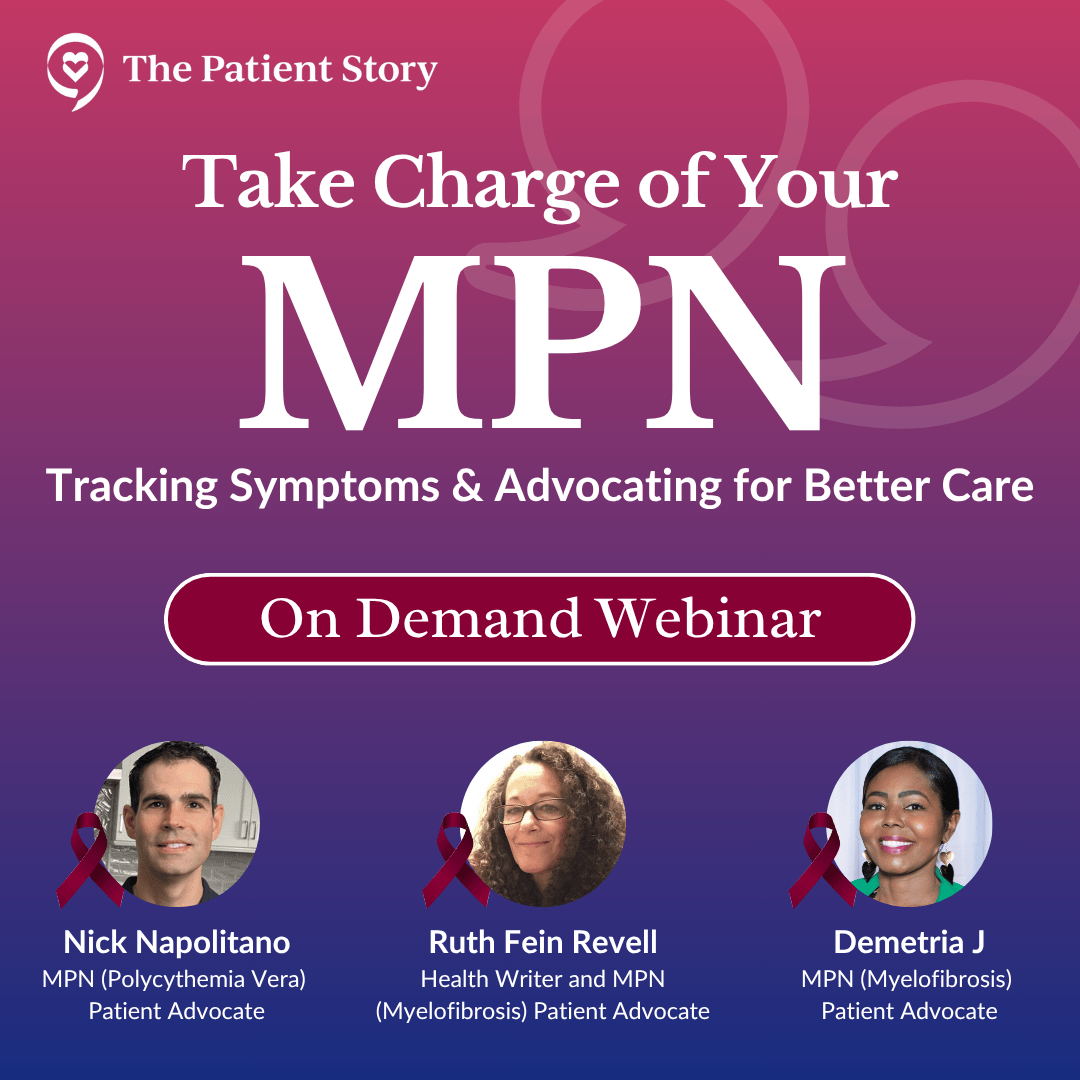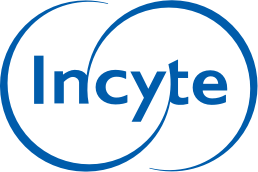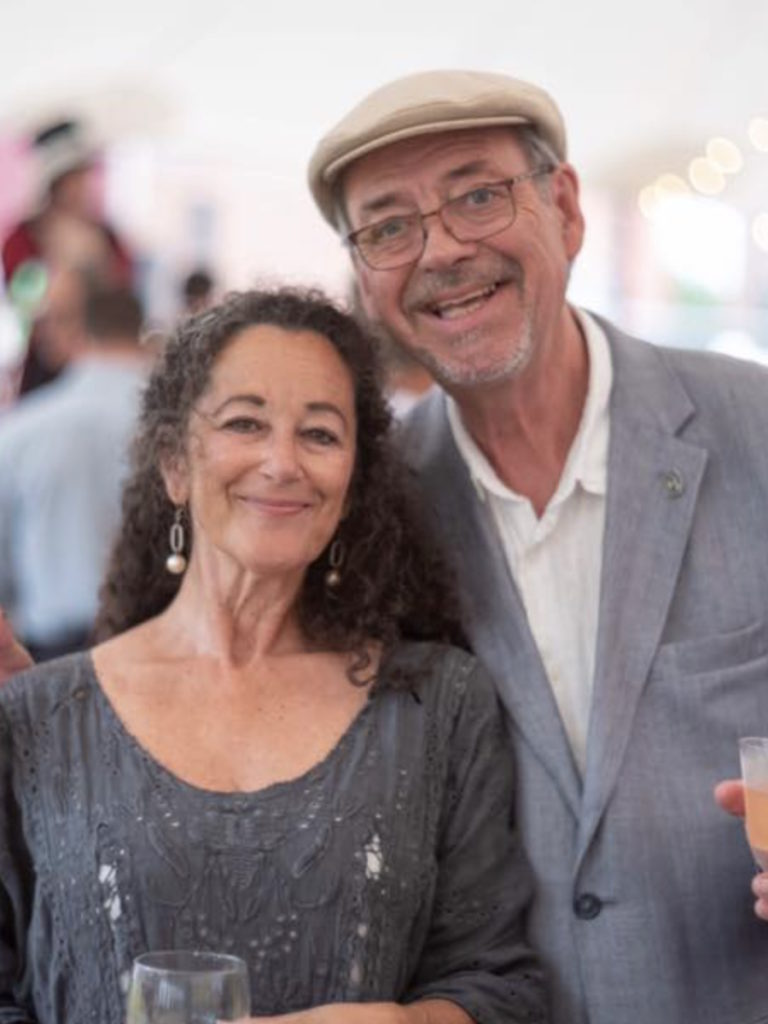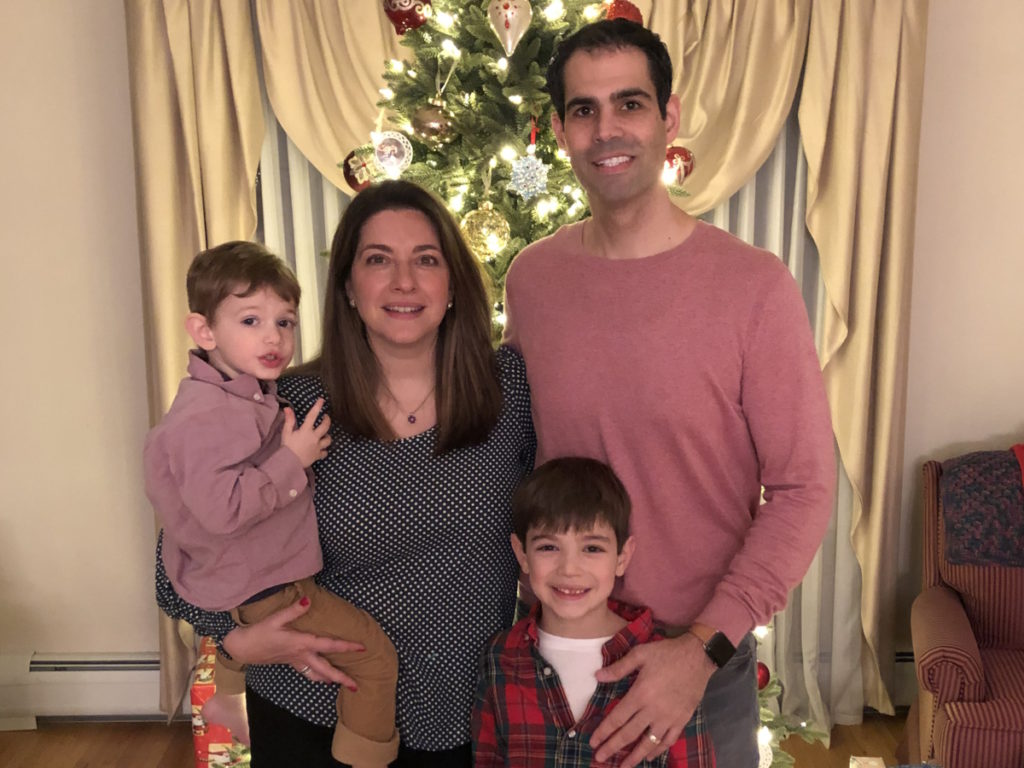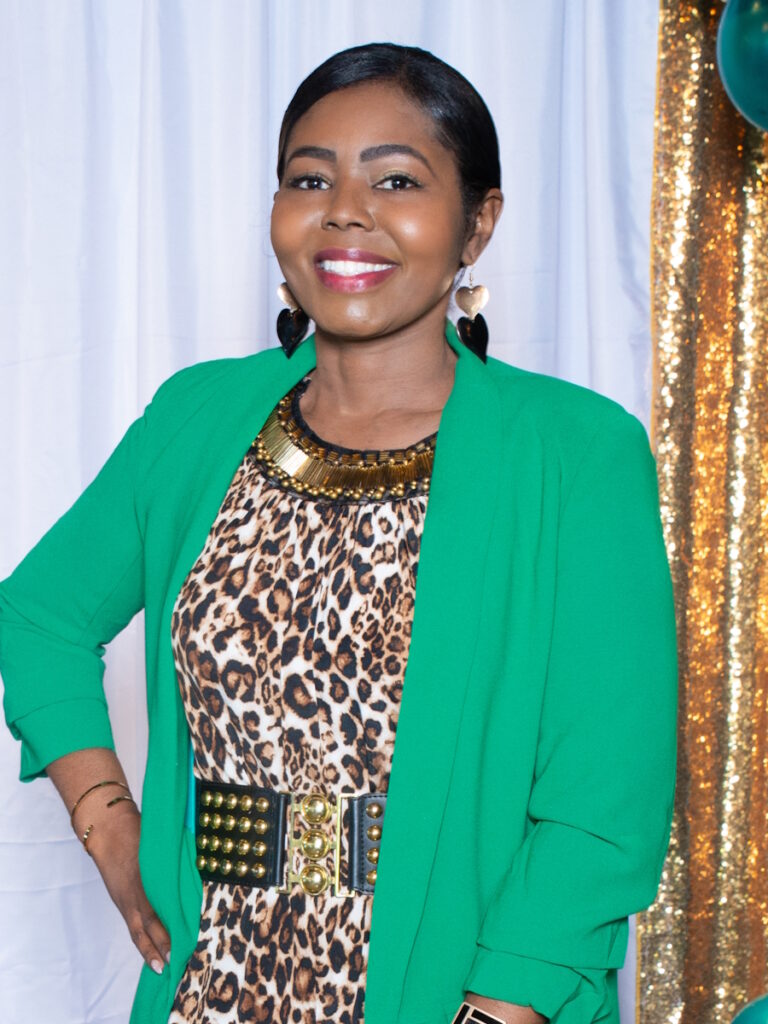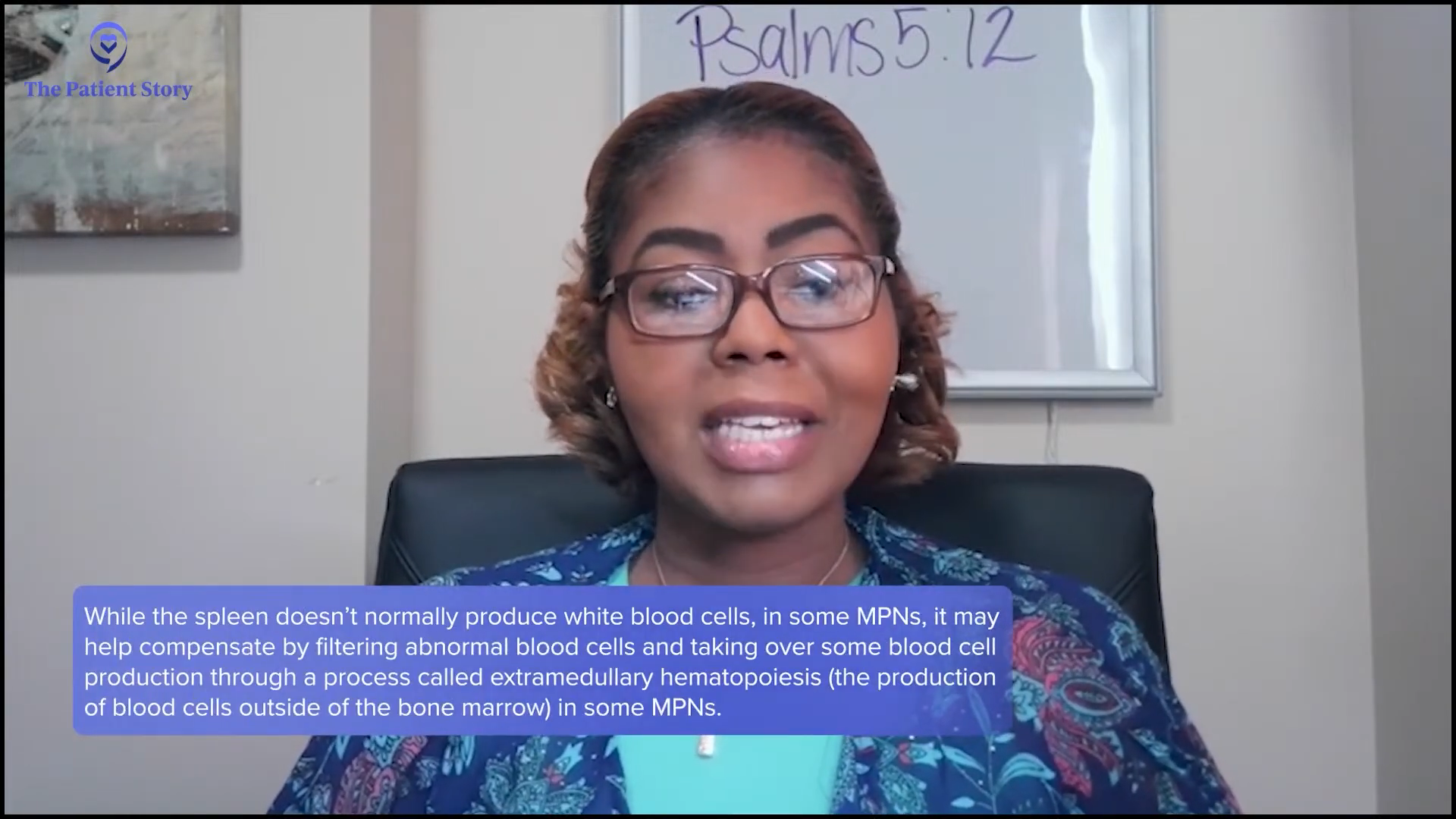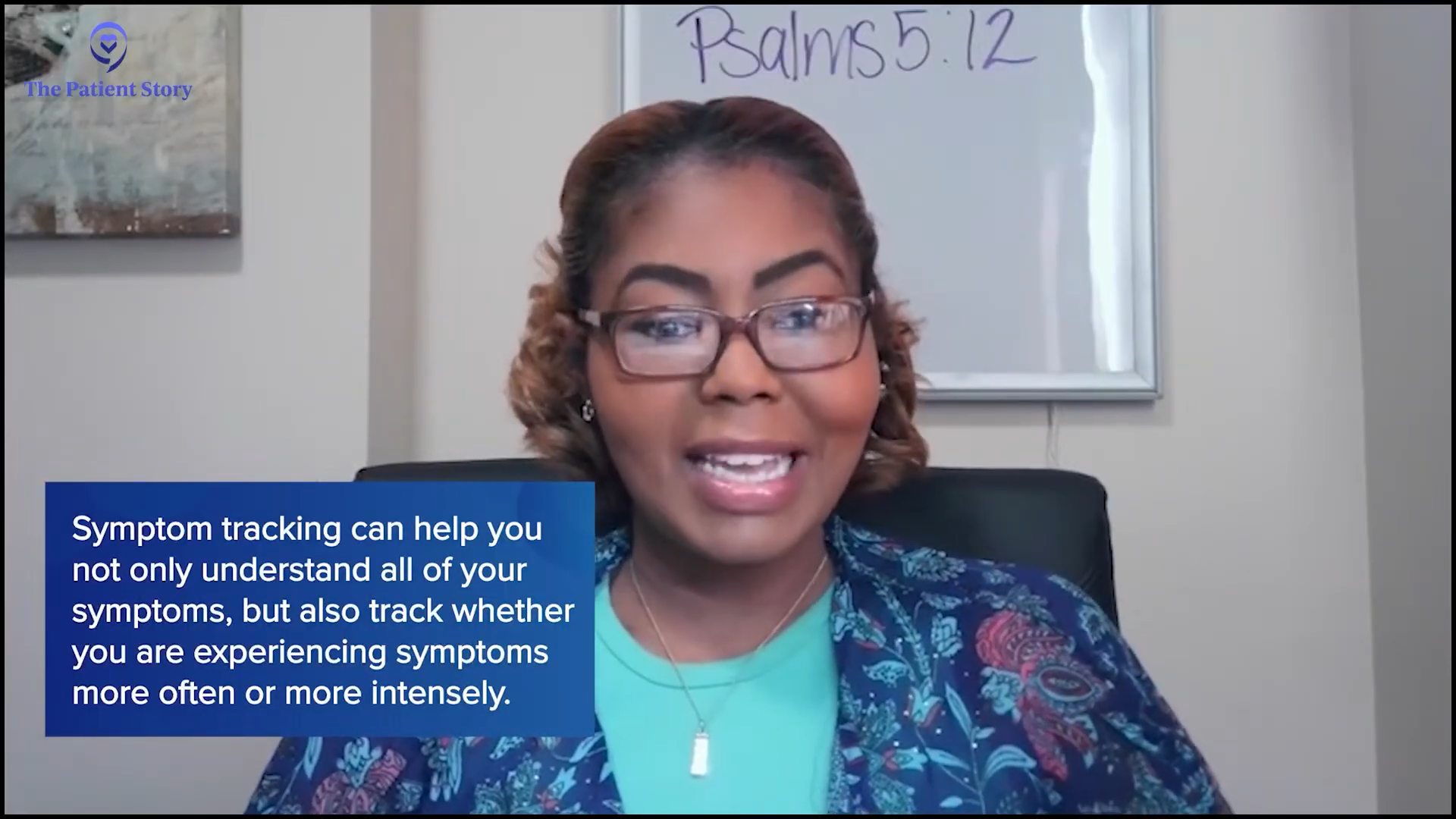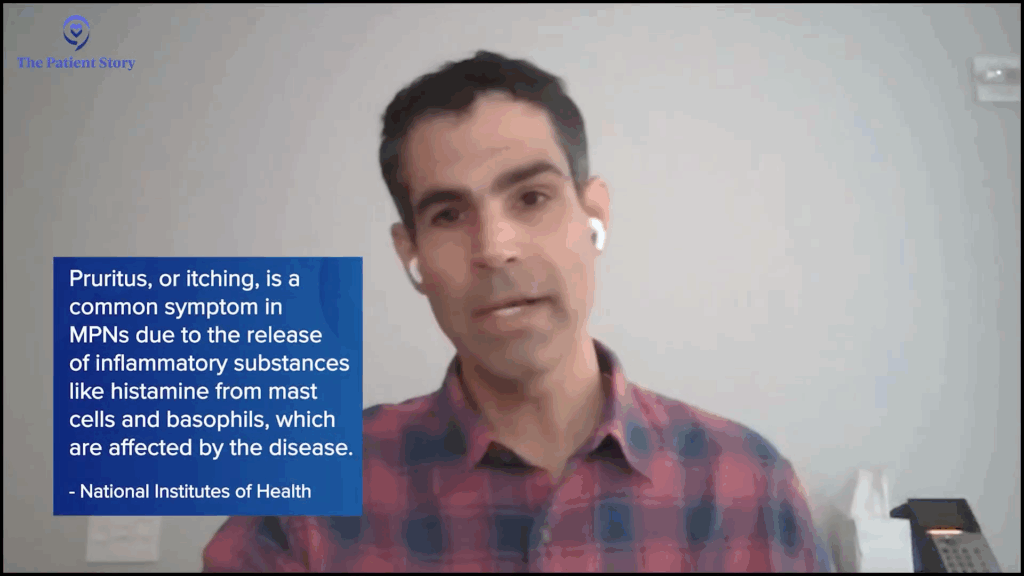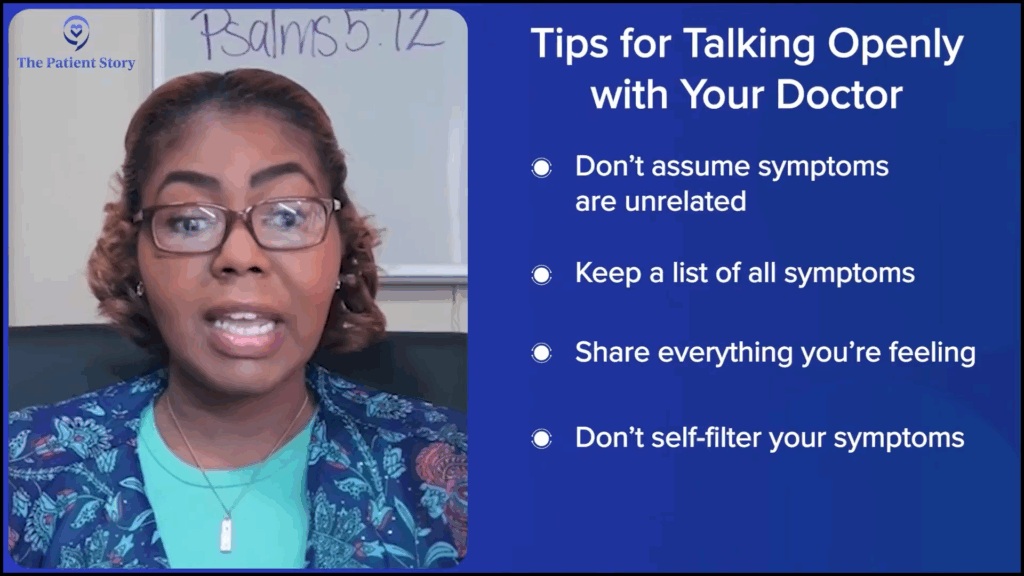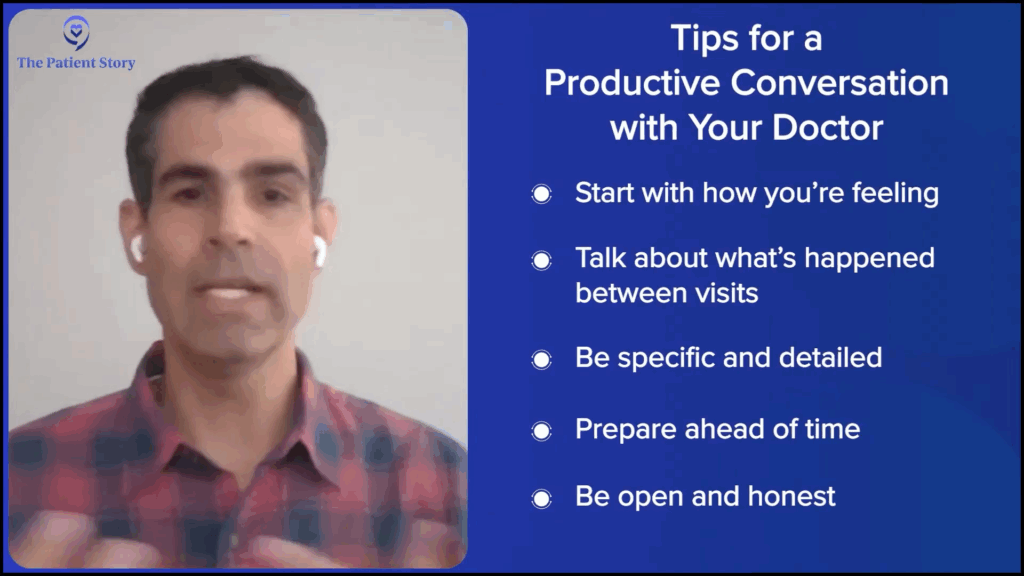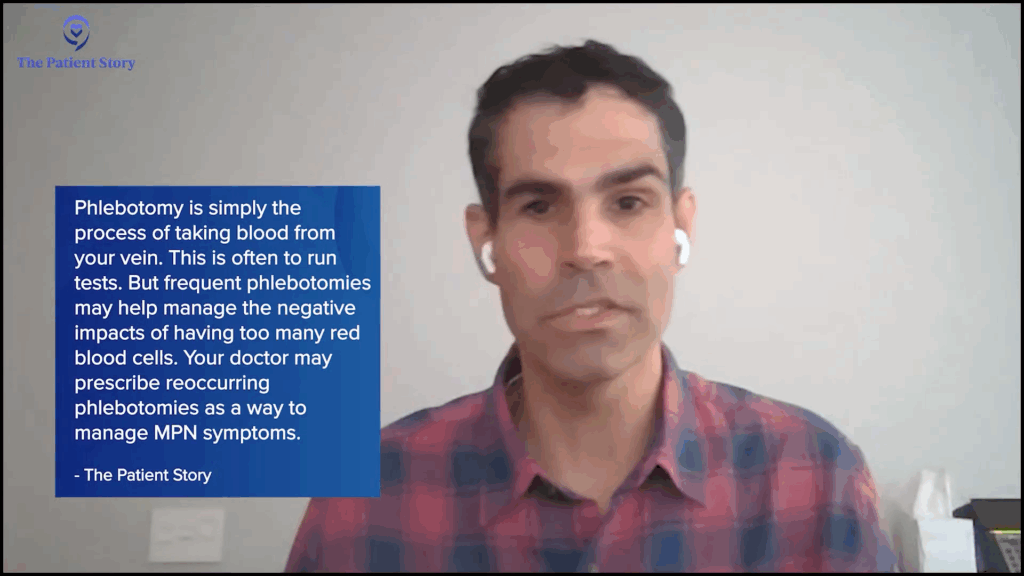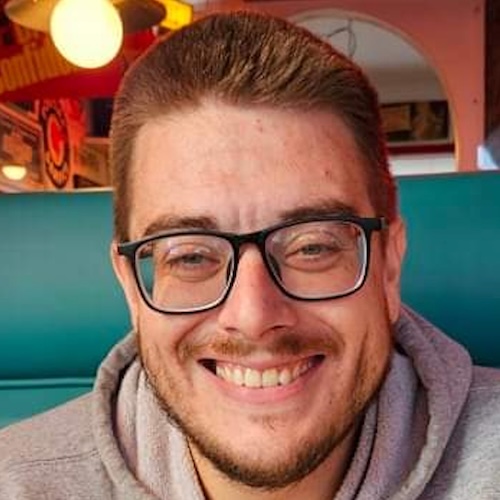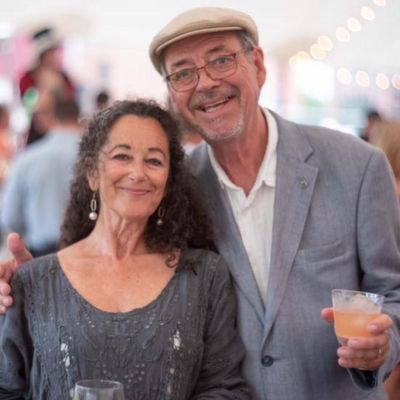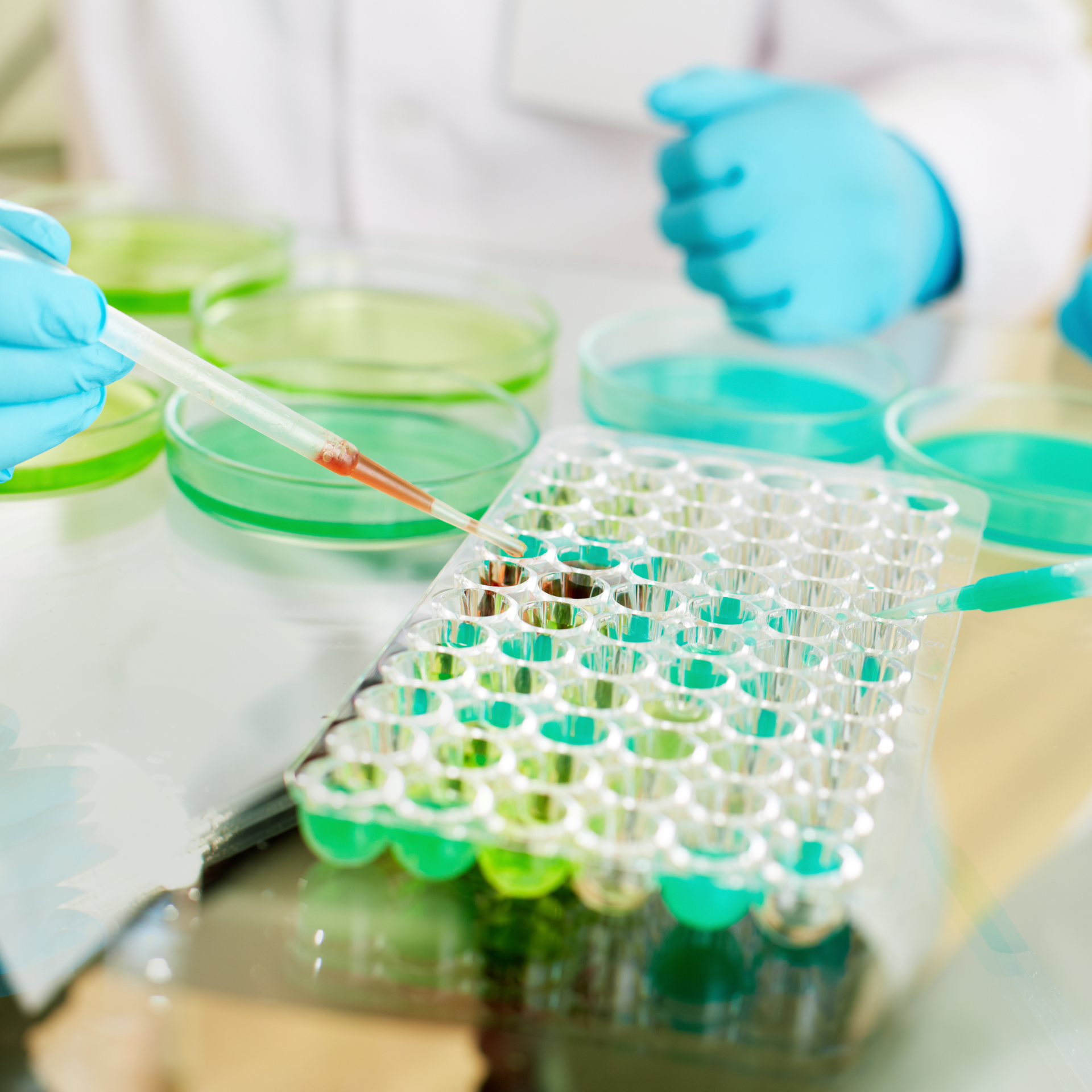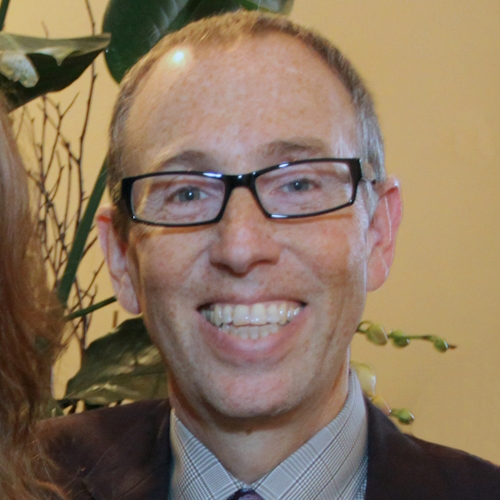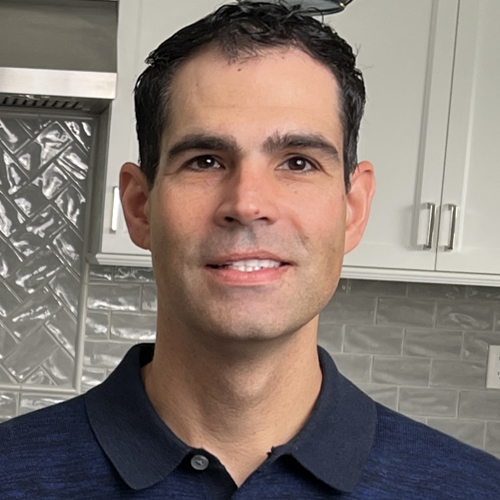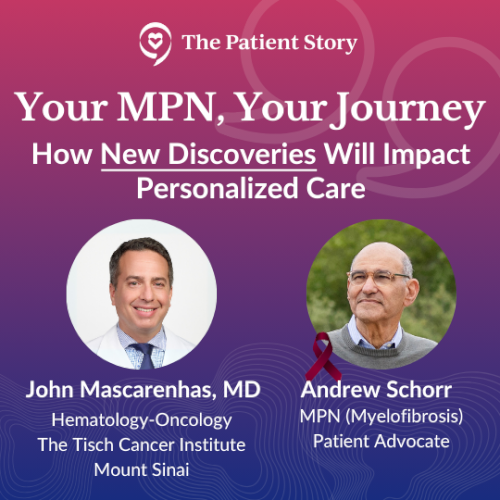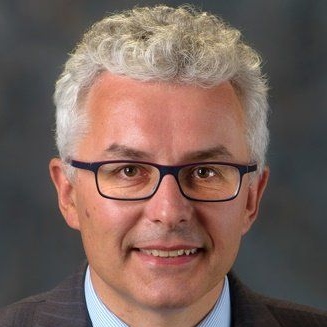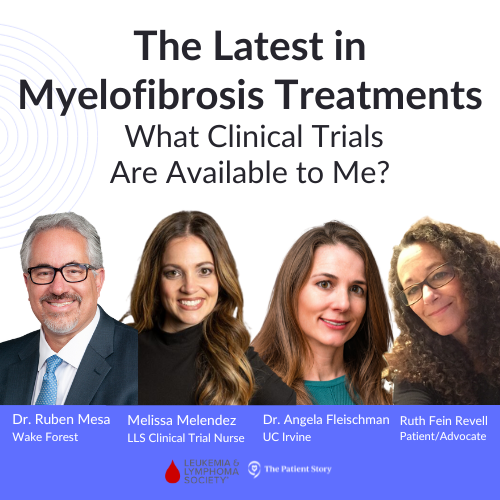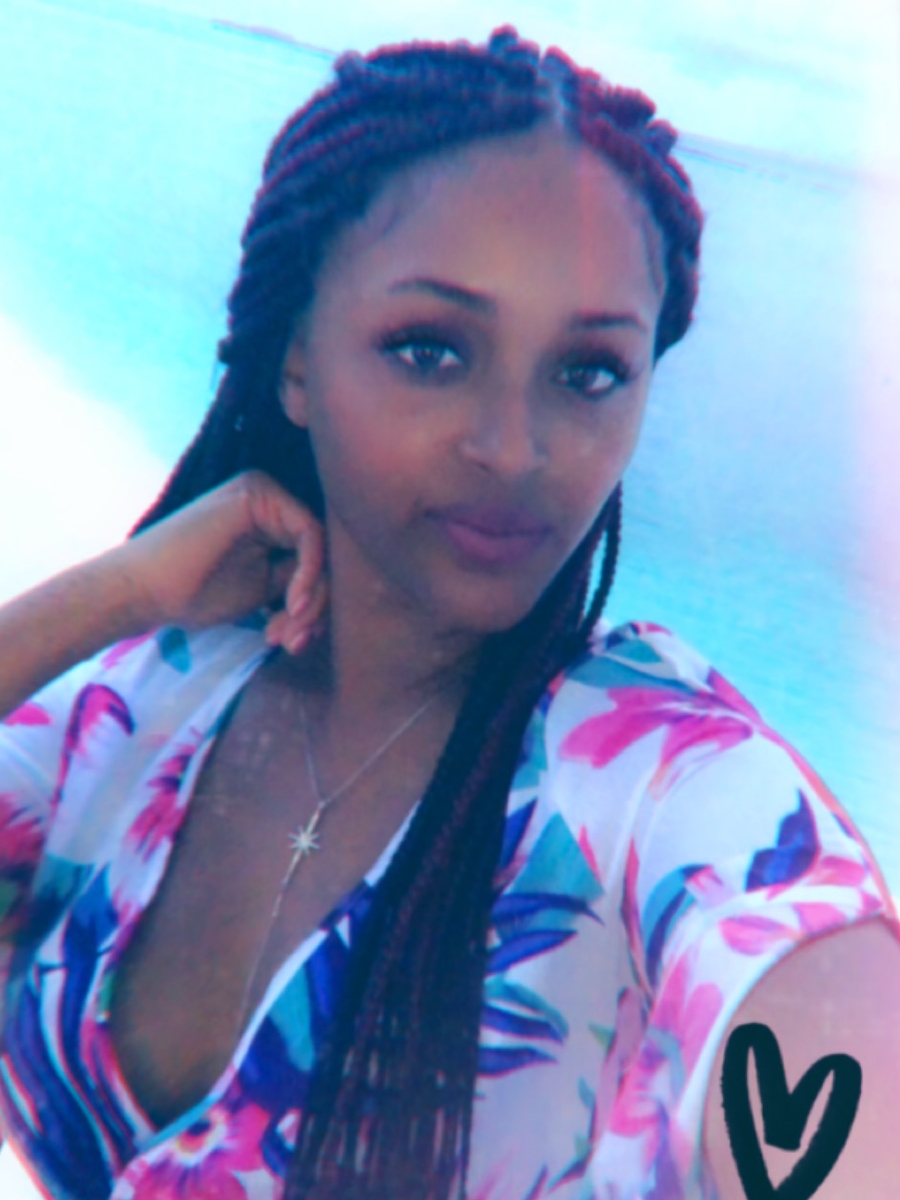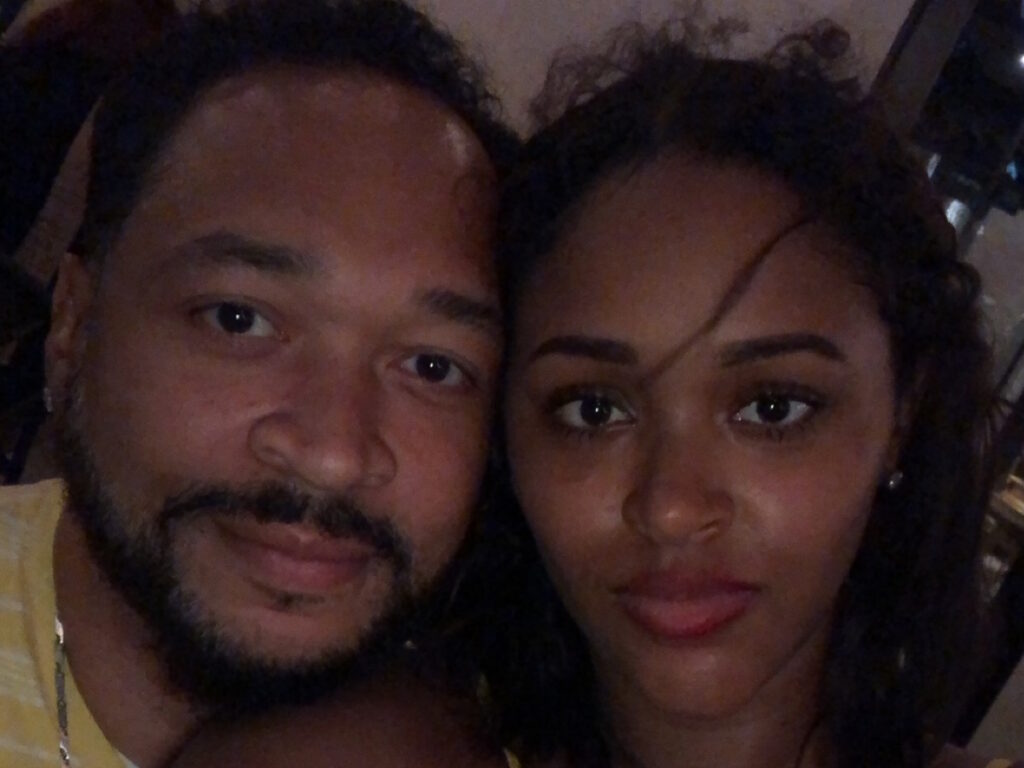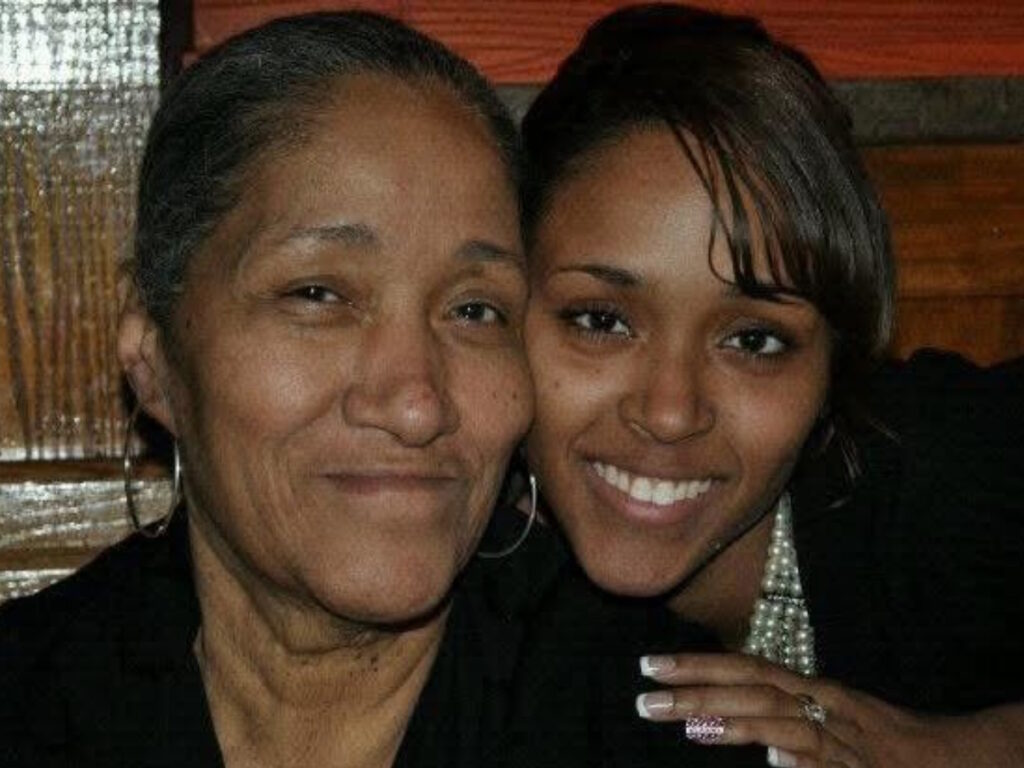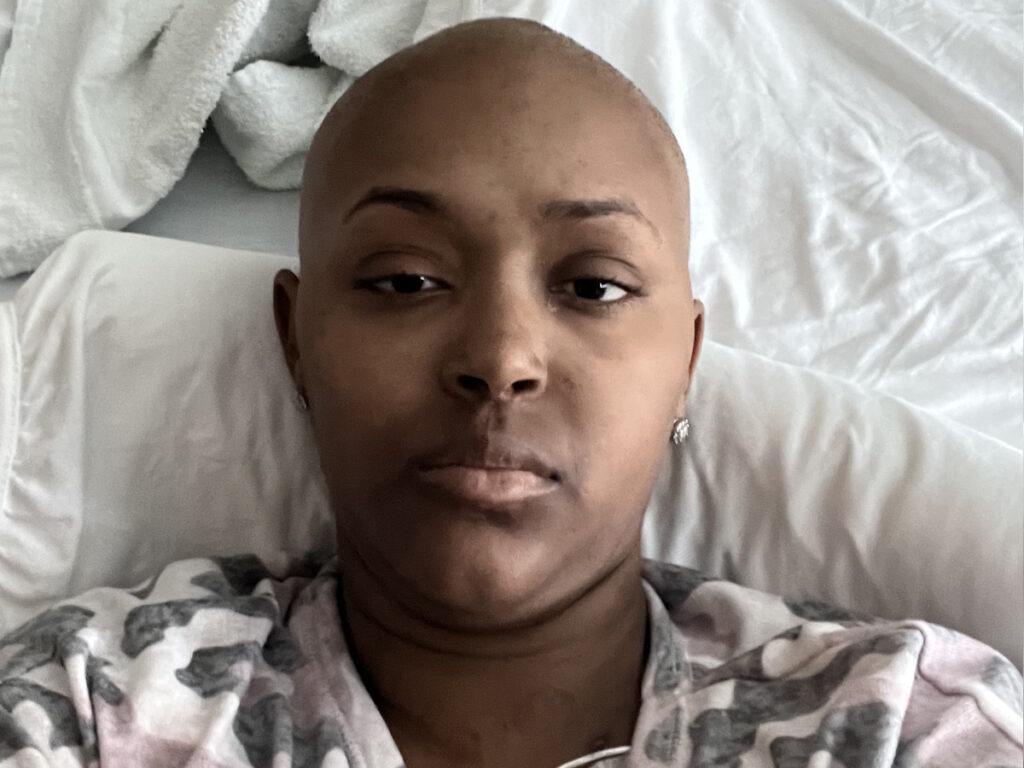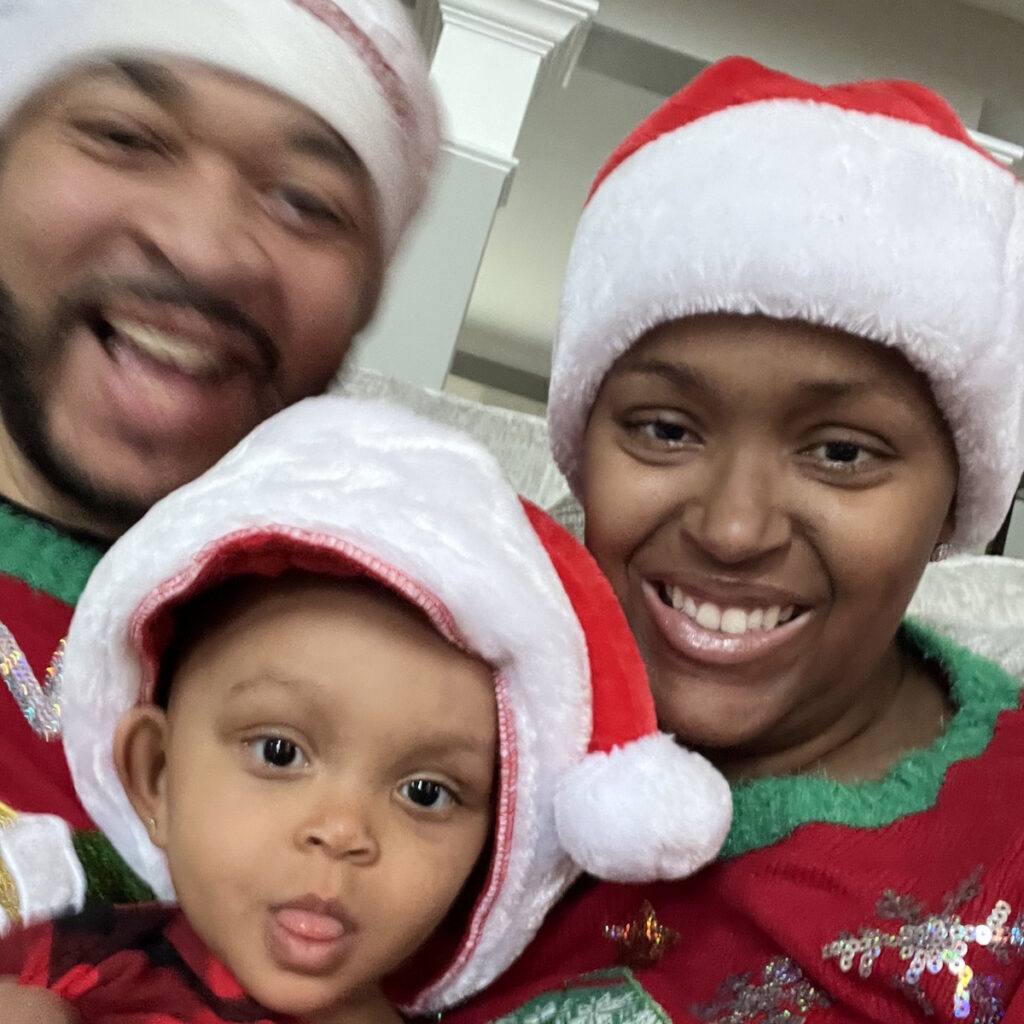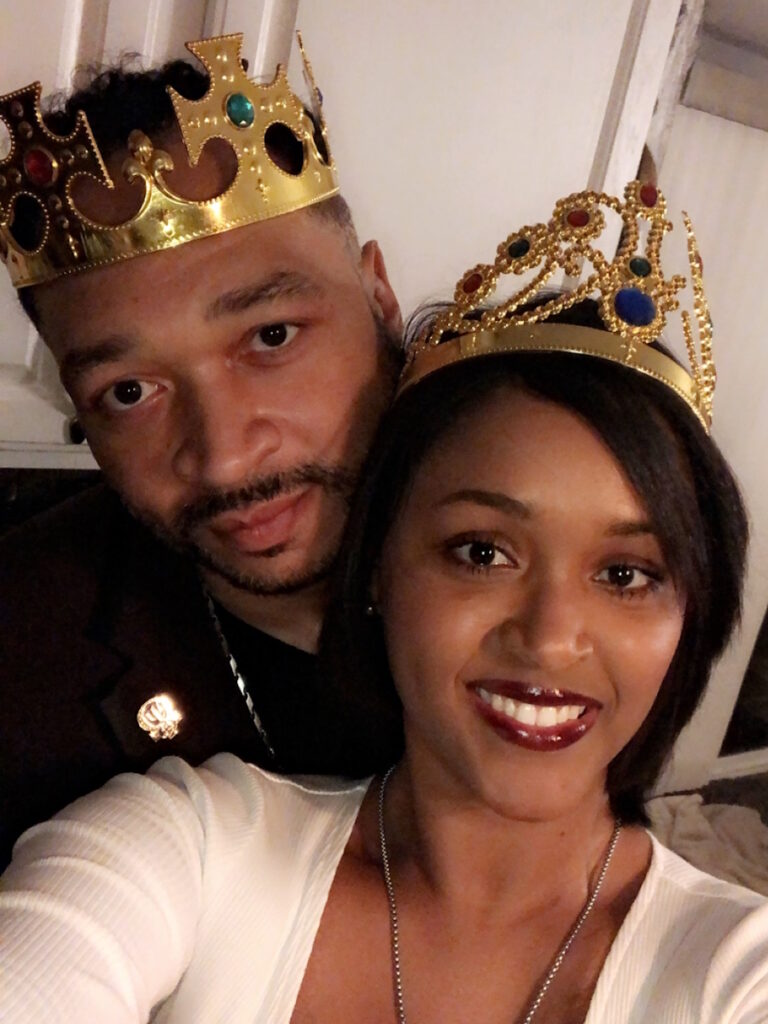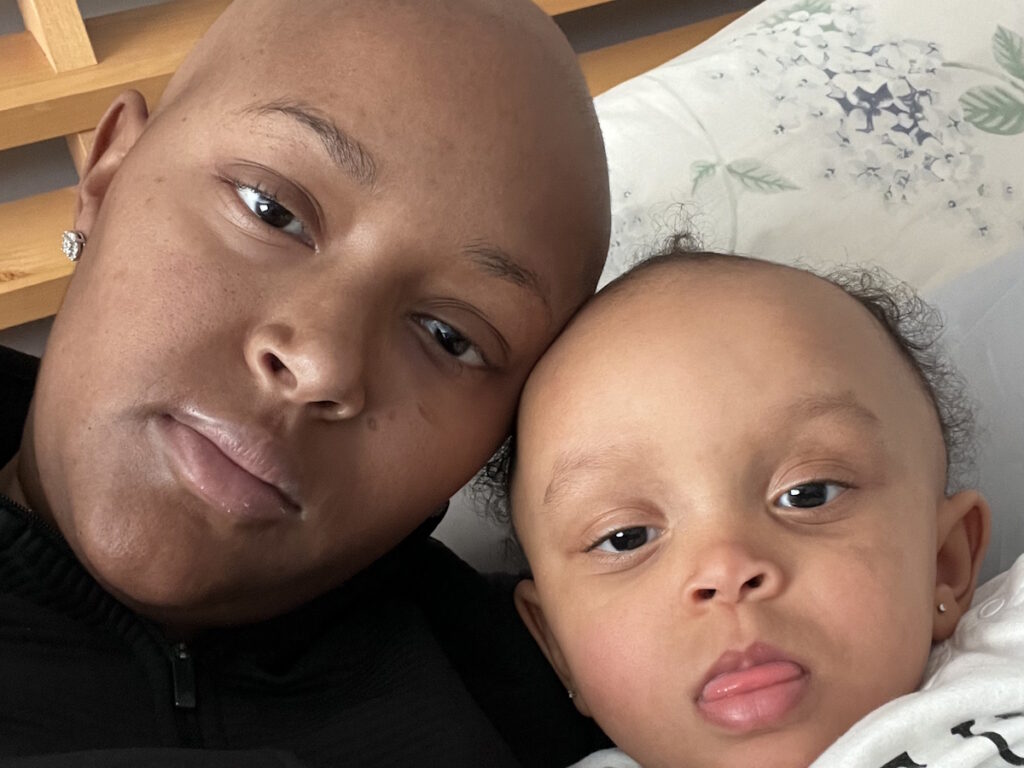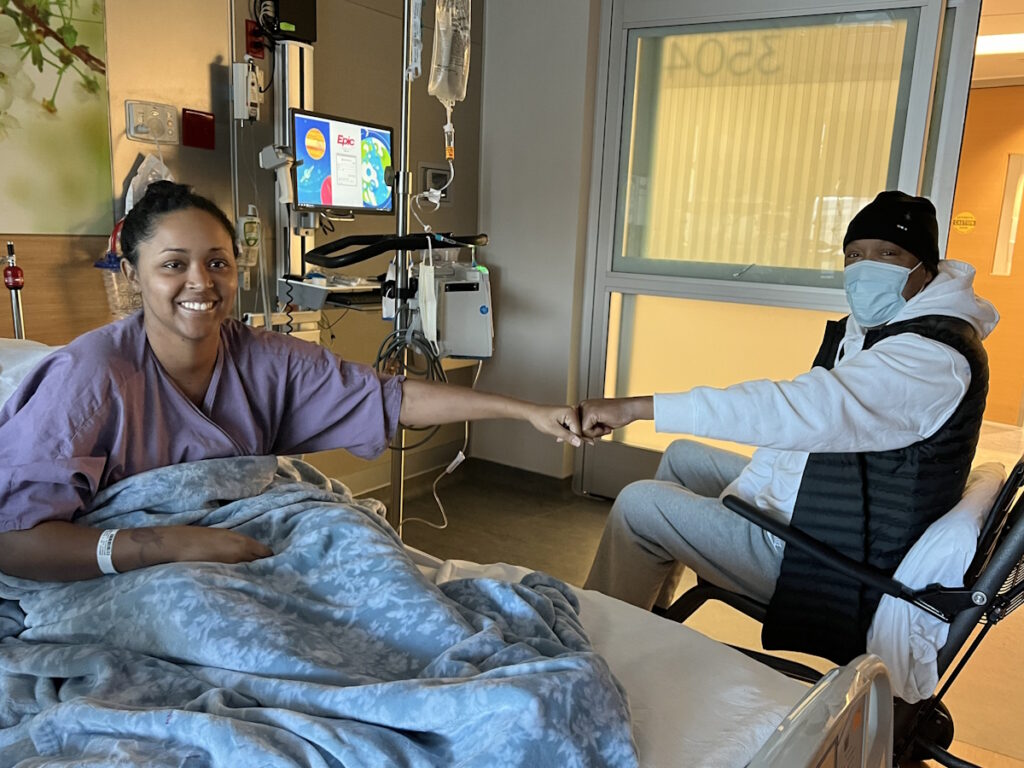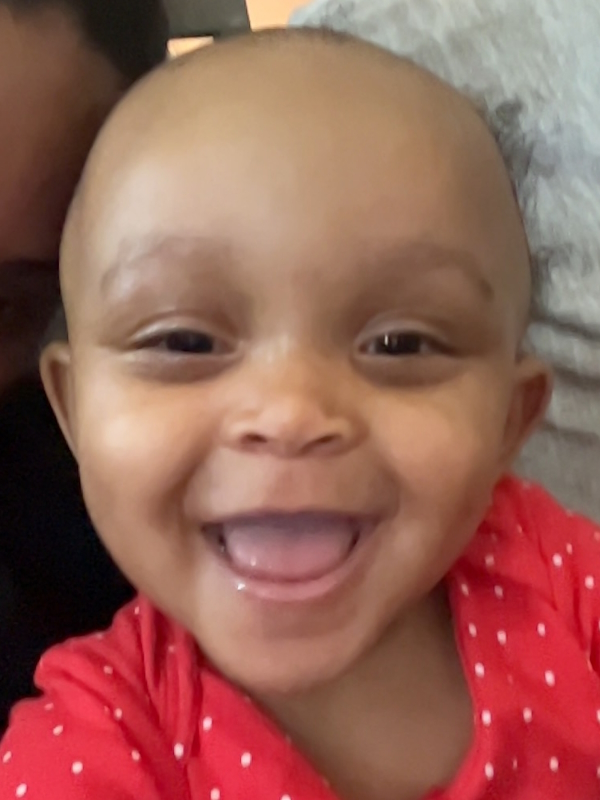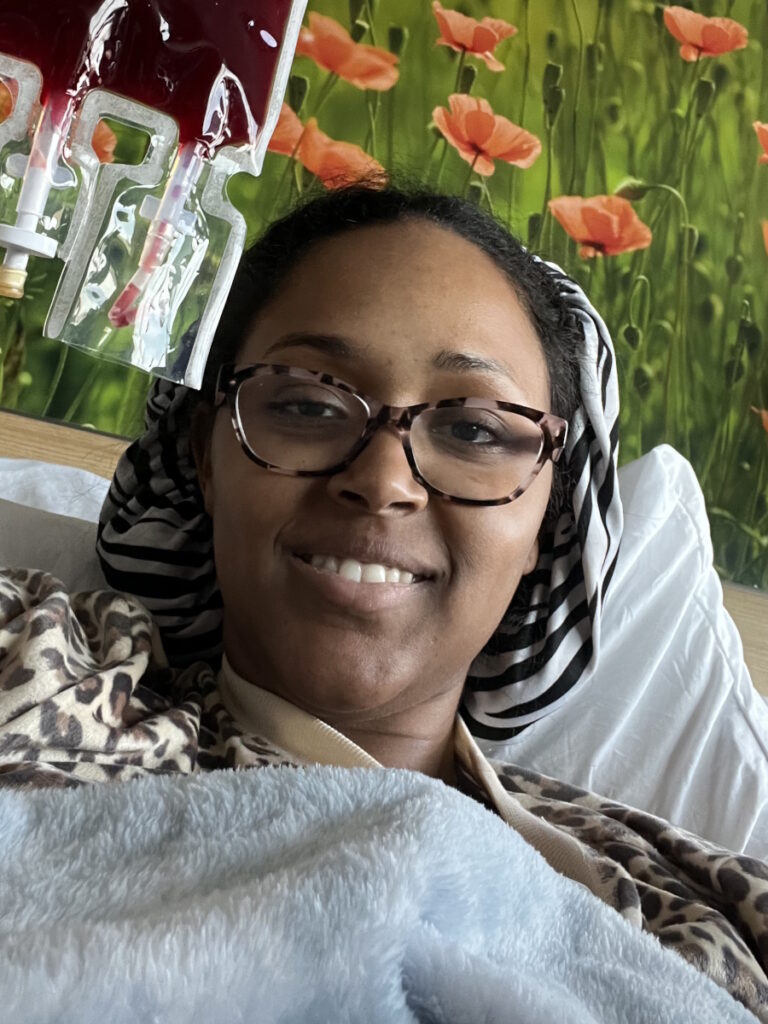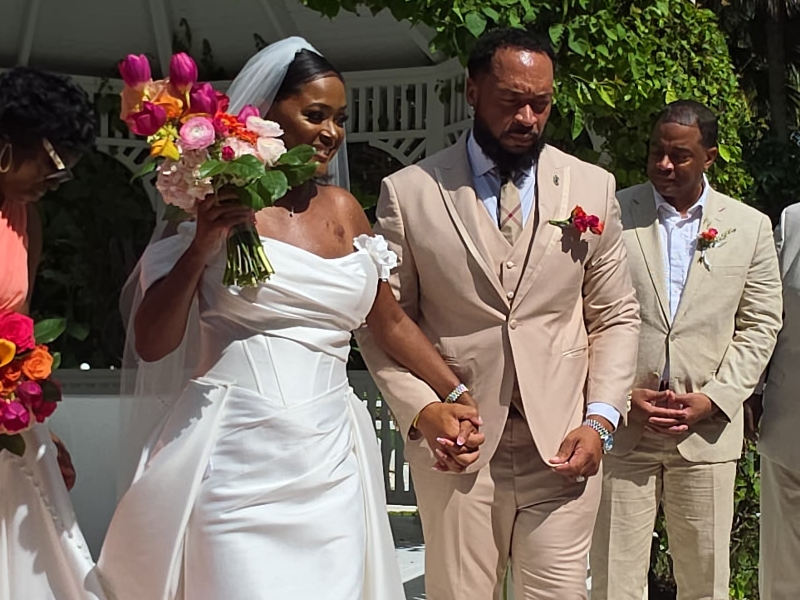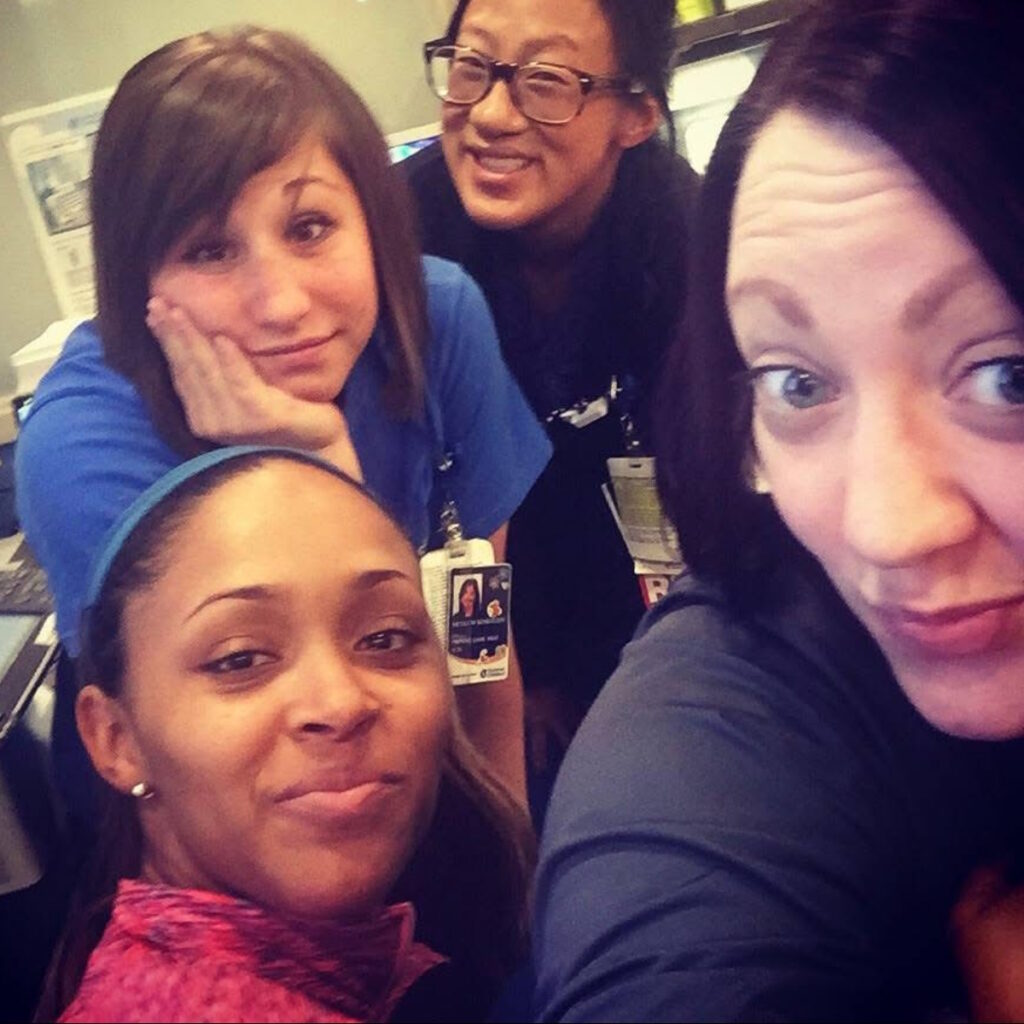Finding Peace in Hospice: Alyssa’s Stage 4 Stomach Cancer Experience
If you have ever been to our YouTube channel, chances are you have seen Alyssa and her stomach cancer video on the home page. Millions of people have watched her story. Thousands have left messages of support or started conversations under the video to share their own experiences, ask questions, and talk honestly about cancer. Alyssa isn’t just telling her story. She’s helping create a community of people who could see themselves in her, who maybe felt more empowered and less alone because she was willing to be so open.
Most of the stories we share focus on diagnosis, treatment decisions, and what it looks like to live throughout care. Alyssa has invited us into a different chapter, one that many people are afraid to talk about.
Interviewed by: Taylor Scheib
Edited by: Katrina Villareal & Jeff Forslund
Since her original interview, Alyssa has gone through 38 rounds of chemotherapy, three rounds of immunotherapy, a total gastrectomy with part of her esophagus removed, and surgery to remove both ovaries and fallopian tubes. After exhausting all available treatment options and seeing her stage 4 stomach cancer continue to progress, Alyssa made the decision with her care team and family to begin hospice care at home.
In this new video, she talks honestly about what hospice means to her, how she is focusing on comfort, connection, and memories with her family, and why she still feels called to use her voice for others.
From the beginning, Alyssa and her care team were honest that the treatments were not curative, only meant to slow the cancer and buy time. As scans eventually showed further spread, she faced the reality that the treatments were no longer working for her stage 4 stomach cancer. Hospice became a way to prioritize symptom management, reduce pain, and focus on comfort and presence with the people she loves. Even as a young woman, she navigated the strange, often stigmatizing process of calling hospice agencies for herself and not for a grandparent, and she found a program that respected her and took her needs seriously.
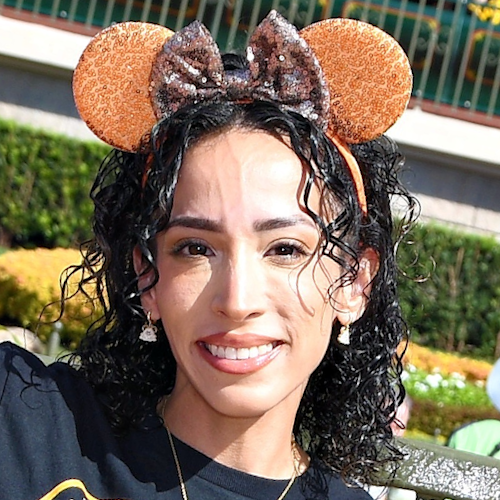
In hospice, Alyssa centers self-care, connection, and meaning. She talks openly about planning her funeral arrangements to ease the burden on her family, recording videos and writing cards for her son’s future milestones, and savoring the little things, like skincare, makeup, and feeling the grass under her feet. She describes each new day as a blessing, often reflecting at night on how precious life feels now that time is so limited. Her hospice experience is not just about decline; it’s also about redefining strength as accepting support, asking for honest communication from her care team, and embracing the love that surrounds her.
Alyssa also uses her voice to advocate for more awareness and research in the stomach cancer community. By sharing her symptoms, treatment side effects, and hospice experience, she hopes to encourage earlier diagnoses, better options for future patients, and a culture where people with advanced disease are seen, heard, and honored.
Watch Alyssa’s video or read the transcript of her interview below to get an update on her story:
- The importance of honest communication with the care team to help understand treatment options
- Why hospice is not “giving up” but choosing comfort, pain relief, and presence with family after exhausting all available treatment options
- How small acts of self-care become powerful tools
- Why it’s okay to feel scared, sad, or guilty, and to seek support so you do not stay stuck in those feelings for too long
- Name: Alyssa B.
- Diagnosis:
- Stomach (Gastric) Cancer
- Staging:
- Stage 4
- Symptoms:
- Fatigue
- Elevated resting heart rate
- Heartburn
- Difficulty swallowing
- Weight loss
- Treatment:
- Chemotherapy
- Immunotherapy
- Surgeries: total gastrectomy; partial esophagus removal; bilateral oophorectomy and fallopian tube removal
- Clinical trial
This interview has been edited for clarity and length. This is not medical advice. Please consult with your healthcare provider to make informed treatment decisions.
The views and opinions expressed in this interview do not necessarily reflect those of The Patient Story.
- Introduction and Summary of My Cancer Journey
- How I Transitioned to Hospice Care
- Why Open Communication with My Care Team Matters
- Coping with My Final Line of Treatment
- My Mindset Now That I’m in Hospice
- Creating Special Memories with My Son in Japan
- What I Hope People Remember About Me
- How Online Support and Kind Words Have Helped Me Keep Going
- What I Have Learned About People and the World
- Why I Started Sharing My Story Online
- A Message to the Stomach Cancer Community
- What My Days in Hospice Look Like
- How Makeup, Self-Care, and Community Help Me Feel Like Myself
- Living with Guilt and Trying to Ease My Family’s Burden
- How My Faith Shapes the Way I Think About Death
- Why Having Platforms and a Voice Matters to Me
- Alyssa's First Video
Introduction and Summary of My Cancer Journey
My name is Alyssa. I was diagnosed with stage 4 stomach cancer in May 2023. Since being diagnosed, I have gone through 38 rounds of chemo and three rounds of immunotherapy. I have had my entire stomach, part of my esophagus, and both my ovaries and fallopian tubes removed. I have done a clinical trial.
I have also lost my ability to eat or drink anything. I have a complete blockage due to the cancer, so I was on total parenteral nutrition (TPN) for three months and then transitioned to a feeding tube, which I have had since March 2025 and is how I receive all my nutrition and hydration.
I have exhausted all lines of treatment that are available to me and with the cancer continuing to progress, we have decided to start hospice. I am now in at-home hospice care, which brings me to today.
How I Transitioned to Hospice Care
From the beginning, we knew that there weren’t any curative treatment options available and at a certain point, we would switch to hospice care. We just didn’t know how long we had. We knew how many lines of treatment we had available. My care team and I had the conversation that once we exhausted these options, hospice would be something to consider.
As we got closer and I transitioned to the final line of treatment, we asked, “What does this line of treatment look like? How long do we expect this to slow down the cancer?” Of course, we didn’t know exactly, but we wanted an estimate. Then we asked, “Once we realize that the cancer is continuing to progress, will we be switching to hospice?” They said yes, if that is what I want.
With hospice, the goal is to manage symptoms and make me as comfortable as possible as I prepare for my final transition. For me, that was a no-brainer. I want to be comfortable; there are no other options available.
I had some extreme pain in my abdomen that I had never experienced before. It was so severe that I went to the emergency room. When I was there, they did their workup, blood work, and scans. The scans came back showing that the cancer had continued to progress to other organs. We concluded that the chemo I was on was not working. Then we had to make the decision: What do we want to do next?
We weren’t going to continue with treatment that wasn’t working and since there were no other options available, I could just continue with life and let things happen naturally. Or I could utilize this great resource of hospice, where they focus on making me comfortable. They explained what that looks like. I definitely want to be comfortable. I’m in a lot of pain, so I’m ready for that.
They shared some hospice facilities that I could utilize. I was told to interview them, which was overwhelming because I thought, “How do you even begin to interview? I had no idea what I needed, what I wanted, or what I would need in the future.” The good thing is that my cancer center sent me a resource with some questions that might be important to me.
I called different companies, asked questions, and then chose the company that I felt best met my needs. That process was a little weird because I am so young. Calling these companies, I would tell them I wanted to set up hospice care for myself and explain where I am at. A lot of them would say, “Okay, so for your grandma, we are going to do this,” and I kept saying, “No, this is for me.” It brought me back to the realization that, yes, I know I sound very young, but unfortunately, this is where we are. It’s a weird process, but I feel at peace with it, knowing that it will make me as comfortable as possible.
Because I have had these conversations with my family, it has helped them be more comfortable and prepared them along the way. I would say, “Once we get to this point, it is hospice,” and now that we’re here, of course, it still feels heavy. It feels like this is the final chapter and that we’re down to the last days or weeks, if we’re lucky. It definitely feels heavy, but I’m grateful for my care team, my family, and my friends. Without all that support, I don’t think I would be handling it as well.
Why Open Communication with My Care Team Matters
Keeping the line of communication open is very important to me because I need to know that my care team is being transparent with me. I need to know that they are aware of what I want and what’s important to me, and that we are constantly on the same page. Things may change; I may start to feel differently, or things may change with my health, and we may need to discuss that. So open communication is very important.
I go into appointments with questions and they know I am going to circle back on what is important to me. They are often prepared and will say, “I went ahead and did this beforehand because I know you’re going to ask about this.” That makes me feel better as a patient, knowing that I’m not just a patient to them and that they care about me and what matters to me.
Coping with My Final Line of Treatment
Being on the last line of treatment available, I knew this was the final shot. This was the last thing we had to slow this down and buy me more time, which is heavy. I know that once you switch to hospice, that turn is very quick — from being up, moving, and talking to not talking, being in bed, and not being able to communicate with my loved ones. That makes me sad because I carry a lot of guilt with that.
I focused on self-care, self-love, and self-soothing during my last line of treatment. On chemo weeks, if I went in on Wednesday, starting Monday, I did all the things to help my mind prepare for the next round. Each round was so intense. It was painful and emotionally draining. I would choose some of my favorite foods. I’m not able to eat, but I would chew them and spit them out to get the flavor. I knew my taste buds would change once I was on chemo, so I wanted to get that in beforehand.
I made sure not to take on too many tasks or stress about cleaning and all the things that needed to be done. Those would be pushed to next week because chemo week is so intense. I know what I’m facing and I want to be in the best frame of mind that I can be. I focused on skincare, meditating, journaling, and lots of grounding. I love to stop on the way to get the mail and put my feet in the grass, put my arms up, feel the breeze, listen to the sounds of nature, and connect with what’s going on in the world.
Being present in those moments helped soothe my soul and ground me because there is so much out of our control. If I can do these little things here and there, it helps me feel better about the situation.
My Mindset Now That I’m in Hospice
It’s heavy being in hospice because I know we’re no longer doing anything to slow this down. There’s nothing available. I know my days are numbered even more than ever before and I feel like there is so much I want to do to help my family and friends. I want to leave videos and letters behind. I want to write cards for my son.
I’m going to be missing out on a lot of things, so I have cards for his 18th birthday and his high school graduation. I have so many things to fill out and write, but I don’t know how much time I have, so it’s a lot. It’s heavy, but I try not to allow that to stress me out too much because I don’t want to stress so much that I miss the moments. I am down to my final moments. I want to create memories with my family and enjoy every moment that I have.
Every day that I wake up, I think, “I saw another day. This is amazing. What am I going to do today? Who am I going to spend time with?” I have been very blessed. I have had a visitor every single day since I started hospice, whether that’s a friend, coworker, or classmate. People from different parts of my life have been visiting me every day. I feel covered in love and I am enjoying those moments.
It’s a lot, balancing what I want to do and not knowing how much time I have. I know it’s going to be a quick turn once I’m no longer able to do these things. Day to day, I try to take it one moment at a time. Nighttime is heavy because I reflect and think, “I just got another day,” and every night it hits me that life is precious. You feel the weight of that when going through something like this.
Creating Special Memories with My Son in Japan
From the time my son turned seven, he told me that he no longer wanted birthday parties and just wanted to travel places with me. At that time, I was a single mom, and I thought, “What do you mean no more birthday parties? You’re only seven.” I thought it was so sweet that he wanted that, so that year, we went on a little trip.
That was also the year I met my spouse and our dynamic changed. Now we were a family doing family trips, but we didn’t get to do a lot because life was crazy. It was one thing after another, and we wanted to save money and were struggling financially. We didn’t travel much, but we had a few trips. Traveling was always important to me and something I didn’t get to achieve.
When I was faced with cancer, it felt like it wasn’t going to happen. Then someone reached out to me and said he wanted to gift me something. He asked me to rank 10 places from where I would most want to go to least. He asked who I would want to meet and what was on my bucket list.
We met up and he surprised me with a trip for my son and me to go to Japan for a week. That meant everything to me, to have the opportunity to go out, live life, and step away from everything that was going on. We had been living with this diagnosis for so long. Even though we tried to enjoy our time together, there was no escaping it; it was always there. In that moment, I got to escape. I was able to go to another country, something I thought I would never get to do, and I did that with my son.
We got to see the beauty of Japan. It was so peaceful. We rode a helicopter over Tokyo and had so many great experiences. I had been struggling with bone pain and fatigue with everything going on, but while I was there, I didn’t experience any of that. I was pain-free. I was so happy. We embraced the trip and each other and made beautiful memories. I didn’t think about cancer or how much time I had left. I got to live and be in the moment with my son, which is something we will cherish forever.
What I Hope People Remember About Me
There are so many moments. There are big moments in my life that are important to me: my son being born, getting married, and our recent vow renewal. But as far as what I hope others remember, something that has been important to me throughout my life is leaving a positive impact on others, in whatever way that may be.
Whether it’s inspiring people to go after their dreams or encouraging them to advocate for themselves, I wanted to be someone who left some type of positive impact, even in the smallest ways. I hope that when people think of me, they remember that.
How Online Support and Kind Words Have Helped Me Keep Going
I cannot express enough how much kind words have meant to me. They have lifted me during some of my deepest struggles. I try to stay positive every day, but oftentimes, I feel weak and tired. There were times when I was scared and felt like my body was failing and there was nothing I could do.
Then I had people reminding me: You are strong. You are doing this. Even though you are struggling, you are still in it and that makes you strong. They would say that coming out and sharing this with the world makes me strong. Some people reminded me that making a video takes energy. I had to pause and think about that because it does take energy. I have to prepare and afterwards, I’m exhausted.
For me, it felt like something I was called to do, so I didn’t think about the energy cost. Having people remind me and lift me, telling me that I am strong and inspiring, helped me to continue to be strong, to fight, and to stay positive. That was important.
It’s okay not to be okay and to struggle. But I never wanted to allow myself to stay in that struggle too long because I knew that would be additional stress on my body, which weakens the immune system. My goal was to try to be as strong as I could be because that could buy me more time.
I’m incredibly grateful for all the support and love I have received over these years.
What I Have Learned About People and the World
I have learned that there are so many amazing people in the world who are very selfless. The way they have given their time, energy, and resources, and taken moments to share kind words with me, is something they didn’t have to do. There are so many people willing to do that simply because they care.
My vow renewal was especially eye-opening because it was completely gifted to us. Over 20 vendors gifted their time and resources. We had food, a DJ, photographers, and so many amazing people who made it a dream come true. None of them had to do that, but they chose to make that day special for my spouse and me. That restored my faith in humanity and showed me how selfless people can be. These businesses need money to operate, but for them to give like that to a complete stranger warmed my heart.
Tomorrow is not promised. We never know when our time is going to be up, so it’s important to prioritize what’s important to you.
Family has always been a priority. I always wanted to take trips with my family, but I kept saying I wanted more savings built up or to pay down debt first. I feel like I lost out on a lot of time when I could have made many more memories. I don’t want to say I regret it, but it is eye-opening.
Book the trip. Do what you want. Don’t wait until some “perfect” time. Things can be figured out. Prioritize what’s important to you. If it’s important to make these memories, you will find a way. Don’t miss out because you think you need a little more saved. Go after it. You will be grateful you made those memories.
Why I Started Sharing My Story Online
I was diagnosed after two years of going to the doctor and not having answers. During those two years, I was trying to research what was going on and what it could be, but I wasn’t finding anything. After being diagnosed, I wanted to know what to expect next, but I still wasn’t getting many answers. It’s a complex question, but even with research, I couldn’t find much information about stomach cancer or the treatments.
I felt called to share my symptoms because I thought, “This is an unfortunate situation, but how many other people are having these vague symptoms and not getting answers? Maybe by sharing my symptoms, I could encourage someone to push a little harder, ask for a second opinion, or ask for additional testing. Even if it doesn’t lead to a cancer diagnosis and they find out it is something completely different, if I can help one person, it will make this all worth it. As much as it sucks, I do not want this to happen to anyone else.” That was my “why” in the beginning. I wanted to help anyone I could.
After my videos took off, I started updating people about what it looked like going through chemo and what happens when the unexpected happens, like when my liver enzymes spiked. What do you do when that happens? I don’t know everything, but by sharing what I experienced, I share what I have learned in my particular case, which could help others.
I kept feeling called to keep sharing, piece by piece. I received great feedback from people thanking me and telling me how it impacted them, along with people asking additional questions and wanting to know more. That is why I continued.
Looking back, I never thought it would become this, but I’m grateful that I have been able to reach so many people and hopefully help many throughout all of this. I cannot change my situation or circumstances, but if I can help one person, that will make this all worth it.
A Message to the Stomach Cancer Community
I would tell the stomach cancer community that we are the future. Stomach cancer is so underfunded, which is why we cannot get the necessary research. It’s insane that there aren’t more treatment options. It’s crazy that some stomach cancers cannot be seen on imaging. Many people have never heard that before.
If we cannot observe this through imaging, why haven’t we come up with a better way to follow this? Without that, how do we know how bad things are getting and how fast they’re progressing? For the stomach cancer community, the more we speak up and share, the more we can fight for a better future, not only for ourselves but for anyone else who may be impacted.
We can use our voices to push for more research and more funding. A lot of people don’t know this information, but when we share it, it might land on the right person who says, “I want to invest in this. I want to look into this further.” We hold so much power that we do not realize we have. It shows in how many people I have been able to reach and help simply by posting and sharing. There is power in numbers. If we all continue, we can hopefully see a better future for those impacted by stomach cancer.
What My Days in Hospice Look Like
As of now, I still have quite a bit of independence compared to others who may have entered hospice. I’m very lucky that my mind is still alert and that I can express what I want.
I have a nurse and an aide who both come weekly. The aide helps with bathing and things like that, while the nurse stays on top of my medications and asks how I’m feeling. As things continue to progress, those visits will increase in frequency.
My son is with me every day. He is homeschooled and we made that decision so we could have more time together, which has been great. My spouse is here, too, but he works long hours five days a week, so we try to make the most of the time we get together.
I have a visitor every single day. At least one family member, friend, coworker, or classmate comes to spend time with me. I see different people every day and I enjoy reconnecting with them. We take pictures and create more memories.
A lot of what I do depends on my pain. I’m in a lot of pain. I’m in pain 24/7 now. I cannot remember the last time I was without pain. It’s at a tolerable level most of the time. It spikes at times, but I have medications to help. Regardless, I’m constantly in pain and have to plan my days around it because I never know how I will feel. I might start the day feeling great and then suddenly feel horrible and be unable to do anything else for the rest of the day.
Recently, I have been trying to keep the house tidy and slowly set up my Christmas décor because I love Christmas. My son and I set up the Christmas tree. I did most of it, but didn’t put the star on top, and then needed a break. I make sure to take breaks. Family and friends offer to get me out of the house to do things I want to do. If I need a few things from the store, my mom offers to pick me up and take me, even if it’s a long drive, because she wants to support me.
I’m not doing a lot of moving around, but I’m enjoying the time and memories I’m making with my friends and family.
How Makeup, Self-Care, and Community Help Me Feel Like Myself
I still do my makeup. I love makeup and feel like it is a form of self-care, just like skincare. If I’m able to do it, I like to. Recently, I have been getting on TikTok Live and doing my makeup while chatting with my friends and supporters.
As I get ready, everyone joins and says things like, “We love you! How are you feeling?” It’s so nice to have all of that while I’m also pouring love into myself by doing my makeup. They ask me about the products, so I feel like I’m in my influencer era. I always wanted to be a makeup artist, so I feel like a little makeup artist, even if I am not officially one.
Being able to do anything for yourself — taking a shower, doing skincare, doing your makeup, fixing your hair — makes a huge difference. Kind words from others can make someone’s day. If you see someone and tell them that you love their hair, they might have been having a horrible day, but now you’ve made them feel better because you took the time to say something you didn’t have to say.
Living with Guilt and Trying to Ease My Family’s Burden
I have come to terms with the fact that guilt is something I will always carry, but I also know deep down that I did not cause this. I know it’s not in my control. I still carry guilt because it’s happening to me and I see my family watching me and hurting because it is happening to me. I feel like I’m putting them through it, even though I know that I’m not. I try to remind myself that it’s not in my control. There’s nothing I did to cause this and there’s nothing I can do to undo it. I try to do little things to make myself feel better.
One thing I’m doing now is planning my funeral arrangements. If I can take that off their plate, I feel like that is the greatest gift I can give them right now. When the time comes, it will be heavy. If they can focus on grieving and being there for each other instead of answering a million questions about what I would have wanted, I think that would be amazing. I try to do things like that to bring them peace and comfort. It doesn’t erase my guilt, but it makes me feel a little better. Anything I can leave behind for them — videos, letters, or anything to make this easier — helps ease that feeling a bit.
How My Faith Shapes the Way I Think About Death
A lot of my perspective comes from my faith. I have known from a very early age that the only thing we are promised in this life is death. This was always going to happen; I just didn’t know when or how. I still don’t know exactly how it will happen because anything can happen in the next few days.
Death is a very normal thing and something that will happen to all of us. It’s heavy, but if I can talk to my family about how I feel about it, it helps. I’m at peace because, as much as this will hurt and be heavy for them, I also believe I will be in a better place. I know it sounds cliché, but I truly believe I will be without pain. I will have beaten cancer. I will be done with it. My family will no longer have to watch me suffer. Those are things I look forward to.
I don’t know what the next life looks like, but I believe it will be more beautiful than I can imagine and that I will be at peace. By sharing that with my family, I feel I have brought them peace and comfort. Sharing this with others who have family members going through something similar or who are in hospice for whatever reason might help them consider that their loved one might feel similarly. We often struggle with hurting for the person going through this transition, but a lot of it, for me, is faith and acknowledging that, as much as it sucks and as heavy as it is, there is still beauty within it.
Why Having Platforms and a Voice Matters to Me
I’m very grateful that I have a voice and that I’m able to share this. I have thought about how meaningful it is that I was able to be on this platform and share my symptoms. Then, share a follow-up after we did the trial that we hoped would find a cure, but it did not. And now share about transitioning into hospice and preparing for my final transition.
I’m grateful that I still have the opportunity to be here and share this because that’s not always the case. My initial prognosis was 2 to 11 months, which is not a lot of time, but here we are, 2 ½ years later. I am grateful for that extra time and the opportunity to share what I have been going through.
Sharing is how I show my gratitude. I did not live quietly. I decided I was going to do something meaningful with my time and try to help others. Now, as I get close to my final transition, people ask if I am scared; I’m not. Being able to share what I am feeling is amazing and I hope it continues to help others.
I’m grateful for all the platforms, including The Patient Story, for giving me the opportunity and the space to share this. We touched on so much — living life to the fullest, advocating for yourself, and how precious life is. Those are the main messages I wanted to get across. I cannot think of anything else to add.
Alyssa’s First Video
Alyssa’s story starts in 2023. Learn more about her symptoms, diagnosis, and treatments as she learned she had stage 4 stomach cancer.
More Stomach Cancer Stories
Andy G., Stomach Cancer, Stage 4 (Metastatic)
Symptoms: Stomach pain, back pain, chest pain, extreme exhaustion, shortness of breath after short walks
Treatments: Chemotherapy, immunotherapy
...
Alyssa B., Stomach Cancer, Stage 4 (Metastatic)
Symptoms: Fatigue, elevated resting heart rate, heartburn, difficulty swallowing, weight loss
Treatments: Chemotherapy, immunotherapy, surgeries (total gastrectomy; partial esophagus removal; bilateral oophorectomy and fallopian tube removal), clinical trial
...
Brittany D., Stomach Cancer, Stage T1b
Symptoms: Choking suddenly while eating and attempting to speak, neck and right shoulder pain, neck tightness, trouble swallowing certain food items
Treatments: Surgeries (subtotal gastrectomy, D1 lymphadenectomy, gastric bypass)
...
Camilla C., Stomach Cancer, Stage 4 (Metastatic)
Symptoms: Issues swallowing, swollen gland in the neck
Treatments: Palliative chemotherapy was offered but declined, nutritional changes to support her comfort and energy, meditation and mindfulness practices, self-directed healing methods
...
Emily D., Stomach Cancer (Gastric Adenocarcinoma), Stage 4 (Metastatic)
Symptoms: Persistent postpartum stomachache, early satiety, difficulty swallowing, vomiting
Treatments: Chemotherapy, immunotherapy
...
Alyssa B., Stomach Cancer, Stage 4 (Metastatic) (Hospice Update)
Symptoms: Fatigue, elevated resting heart rate, heartburn, difficulty swallowing, weight loss
Treatments: Chemotherapy, immunotherapy, surgeries (total gastrectomy; partial esophagus removal; bilateral oophorectomy and fallopian tube removal), clinical trial
...


